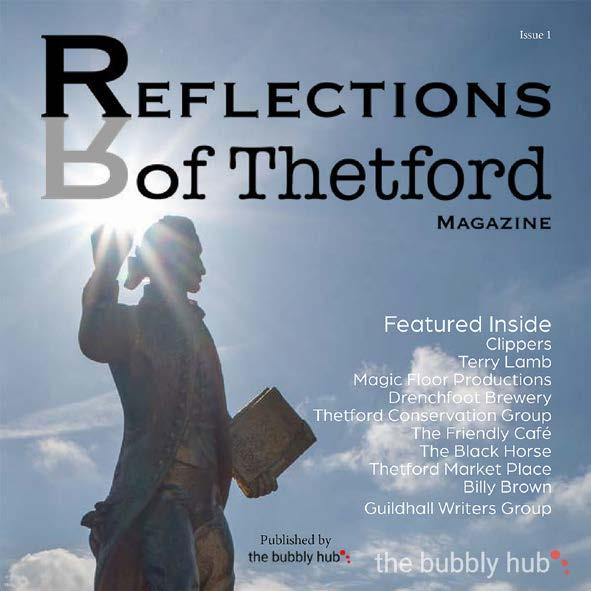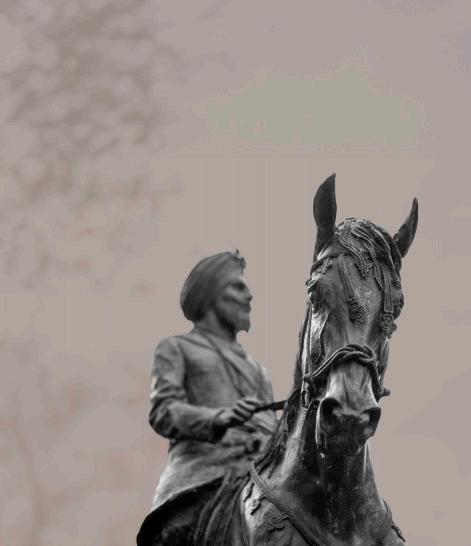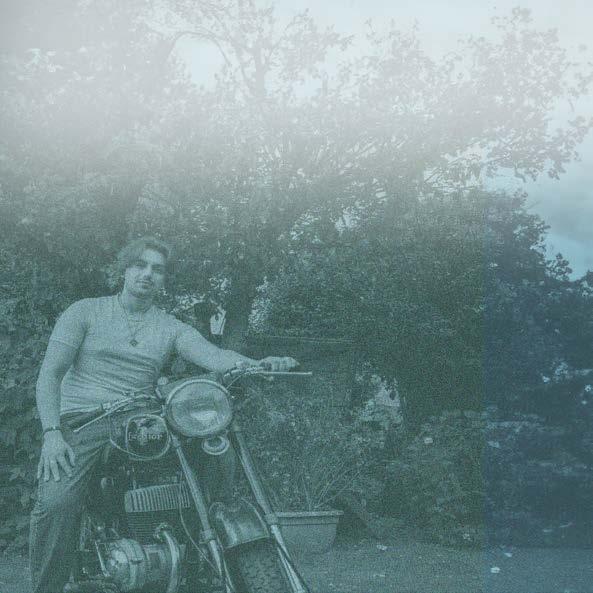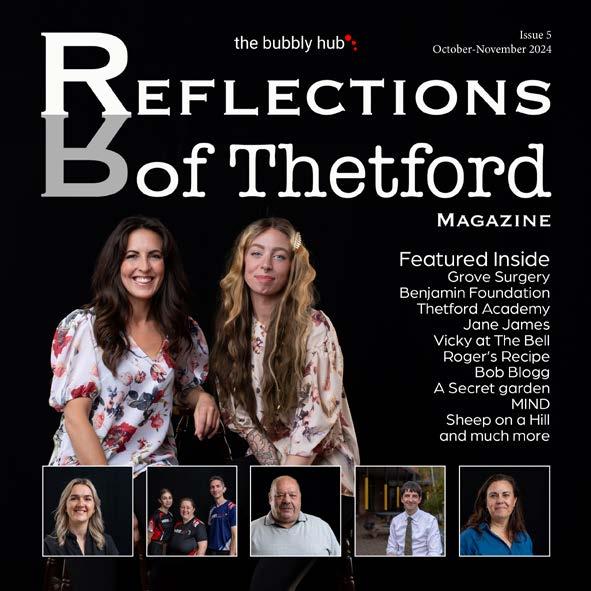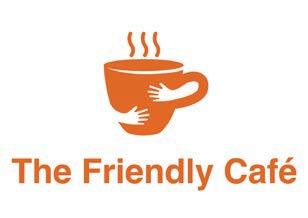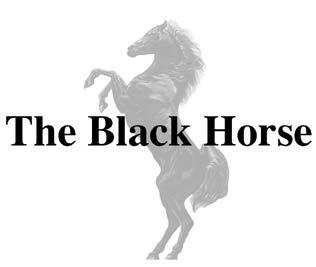

December 2024-January 2025

Featured Inside MooMoo’s Piercing Christmas Remembered Magpye
East Anglian Kickboxing Academy Ryan Brown Puddin Bob Blogg Harmony Health Smart Skin Expert illuminations.ja Fashion Photoshoot and much more































December 2024-January 2025

Featured Inside MooMoo’s Piercing Christmas Remembered Magpye
East Anglian Kickboxing Academy Ryan Brown Puddin Bob Blogg Harmony Health Smart Skin Expert illuminations.ja Fashion Photoshoot and much more




























by Martin Angus (Editor)
Welcome to the last edition of 2024, the sixth edition, and our first full year publishing a magazine for Thetford, by Thetford. The feedback we are repeatedly getting from our readers and advertisers, is that at last, the town has a magazine that it can be proud of and which truly reflects the amazing people, doing amazing things in this town.
Our aim is not to take credit for the deeds of the good folk of Thetford, but to offer a platform for them to shout about what they are doing, and to support collaboration and team work. This philosophy includes our sister project ‘The Bubbly Hub What’s On and Events listing’, which is rapidly becoming the go to for anyone wanting to know what is going on in this town.
Working tirelessly behind the scenes has been the amazing Thetford Guildhall Writers Group, who between them have produced some incredible pieces, each writer having their unique style of writing giving the magazine variety, making it the amazing read (Reader’s Feedback) we set out to create for our readers.
Our fashion shoot this edition was on location at The Mulberry, courtesy of the lovely Karen, along with 4 local models, with clothing and jewellery from the illuminations.ja collection. The eagle eyed amongst you may even see a local celebrity 5th model making an appearance in one of the photographs.
November saw the launch of the Thetford Business Awards 2025, so if you are a Thetford business and haven’t shared the link on your business profile yet, please do so as the nominating has been fast and furious, with the number of nominations exceeding last years total in just one week.
We hope you enjoy this month’s edition, there are some great stories from businesses, sports clubs, musicians, individuals, social club owners, and for the first time we are sharing some of the wonderful ‘Letters to the Editor’.
As always, we value our reader’s opinions on what we are doing, so please keep the feedback coming in, and we will strive to make Thetford’s square magazine, ‘Reflections of Thetford’, even better for you the reader!
©Reflections of Thetford is published by The Bubbly Hub. All rights reserved. 2024/2025 Whilst every care is taken, the publisher accepts no responsibility for loss or damage resulting from the contents of this publication, as well as being unable to guarantee the accuracy of contributions supplied as editorial, images or advertisements. No part of this publication may be reproduced, copied or transmitted in any form or by any means or stored in any information storage or retrieval system without the publishers written permission.


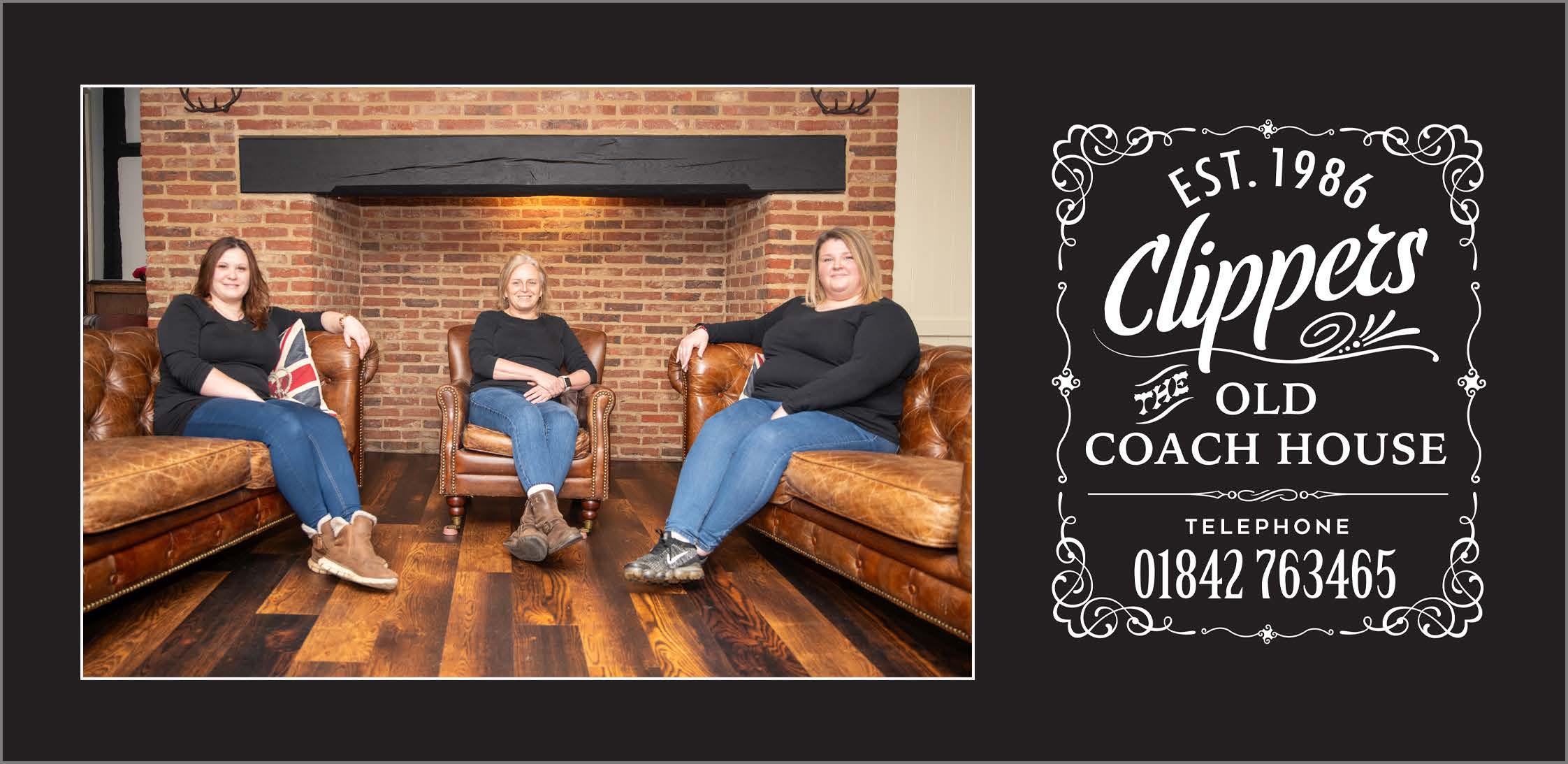

Making Holes - Carri Vendy A Lot to Unpack? -
The Medusa Project - Bob Blogg Look to! - Max Thomson My Journey so far - Ryan Brown
Earth Themed Photoshoot - illuminations.ja
Thetford Ex Service Club - Stuart McDonald Let Them Eat Cake! - Puddin The Story of Lily - Breckland Cat Protection A Winter Walk - Stephanie Taking Flight - Magpye
Witchcraft Project Coming to Town- Allie Crewe
Business Focus - Smart Skin Expert
- Memories Thetford
- Tom Walker
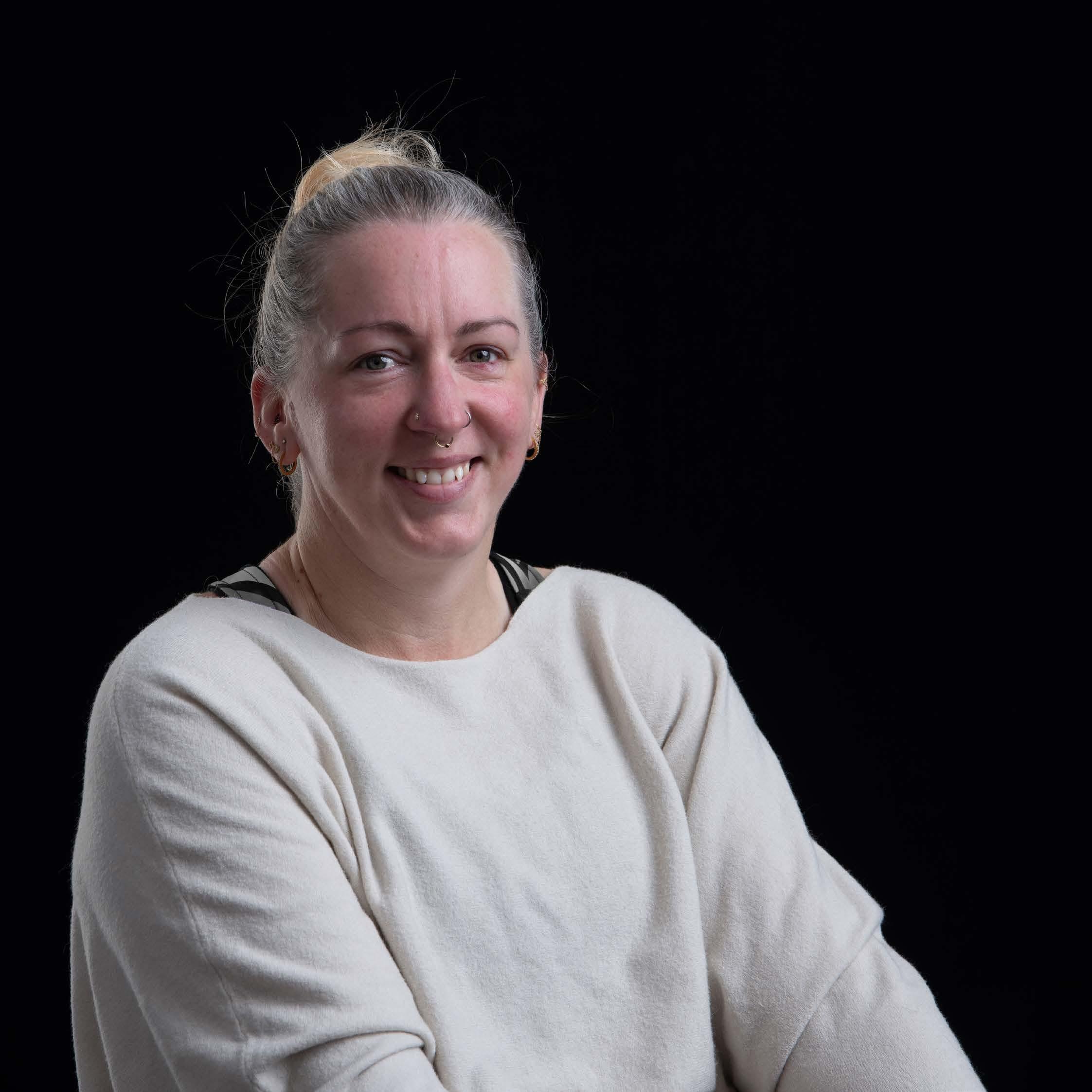
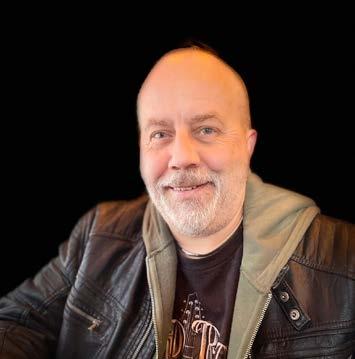
Written by Andy Greenhouse
There are those that would say Carri Vendy makes holes in people and while, strictly speaking, it’s true, I much prefer Carri’s own description of herself, which is that she makes people sparkle.
I was of course, sitting with the lady behind Thetford’s latest entrepreneurial experience, MooMoo’s Piercings in Bridge Street, which opened its doors a few weeks ago.
On walking in, you’re met with a palpable sense of calm, comfort and clinical cleanness, not to mention the warmth and welcome that exudes from the owner.
The premises, amongst previous incarnations, has been a charity shop and a beauty salon. Now however, as I was duly educated, it’s a ‘studio’, or a Piercing Studio to be precise, and the transformation

is amazing. I never did visit the place in its days of being a beauty salon but do remember the dusty little charity shop that used to be there before, and what Carri has created since then has become a glittering showcase for hygiene and is something of a cross between a jewellery display and an operating theatre.
The reception room of the studio is brightly lit with a nicely contrasting décor. A plain wall faces you, adorned with Carri’s numerous hygiene and qualification certificates, and off to one side is flowered wallpaper on the wall against which the display cabinets sit full of all manner of jewellery items with which to make people sparkle. Studs and pins and bars and rings, they’re all there twinkling away, waiting their turn to adorn someone.
The furniture, a high back chair and sofa bench, is comfortable with tastefully loud upholstery and sits on

a shiny wooden floor.
And then you’re through to the place where the magic happens, where a large spotlight shines down onto the white leather adjustable couch that you can lay or sit on whilst being pierced. There’s all kinds of equipment, containers and gadgetry set out, and with its cream tiled floor and wooden walls, the sense of professionalism and cleanliness is all around.
Carri introduced herself with a beaming smile and a firm handshake and we were soon chatting. Top of my list of questions, which I’m sure many are burning to know the answer to, was why is it called MooMoo’s? And the answer is… drum roll… a combination of things as it turns out. Perhaps the most obvious part is that Carri’s favourite animal is a cow, or to be more precise, the fluffy highland type with the horns… and the fluffier the better! It’s also a nod to her daughter Millie, although like most people her given name is only used when she’s naughty, but her pet name is Moo… and also, a friend in Essex who has a business with a similar name. But whichever way you look at it, MooMoo’s Piercing is quite a unique name and one that certainly makes your ears prick up when you hear it!
Originally from Colchester, Carri joined the Royal Navy at age 17 to become a Weapons Engineer. This career was sadly cut short when she was given a medical discharge and as that door closed, others opened and by 2003 she was happily married with their first child on the way.
There followed several years of homely life living in and around the Cambridge area until about 2016 when the family moved to Thetford. And it was a couple of years later when the stars fully aligned and Carri finally started training to pierce, although at this point it was purely as a hobby, but the foundations
were being put in place.
She soon realised, after numerous piercings of her own, that her body was rather bad at healing and it was from this that the provision of first-class aftercare became one of her driving forces, which her clientele to this day, are very appreciative of.
By 2022 she made the decision to quit her full-time job and began juggling family life, finishing her Degree in Human Health and Nutrition, and taking on piercing appointments in her home. And then, in early October of this year, all the training, sacrifice and hard work finally came to fruition and MooMoo’s came to the high street.
By its very nature, the actual act of piercing is quite a short process, but one of Carri’s hallmarks is that for every appointment she will always have a 5 to10 minute consultation with clients before proceeding. Her idea of aftercare starts before the piercing, as it’s important to make sure that this is really what the client wants. The mental health issues of today can have both physical and emotional consequences and for Carri, care of the body is of paramount importance.
This mantra is also manifest with the jewellery that she offers. You won’t find any steel or low-quality gold on her premises. She only offers high quality, implantgrade titanium, or gold items with a minimum of 14 carats, and would refuse to use anything else because of the health dangers of the impurities within those products. And in the same respect, she is very careful to ensure that the jewellery item a client chooses is actually the right piece for that particular piercing. That 20mm hoop might look absolutely gorgeous but really what you need right now is this very sensible 10mm stud! People need to sparkle, but all in good time and when the time is right!



This is also borne out by the equipment she uses. While Carri will happily pierce any one of any age over four years old, with obvious parental consent and presence for anyone under sixteen, she will only ever use a needle. She eschews the use of a gun, or to give it it’s official name, a piercing cartridge, due to the blunt force trauma it can deliver to the more fragile parts of the body such as the parts of the ear that have easily damaged cartilage just under the skin. The ‘guns’ are typically not totally sterile and being notoriously difficult to keep clean, can play host to a wide range of unhygienic matter!
I went on to ask her if there was anything that she considered to be unique about what MooMoo’s could offer, that made it different to other establishments in the same line of work, and after a moment of ponderance she delivered what can only be described as the obvious answer, “Me!” And she went on to describe herself, her caring approach and her welcoming warmth and ended up with the declaration, “It’s the mum in me!”
It wasn’t difficult to see the truth in these words for when describing her clientele, especially when she spoke about her love of taking extra care of youngsters when they came in for their ears to be pierced, that her MooMoo mumsiness really shone through.
Describing how emotional it could be for the kids, and for her, she deemed it a privilege to be the one offering them this service and always went out of her way to put them in control of the situation, from describing to them exactly what the process entails to asking their permission to proceed at every step to ensure that they were giving their consent to her every action.
This then led Carri to recall many of the various
reactions she had experienced from satisfied customers, both young and old, of expletives expelled at the precise moment of excruciating, but fleeting, pain; the screaming, the shock, the sickness, but also the jumps of joy and hugs of happiness, and she’s embraced it all, for this, this is what embodies MooMoo’s Piercing. Because it’s not just another needle prick… whether it’s an earring, a bridging bar, a daith, conch, rook, helix, septum, nipples, tragus, bellybutton, tongue, or any body part you can imagine, you name it, Carri’s pierced it and she will continue to do so with the utmost professionalism and have your best interests at heart.
As we approached the end of our chat, the conversation turned serious, and we briefly talked about Thetford and the current economical climate. Was opening a studio at this time a wise move? The topic of Thetford town centre’s decline is a well discussed subject wherever you go, with the retail sector suffering badly for one reason or another. It seems to be the ‘aesthetic’ sector that is rising to the fore, with hair salons, barber shops, tattoo parlours, nail bars, beauty salons all popping up everywhere and it’s into this niche that Carri’s venture fits quite nicely.
Another feared nail in Thetford’s coffin is the looming catastrophe that will be Car parking charges in the town. While the ‘out of town’ retail parks will continue to enjoy free parking, the impact on the town centre footfall is likely to be dramatic and Carri is not alone in voicing her opinion that Breckland Council should seriously reconsider any such plans.
Not wishing to end on a sombre note, I asked Carri to sum up what MooMoo’s was all about and, like a switch had been flicked, she was all smiles again, reiterating that here was a safe and welcoming place where anybody is welcome. To those unsure of the
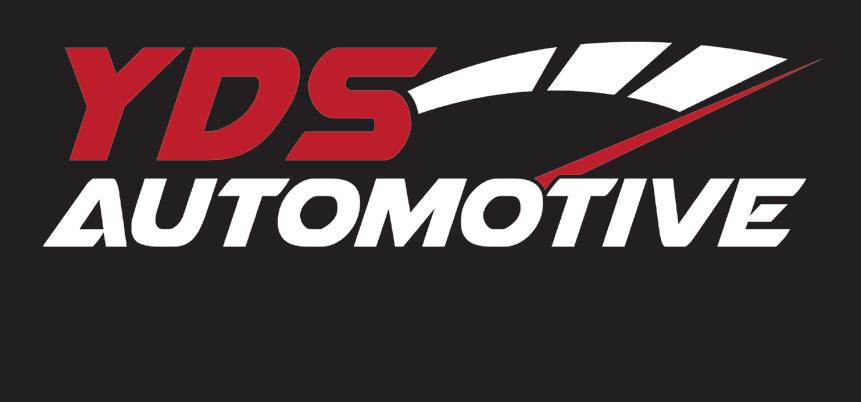


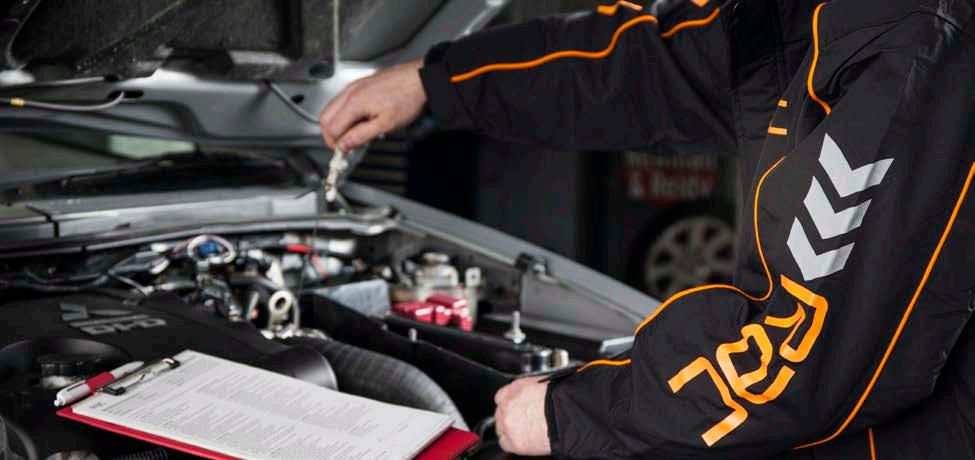

nature of the process she explained how it was not a scary experience and yes, there is pain, but it’s a split second and then it’s gone. She urges people who are considering it to just do it, to empower themself and ignore the opinions of others.
And in closing, I asked if there were any ambitions, or what the future might hold, for the business. So she told me the story, of what happened a few weeks ago, of when she asked a group of her friends to meet for a drink over the road at the Bell Hotel. When they started asking what it was all about, she produced a bunch of keys and waved them around, pointing over to the shop, sorry, studio… that was the beginning, and her vision for the future is to have a whole herd of MooMoo’s across the land! So, grab a needle, a MooMoo franchise may be just the thing for you!
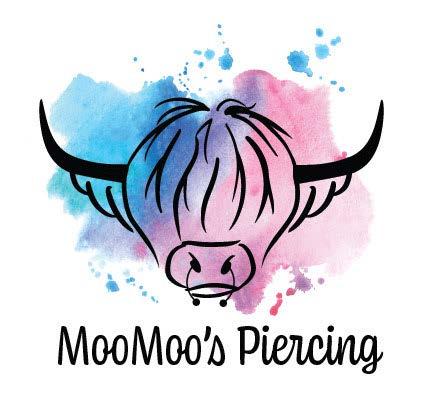
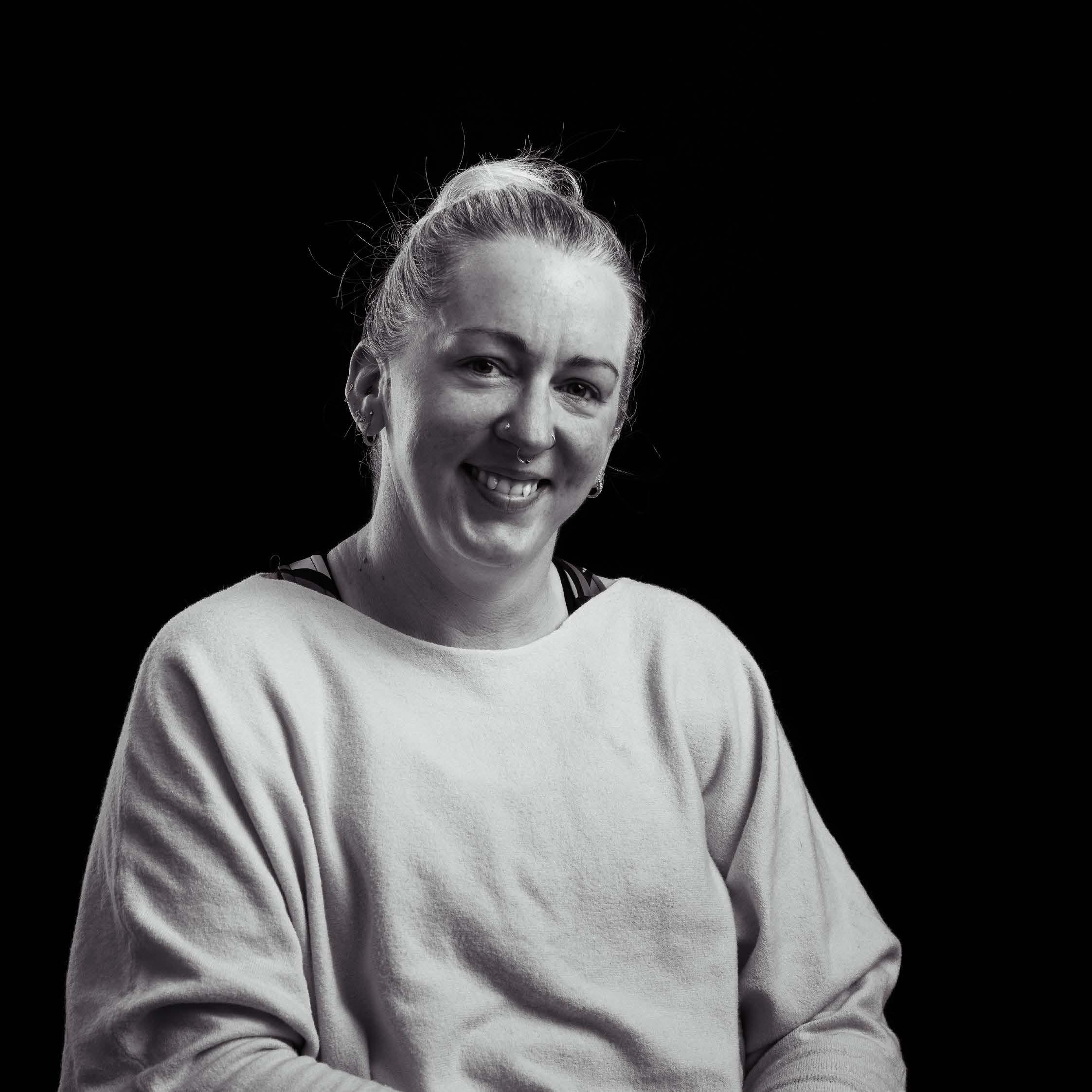
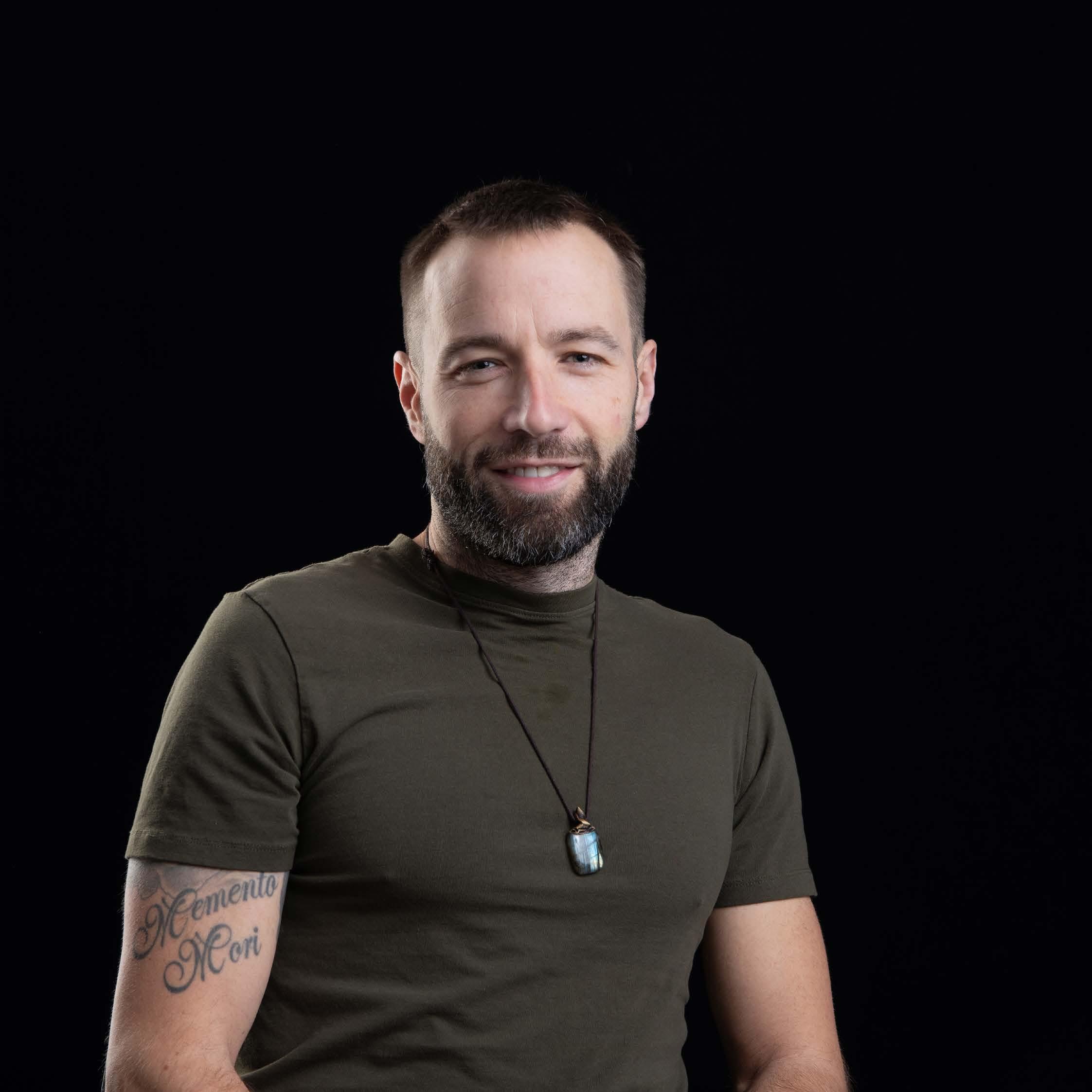
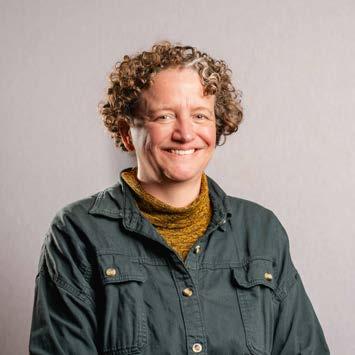
Written by Joanne Lock
Thetford’s newest coffee shop has been open for just over three months now and you may ask why someone has chosen to open one when Thetford already has several others. The answer to this question is simple, Harmony Health is bringing something completely different and not seen before in the town to Thetford.
Usually the saying that good things come in small packages applies to jewellery, in this case I can’t think of a better way to describe the bijou coffee shop and store that Harmony Health has created in The Shambles, on The Market Square.
I spent a morning with the team consisting of owner Jamie, colleagues Amy and Ruby to find out what had inspired Jamie to open the shop and about all that it has to offer and that’s a lot. Amy wasn’t working that day and as I entered the shop I was

greeted with a lovely, warm welcome from Ruby and an equally warm welcome from Jamie when he arrived a few moments later.
As I stood waiting for Jamie it was apparent that even after only three months in business there were already regulars as Ruby greeted a man and his dog by name and asked him if he wanted his usual, this is somewhere that has the personal touch and enjoys seeing and chatting with the community.
I was curious to find out what had led Jamie to this new venture in Thetford and why he is so passionate about what he does.
Jamie is the person he is today because of the strong parenting influence of his mother, auntie and nan. Jamie was bullied at school and because of this faced some challenges with his mental health.
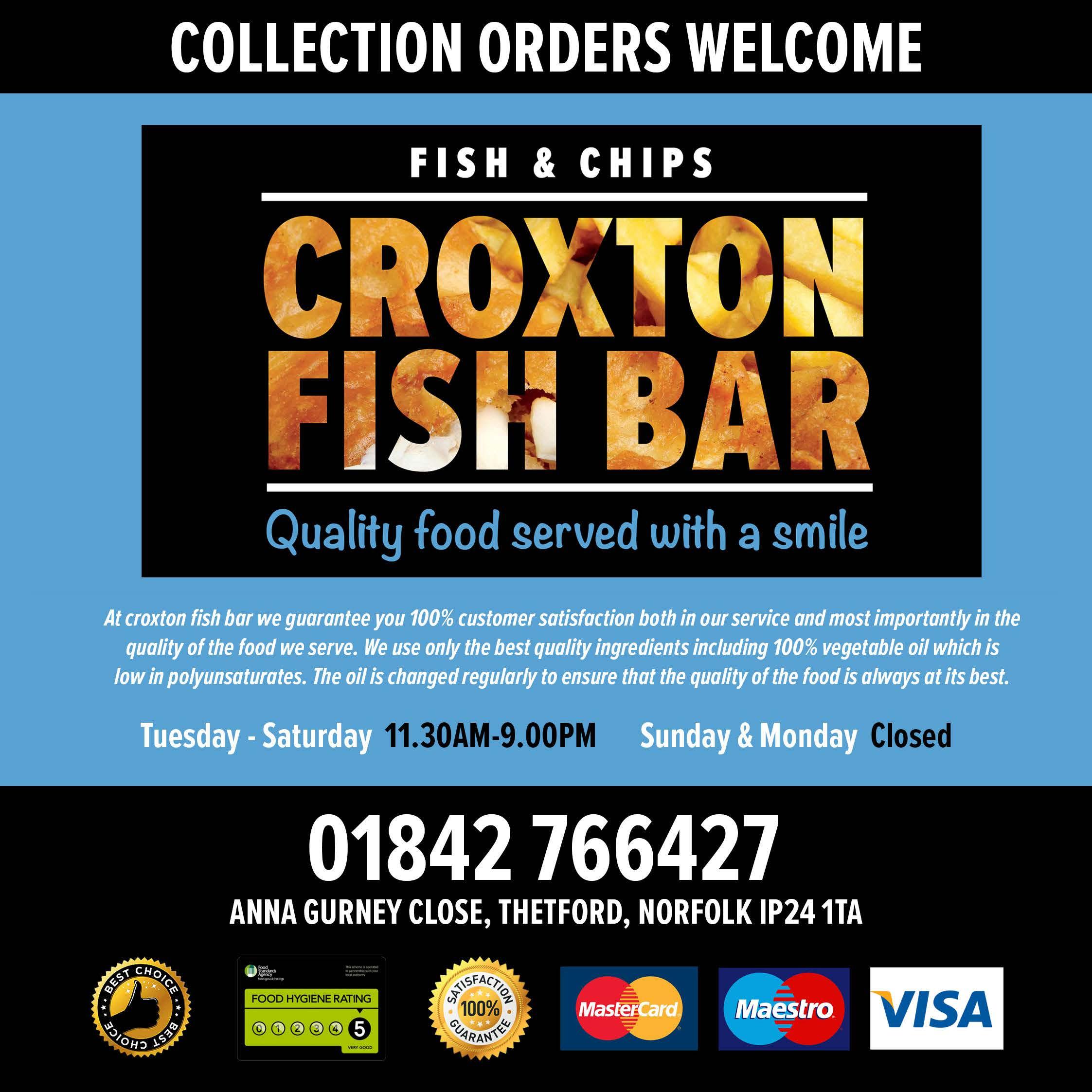
The turning point for Jamie was leaving school at the age of 12, he didn’t fit in and the bullying had become too much to bear. Jamie embraced his difference and turned it into a positive, he was entrepreneurial and while his peers were at their school desks, Jamie was out and about and had carved out a living for himself doing odd jobs, like mowing grass for people in his local community.
After leaving school early and proving to himself that he had been strong enough to make it on his own through his own merits, Jamie’s self esteem and confidence had received a boost and so had his bank balance, which allowed him to leave home at 18 to go travelling.
Jamie went backpacking around Australia and Asia and when he did eventually arrive home, his travels had left him with so much more than his backpack to unpack.
In parts of Asia he noticed that people seemed happier even though they were poorer and Jamie thought that it was due to being grateful for the little that they had, rather than focussing on what they didn’t have. Living with less material possessions seemed to be one pathway to happiness.
Another thing that Jamie observed was that access to the traditional centuries old Chinese medicine was readily available on the street with many different places offering acupuncture and herbal remedies.
Born out of anxiety and an anxiety to be healthy, Jamie became an avid researcher and reader about wellness, as one thing leads to another he was constantly in a rabbit hole, particularly ones involving centuries old traditional Indian and



MOTOR ENGINEERS
Servicing
MOTs
Exhausts
Brakes
Diagnostics
Steering, Suspension and Shock Absorbers
Unit 2, Millers Lane, Thetford, IP24 1AP
01842 755398
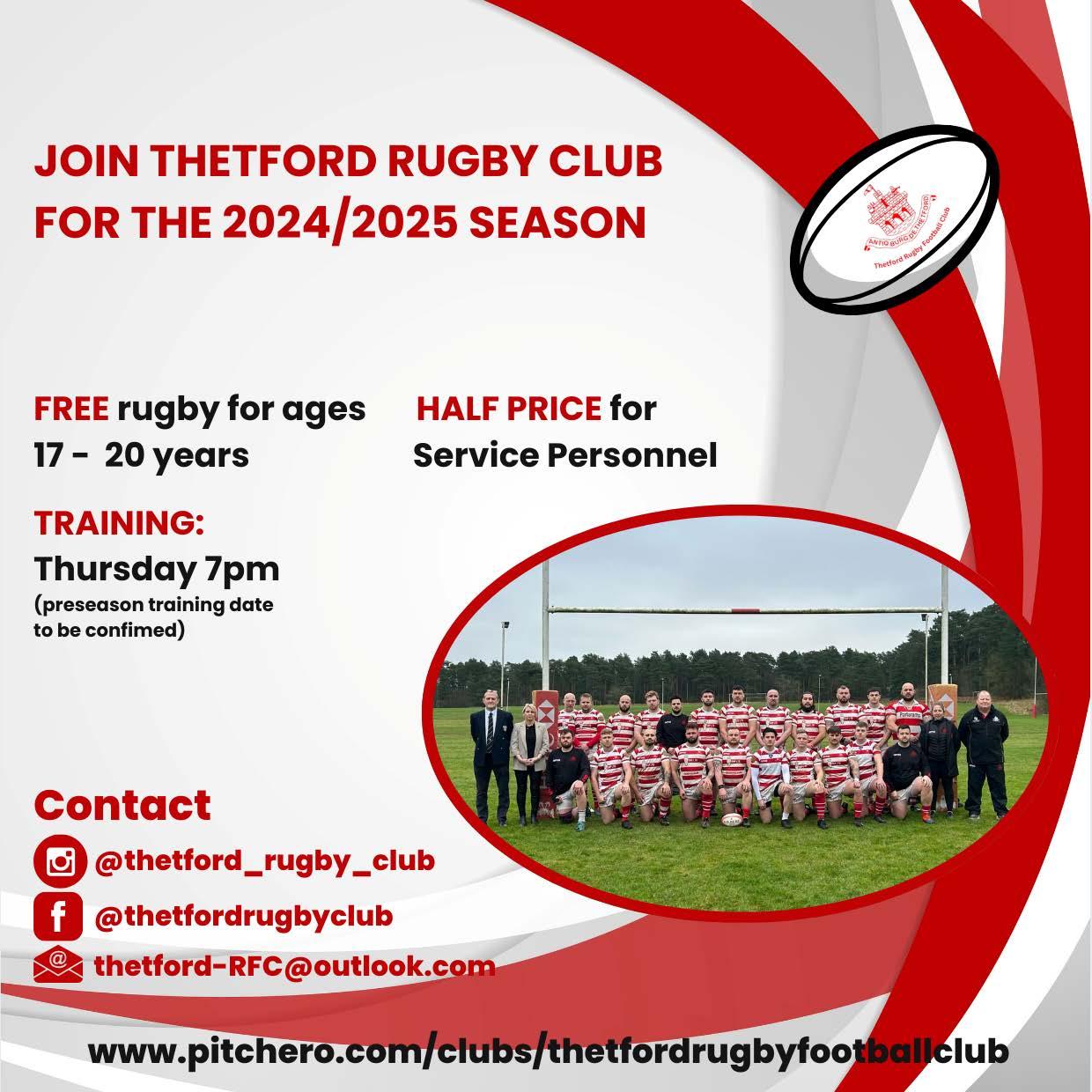
Chinese medicine which is one that is continuously backed by scientific research today. Jamie went on courses and qualified as both a personal trainer and a nutritionist. As part of his own research and health and fitness regime Jamie would also test supplements and herbs on his own body to learn what was effective and beneficial.
After holding down a few jobs and working as a firefighter for 15 years, Jamie decided to go into business.
Eight years ago Jamie and his business partner were early adopters when they launched cbDNA. co.uk and became knowledgeable and trusted suppliers of legal and licensed CBD oils in the UK. At this time CBD was heavily restricted and was largely unknown to consumers.
Over the years the restrictions around CBD have fluctuated, they started off tight, were loosened and Jamie who keeps his finger on the pulse says that it is anticipated that they are about to be tightened again around the areas of licensing and daily dosage. This is because tests have shown that CBD has proven to be medically beneficial in animals and it’s likely that trials in humans will now follow which will result in a further tightening of CBD restrictions.
In anticipation of any future tightening of CBD restrictions Jamie and his business partner diversified and launched Ancient Extracts specialising in the highest quality, pure and organic mushroom extracts.
Expanding their offer has led to the opening of the coffee shop. It’s likely that the coffee shop would be more lucrative on a high street in Cambridge or Bury St Edmunds where stores like Harmony Health are more commonplace. Thetford is Jamie’s home
town and inspired by his travels to Asia he wanted to create a wellbeing store and to bring something different to Thetford’s high street.
The Ancient Extract website has made this possible and allows Jamie to focus on his passion for helping others in his own community, rather than starting something where the main motivation is because it’s lucrative and will turn a profit and that’s refreshing.
Talking about refreshing, here’s what’s on offer at Harmony Health.
On the menu is a full range of coffee, including iced drinks, tea, ceremonial grade matcha, health shots and cacao which is chocolate in its purest form. Everything here has been sourced with attention and care, for its quality. It is completely organic, ethical and pesticide free including the milk. While I was there I had a latte which was delicious.
There are many websites selling mushroom powders of varying quality, costs also vary but generally seem to retail around £30. This is a significant amount to pay for something when you’re unsure if it will help you or not.
You may be a person who likes to treat themselves to a tea or coffee from a cafe while you are out and about, at Harmony Health all the drinks are reasonably priced and added extracts are offered for free, this enables you to try something and if you find an extract that works for you it can be bought from the store where they have all the products on the shelves in the store.
Modern life can be hectic, stressful and full of worries around aspects such as the cost of living crisis and as most of us are surrounded by all the tech in our lives it’s hard to switch off or we are


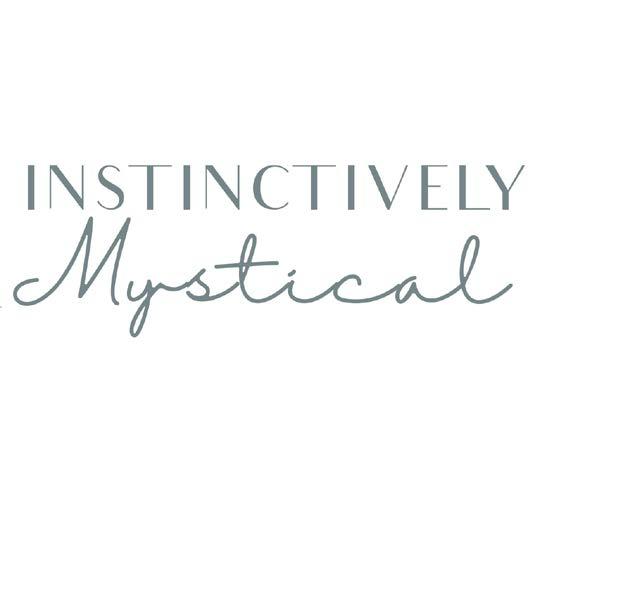
01842 683292
2 Bridge Street, Thetford, IP24 3AA instinctively_mystical@yahoo.com www.instinctivelymystical.co.uk

comparing ourselves and feeling that we fall short to those who post about perfect or full lives on social media.
The most common issues that the team at Harmony Health are seeing are related to focus, concentration, brain fog, low energy, anxiety, sleep and digestion. A full range of extracts including Lions Mane, Cordyceps and Reishi are in stock to use at home or as an addition to your coffee at the cafe.
In addition to the cafe and store, Harmony Health also offers food sensitivity testing.
Jamie strives to sell products in their purest form where nothing unnecessary is added which is why the products on the shelves at Harmony Health are all powders and not in capsule form and Jamie doesn’t sell anything that he hasn’t tried himself.
Who is Harmony Health for? The answer is simple: it’s for everybody. Jamie hopes that the coffee shop will be a hub for the community where people can turn to as a source for immediate help and advice on wellbeing or just somewhere to pop into for a chat with the team who are super friendly and helpful.
It’s already attracting regulars amongst other helpers and healers who drop their leaflets to the shop while they are there, so dropping in for a coffee is also a good way to find out about other wellbeing activities and services in the area.
Jamie and his team at Harmony Health believe that ‘health is wealth’, when you feel good, you’re motivated and you have the motivation and energy to help yourself and others. So why not pop in for a chat and see how Jamie and his team can support you to be the best you can be.
by Martin Angus
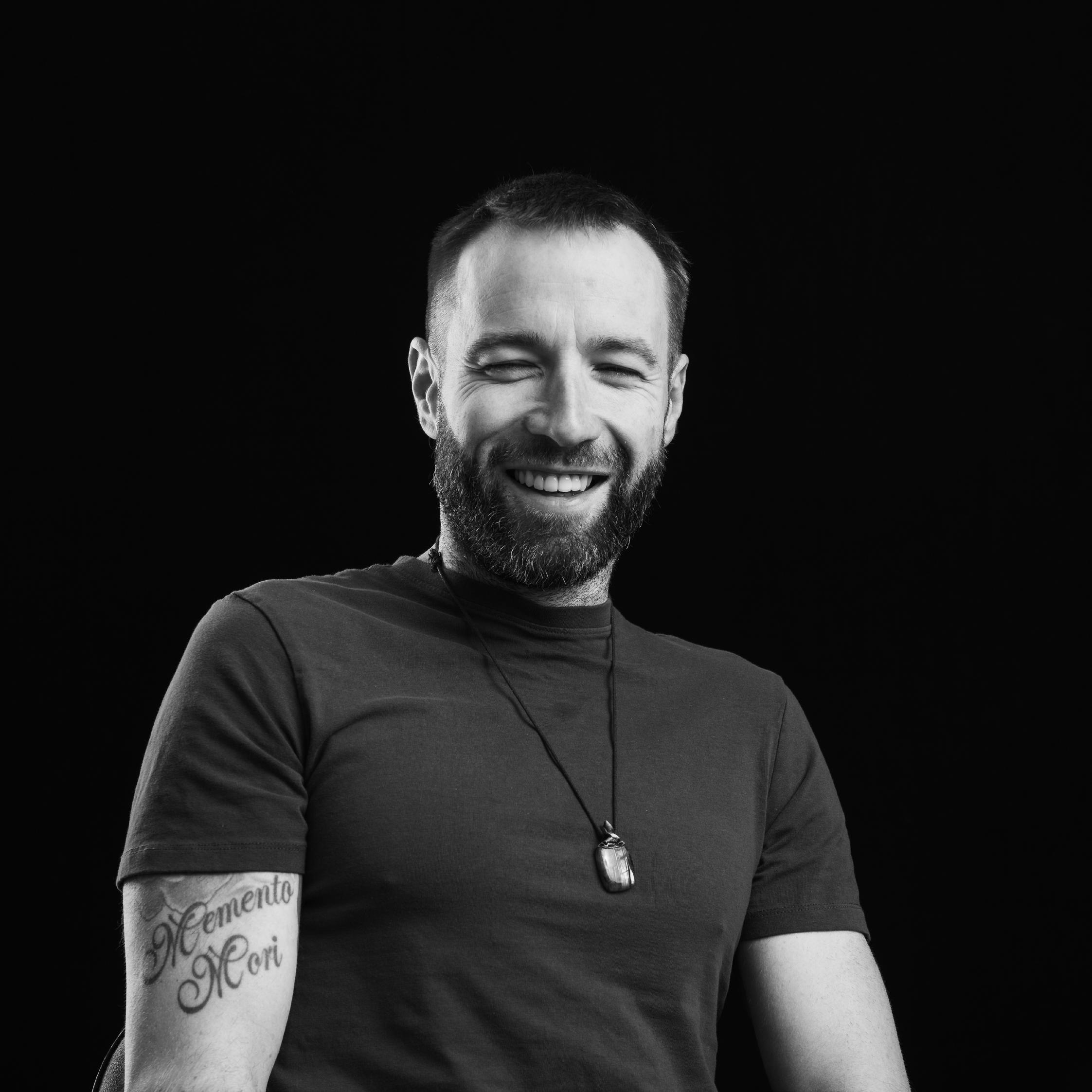
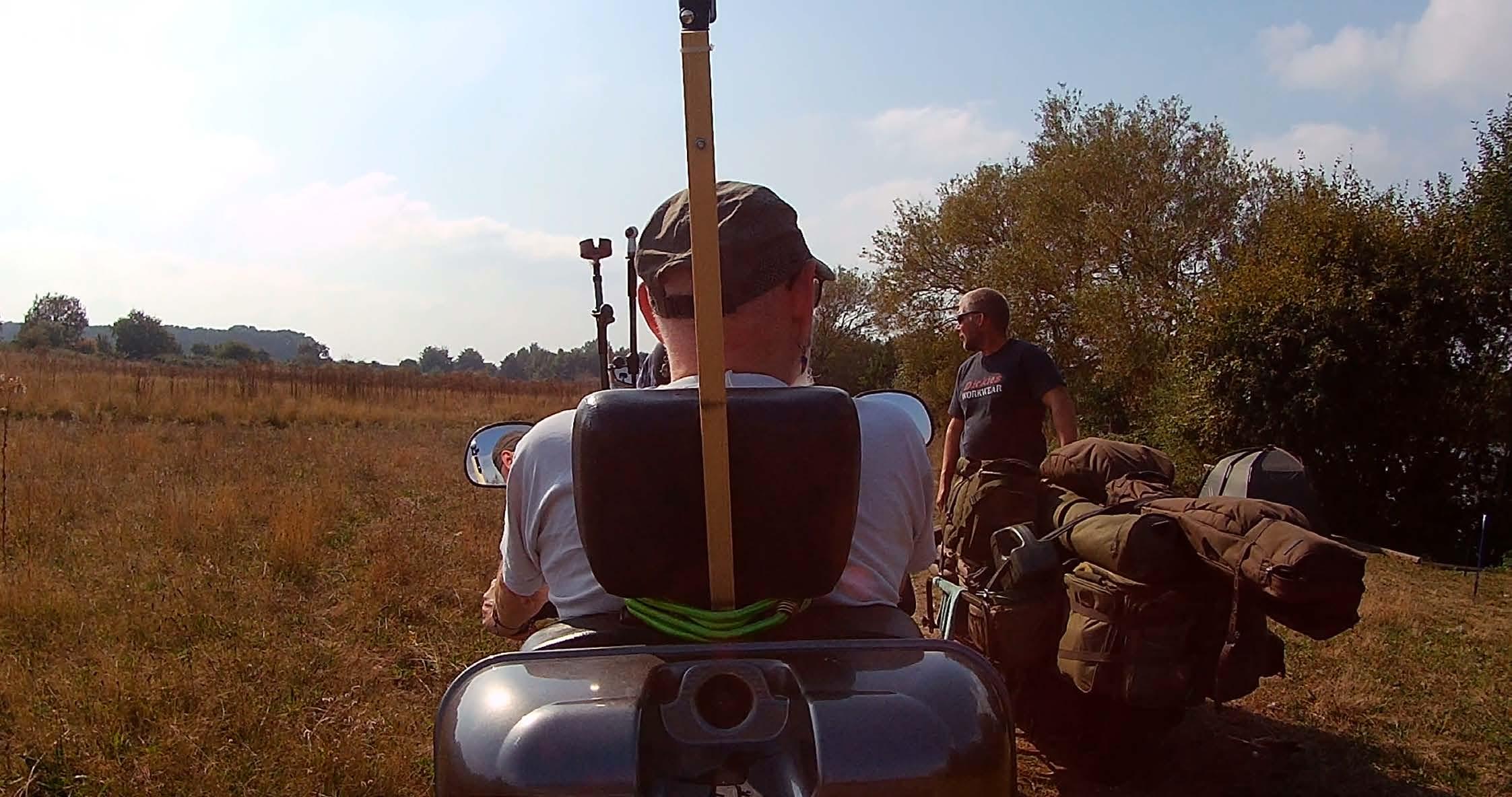

by
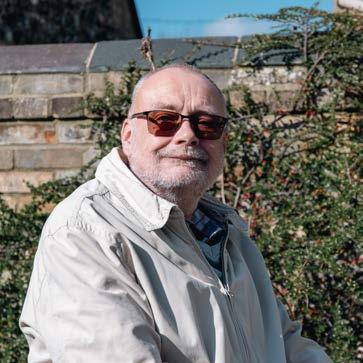
Written by Bob Blogg
Firstly: Rolling Along the River Ep. 3
Well. What can I say? My pet project came to an end in a blaze of glory. Actually, it was really more like a stuttering candle in a gale force wind – but it was a great fun ride.
For the final episode from the top of Spring Walk at Nuns’ Bridges to the Nunnery Lakes Reserve, I had two friends with me. Adrian on his TGA Breeze mobility scooter, called Breezy funnily enough, and Peter on his Raleigh Mirage classic bicycle which is purple, although Peter often calls it a lot of other things!
It is a journey that I suggest everyone should do at least once, regardless of their mobility. The views are stunning and the lakes are barely a mile as the crow flies from the market square in Thetford.
You can walk it, cycle it, scooter it or drive it.
The route we took via the BTO and along Nunnery

Place is just about a mile and we went through the gate at the end, which is the way cars go after having come in via the A1088 entrance.
If you’re able bodied, the walk through the kissing gates is even shorter so you have no excuse not to get off your fat behind and go exploring. In fact, if you have a road mobility scooter or a good pavement one, you have no excuse either. You can jump on it, stick a picnic between your legs, whizz up Nunnery Place and terrorise the wildlife.
If you’ve got a boot scooter or a wheelchair, don’t think you can just sit at home watching Springwatch or Autumnwatch on TV and thinking “shame I can’t get there”. You can.
Just grab someone with a car or hijack a taxi and go. Seriously, it is really worth it.
Phone Ronnie at the British Trust for Ornithology

(BTO) on 01842 750050 and arrange to pick up the keys before you go. He’s a lovely chap and will probably be the one who answers the phone. Also, the BTO are a charity and offer all sorts of opportunities to get involved with birds and wildlife. That’s another big plus.
The BTO’s a great and beautiful place, its offices encompass the old nunnery and chapel, but its approach is a bit gravelly so be careful on your scooters and wheelchairs when you go there.
Anyway, back to our journey. We left the Nuns’ Bridges, picked up the keys at the BTO and hit Nunnery Place with the attitude of ‘Thetford boy’s living it large!’
I was a happy bunny because I thought I now had a couple of friends with me so we could film the event properly for once with at least three different cameras, and we had extra sound. I wasn’t a happy bunny for long.
My camera fell over. Let me explain that a bit more. A better image is that it suddenly had a floppy neck.
Place (whatever scooter you’re on), and take the little turn that leads to the lakes and is car free, when my camera when flop for the first time! It went flop, I went *!*#^*&.
I straightened his neck up and tightened his bolts. Frankenstein would have been proud.
We were at the sign post that depicts the route to the Nunnery Lakes so we were more than ready to push on.
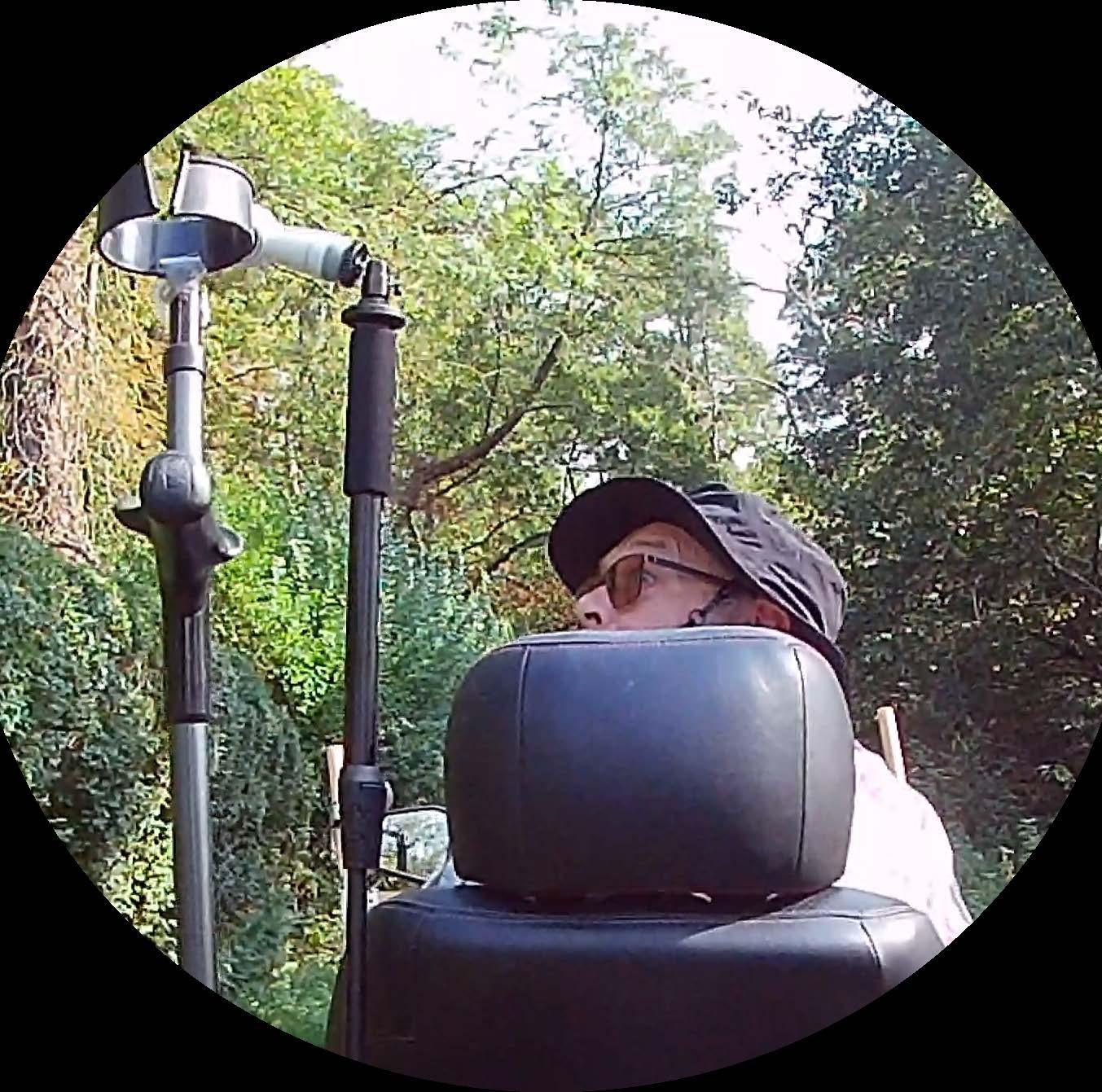
It is a lovely path and we wandered on.
We continued meandering down this path. Across bridges over the Little Ouse and a tributary, skirted the kissing gate that leads to the lakes for those on foot, passed the turn off to Arlington Way and then arrived at the Gate.
This is where Nunnery Place runs out and it meets the route that comes through the Shadwell Nunnery Stud from the A1088. This is a nice little drive too if you are in a car.
Moving on, we open the gate.
Imagine a giraffe, maybe called Gerald, after a heavy Saturday night on the savannah drinking countless gallons and chasing cows. He can’t keep his head up. That’s what happened to my camera.
It kept flopping over to one side or another, regardless of how much I tried to prevent it.
I was merrily saying how easy it is to get to Nunnery
Gerald had a wobbly just before we got there but we made it ‘head held high’ so to speak.
This is where I began to think things are going a bit wrong.
Adrian was sitting down contentedly and waffling away, Peter was posing happily on his bike, but...
We head off up the road. It’s not a bad one. It has

occasional nasty potholes, but a zig here or a zag there should get you through regardless of your scooter. It’s a lazy half/third/quarter mile from the gate to the lakes but there is a lot to see on the way.
As we approached the lakes, it was almost like arriving at the beach. The path turned quite sandy, and you could glimpse the water sparkling between the trees and bushes along the lakeside. It was a lovely moment.
We gathered together, and decided to go up a little grassy path alongside the second lake and then cross over towards the observation hide. I was looking for a good spot to launch my drone.
That’s when I noticed what had been bothering me about Peter’s bicycle. I realised the camera attached to his handlebars was pointing at his t-shirt. I didn’t know it then but later I discovered he had been filming a close up of his t-shirt more or less since we had left the BTO.
Also, because the camera was pointing at him, the microphone wasn’t, so that was the audio gone t*ts up too.
he didn’t really understand all the fishing jargon and just nodded along happily. Meanwhile, Gerald threw another couple of wobblies but I was ready for him by then.
Shortly after that we found a nice spot to sit and relax, and Drona took flight to capture some stunning aerial views of the lakes.
We then made our way home, setting up the Bambi Cam on the way just by the gate to the reserve. It was a lovely day out and it is right on your
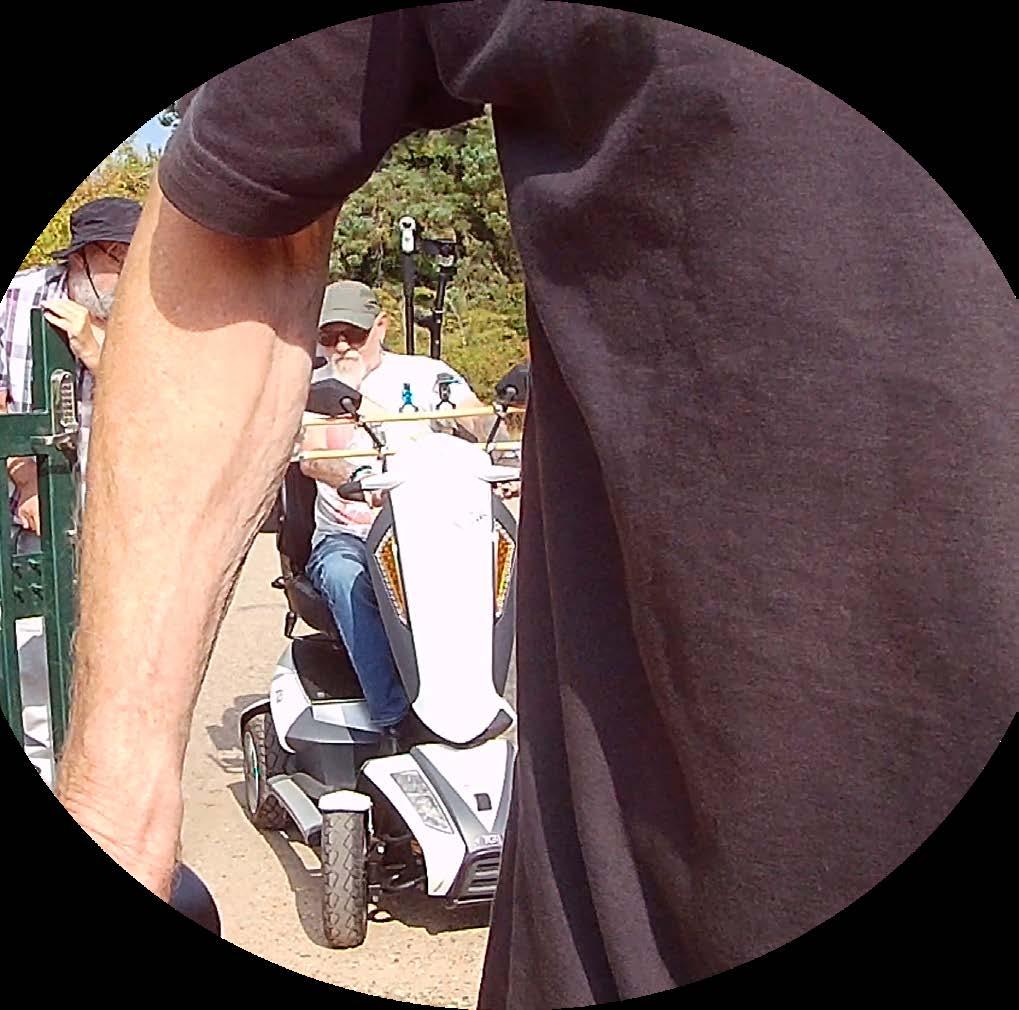
I got home feeling really destressed and happy, and I was ready to edit all the footage to share with you.
That’s when I discovered Peter’s t-shirt fetish, and that Adrian hadn’t pressed record on his camera and he forgot to save his audio before turning it off! The air turned blue.
*!%$%?^&*@#
Nevertheless, once I had calmed down, I realised that we did have some good footage, and Drona helped save the day.
You can watch all the fun here.
The good news is that I discovered this just before we met this amazing fisherman. He was pushing this huge barrow along loaded with all sorts of fishing paraphernalia and enough zippered cases and bags to make the average bag lady green with envy.
We left Peter having a good chat with him, although


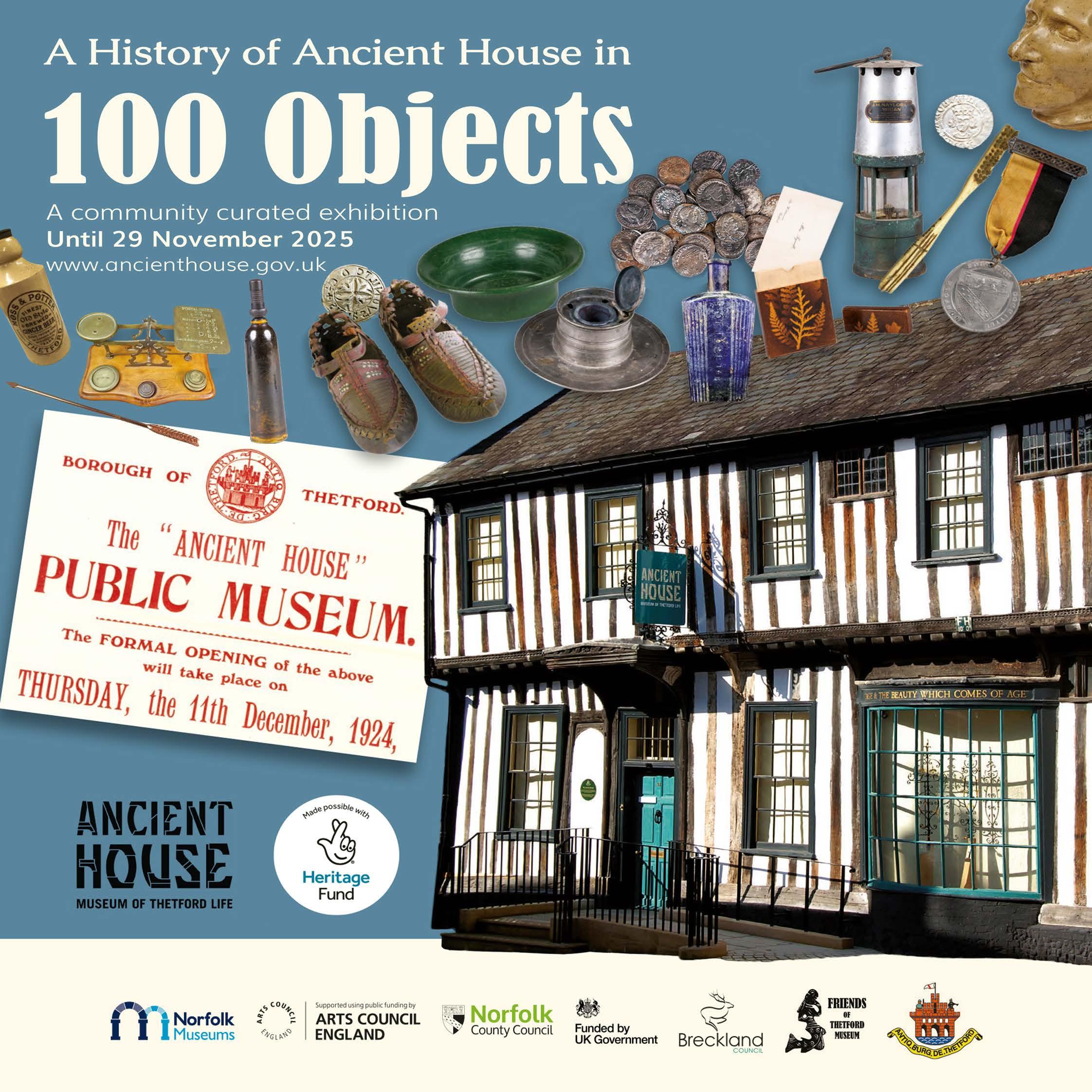
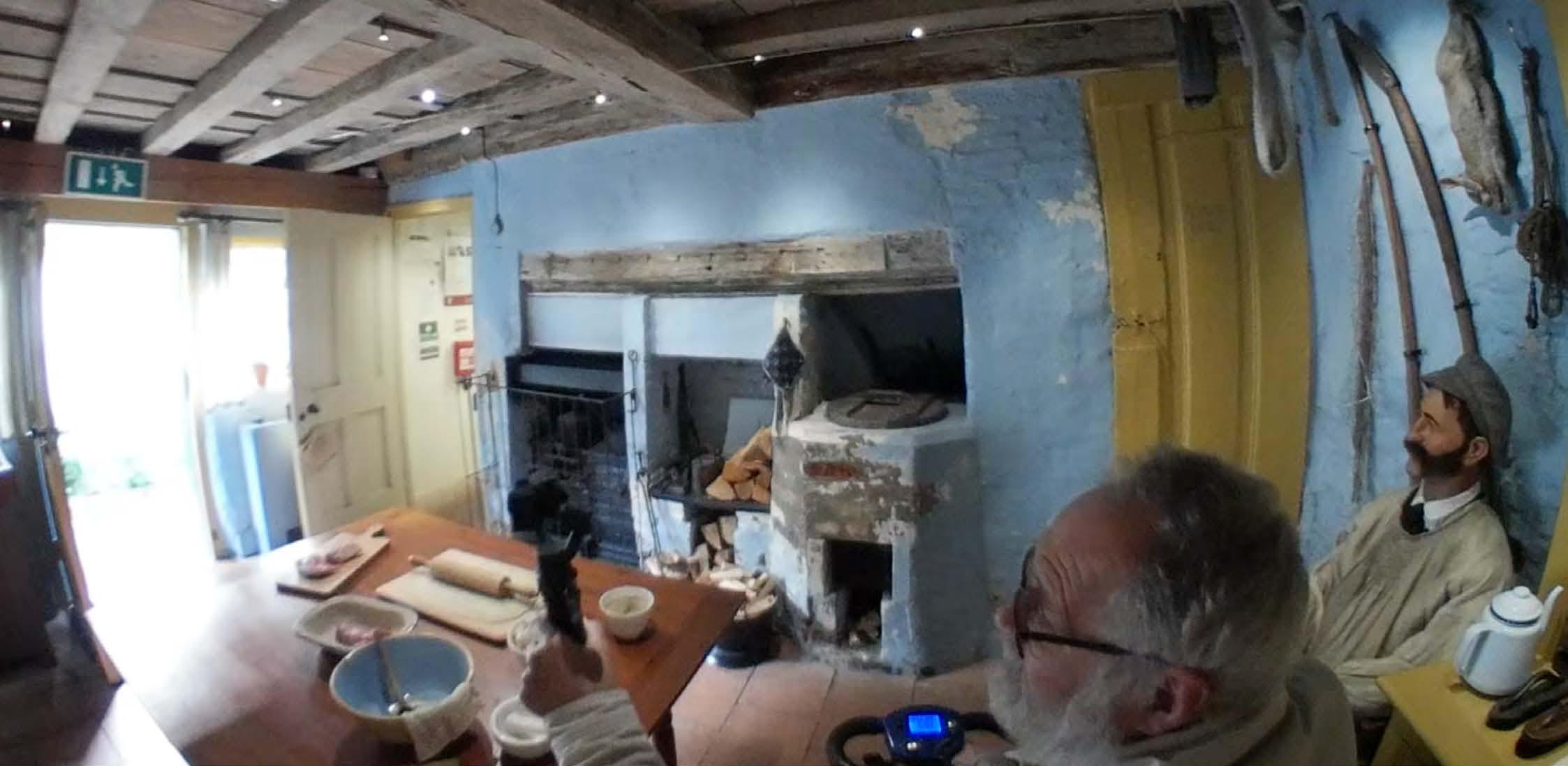
This was the museum that was missing from my set.
I had filmed around the Charles Burrell museum and the Dad’s Army museum quite a few months ago, but this museum was a bit slow in responding to my request to have a nose around on my little boot scooter, Tiglet.
They probably thought I was after a free pass. However, they have now responded very positively and last month, in October, I took Tiglet on a very enjoyable tour of the old house.
I thought it appropriate that I start off my film from the Statue of Duleep Singh on Butten Island. I then passed by the statue of Thomas Paine as I made my
way to the museum in Whitehart Street.
The first thing to note if you intend to visit it on your boot scooter or wheelchair is access to the pavement outside.
There are only 2 ramps onto this pavement. The first is way down Whitehart Street at the traffic lights diagonally across the road from the Bell Inn, the other one is right outside the ramped entrance to the museum but is very narrow because of the building work going on directly next-door to the museum.
I use the words ‘building work’ very generously. Basically, they have encased the neighbouring structure, which used to be the King’s Head pub,

in corrugated iron and then been on an extended holiday for about the last five years!
I gather there is a dispute going on now and I hope they resolve it soon because it really ruins the facade of a great historic house.
I used the narrow ramp in my film, but I leave you to judge which ramp is best for you.
Anyway, once you are on the pavement, you can just drive up to the entrance to Ancient House and an automatic door will magically open for you. I love this feature.
Once you are inside you will notice that the corridor is quite narrow and there are a few steps here and there to negotiate. The doorways are a bit tight and the stairs are very steep. But bear in mind the house is five hundred years old and removing these features to make it more mobility friendly would completely destroy the point of this wonderful house.
If you are careful you can navigate around with a little scooter or wheelchair, and if you have a stick you can certainly explore nearly everywhere. I even went halfway up the stairs just using my arms and my curiosity. If I had taken my stick with me, I would probably have made it all the way up, unfortunately, I had my camera in my stick hand at the time. This was doubly unfortunate as it mainly showed my baggy trousers as I manoeuvred my bottom back onto Tiglet!
I particularly liked the recreation of the kitchen from 1901. And I was absolutely fascinated by the stone coffin in the garden. Apparently someone broke into it in the 1970s and stole the bones, and now only a squirrel lives in it.
I can only assume that in the olden day’s pall bearers
were really, really strong!
I also found another stone coffin inside, and some intriguing busts. I meant to ask whose busts they were because I didn’t get close enough to read the details, but I didn’t think it was an appropriate subject to raise with the ladies in reception.
Anyway, it is well worth visiting and has lots to see that I haven’t even mentioned.
Ticket prices are £6 Adult, £5.80 Concession, Twilight £2 (1 hour before closing)
I think that is worth every penny. Twilight at £2 is a bargain but you would need more than one visit to see everything. It is worth giving them a call on 01842 752599 before visiting just to ensure that they haven’t got a huge bus load of excited kids causing havoc and pressing every button repeatedly with sugar coated fingers.
They are having a major change around of their displays over the next few months, so I will definitely be making another visit there next year. I recommend you do too.
Scan the QR code here and enjoy a quick armchair visit.

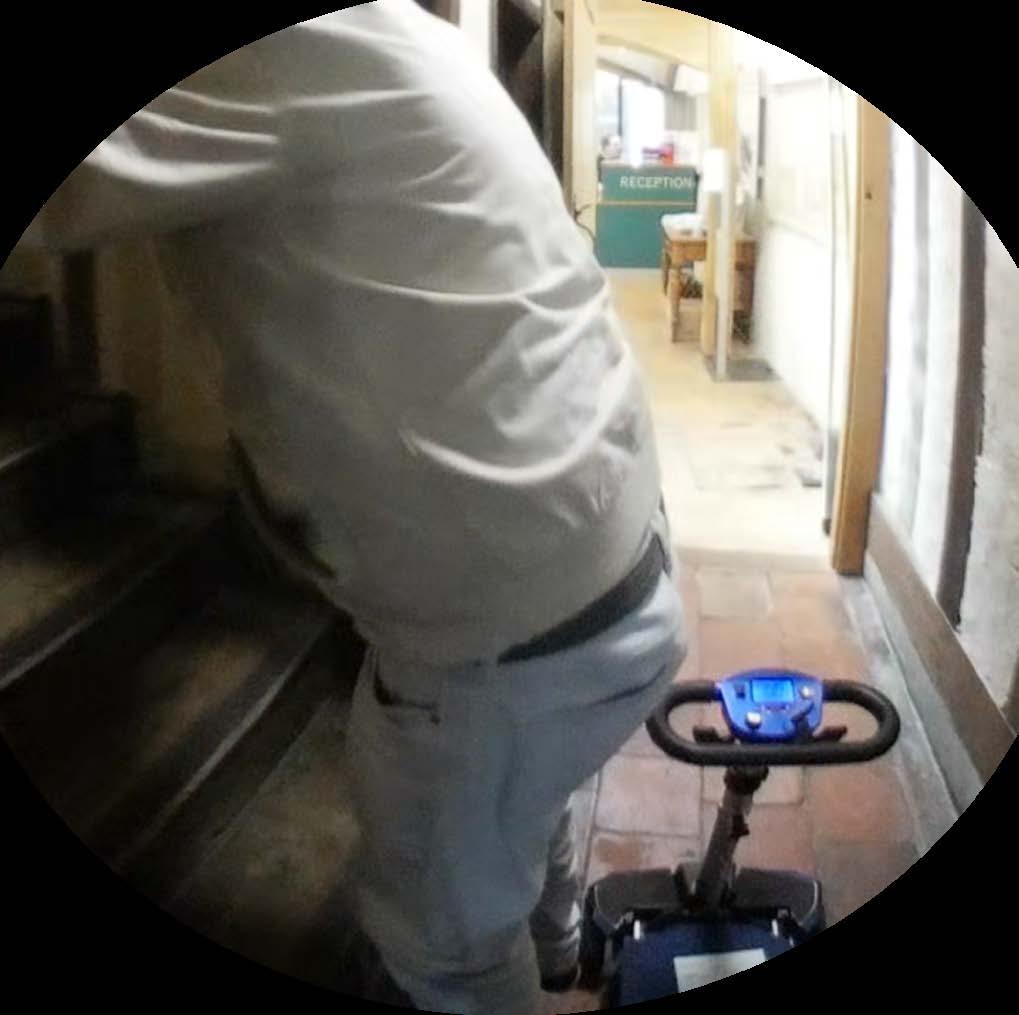
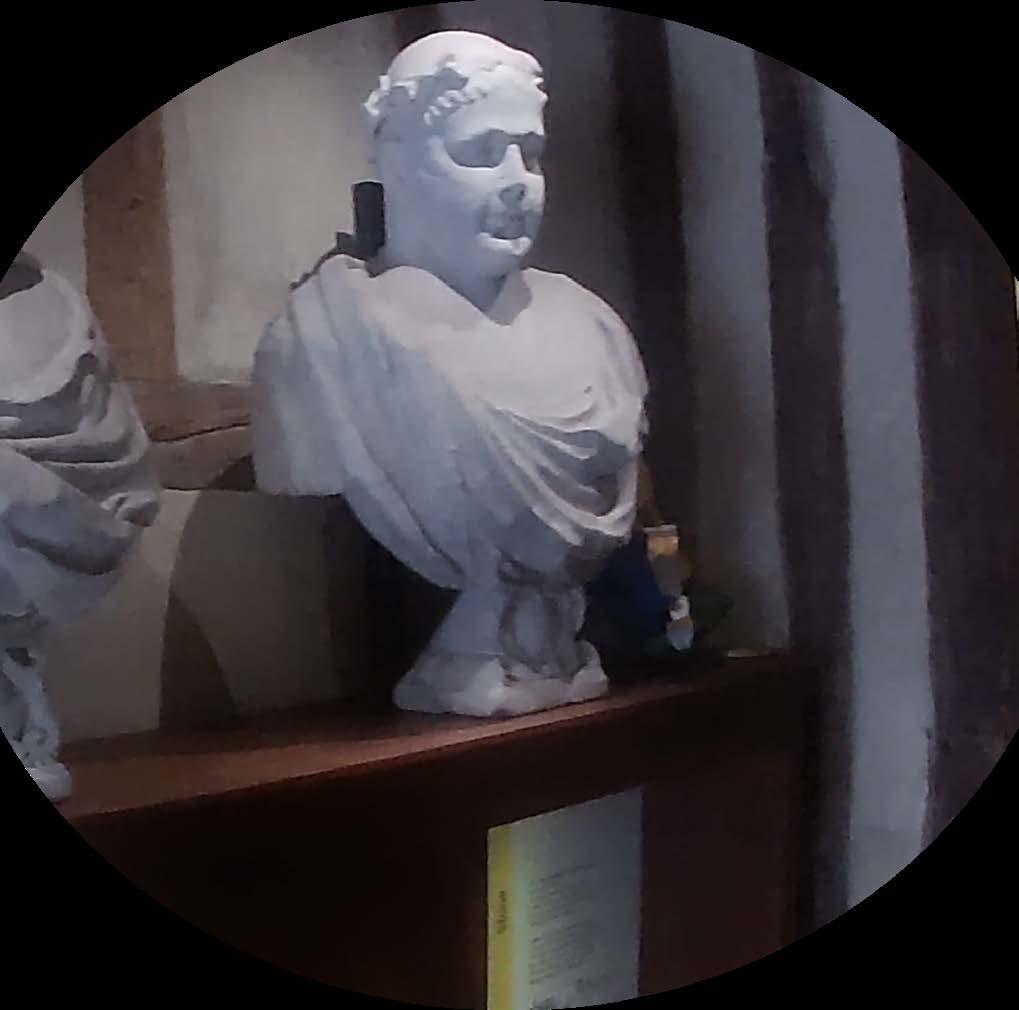
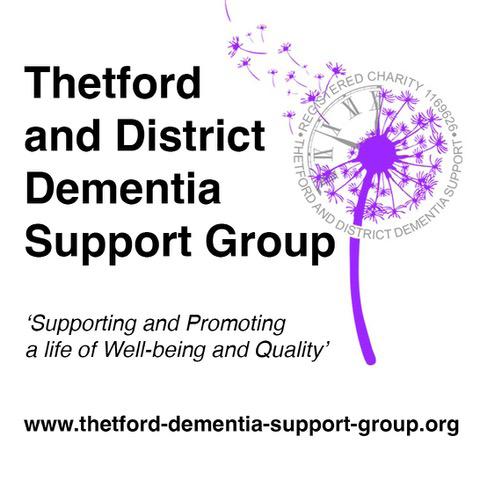

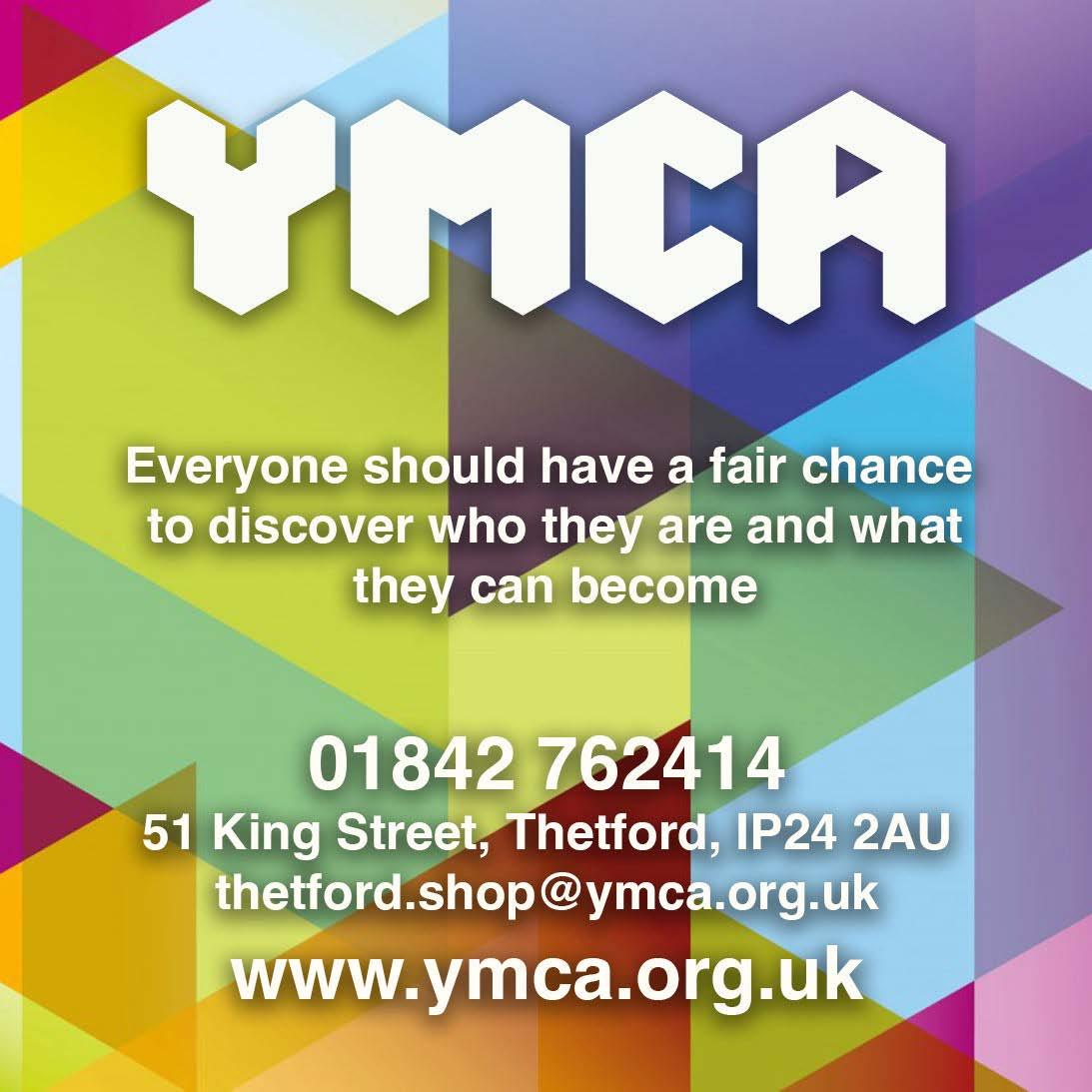
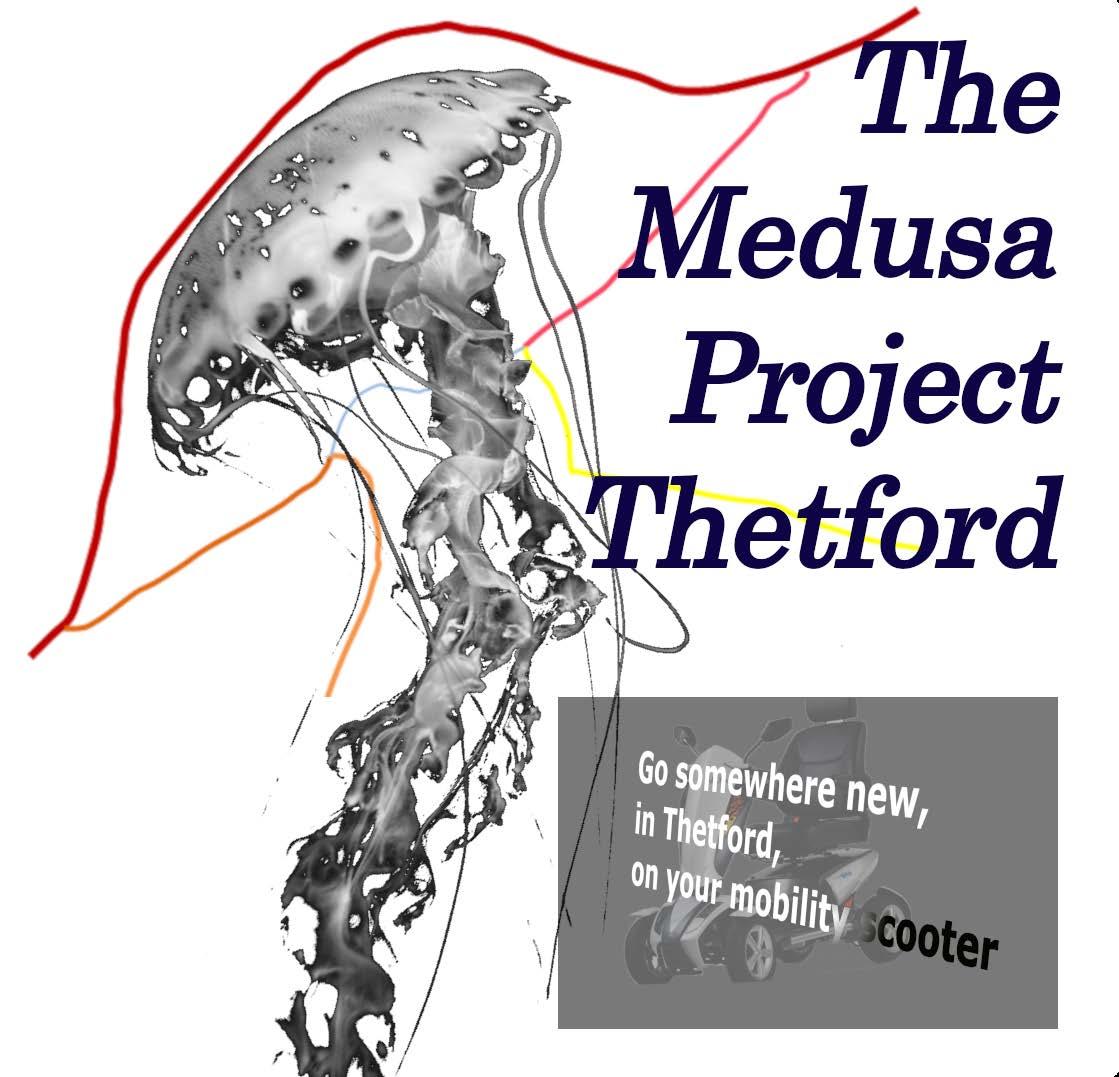
Well what can I say? After forgetting to press record on his video camera, while we were rolling along the river, and then compounding the error by not saving his audio, I thought he deserved a chance at redemption.
So, a few days later, I sent him out on his own to rescue the Bambi Cam from where we had left it.
As it was close to the gate to the Nunnery Lakes Reserve, I said it was a good opportunity to film the other access routes we hadn’t covered in our journey to the lakes.
These were Arlington Way and the car entrance from the A1088 through the Shadwell Nunnery Stud to the gate. So off he went. And he did a great job!
He waffled his way down Arlington Way, poked his nose by the river Thet, admired the posh housing and reminisced about when it used to be just farmland. I think he might even have known the farmer!
The railway line used to run right through the old farmland.
He rescued the Bambi Cam, and then drove through the Nunnery Stud admiring the views all the way. In the end, he exited onto the A1088 (although he insisted on calling it the A1066) and drove the short distance to the roundabout (See the Drona Diaries: The roundabout at the end of the universe) and back to where he started at the top of Arlington
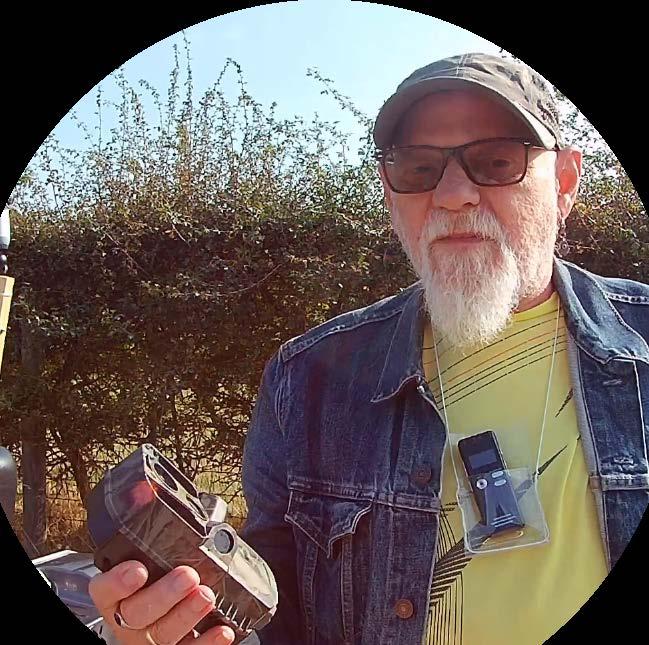
As a first episode of Adrian’s Antics, I was most impressed. He did tend to rabbit a lot about wildlife and other things that only he could see, but that doesn’t really matter.
I’m going to put him forward for an Academy Award or a BAFTA at least! Between us we have now shown you all the ways you can get to the lakes, so go and have a look yourselves.
Unfortunately, we didn’t capture anything on the Bambi Cam this time.
Thank you for reading.
Happy Christmas and happy scootering.
He also went a bit off route and found what we now believe to me an old railway bridge left over from the long closed line between Thetford and Bury St Edmunds. We didn’t realise this at the time. It was only when a viewer suggested that this was a likely possibility that we thought it most likely.


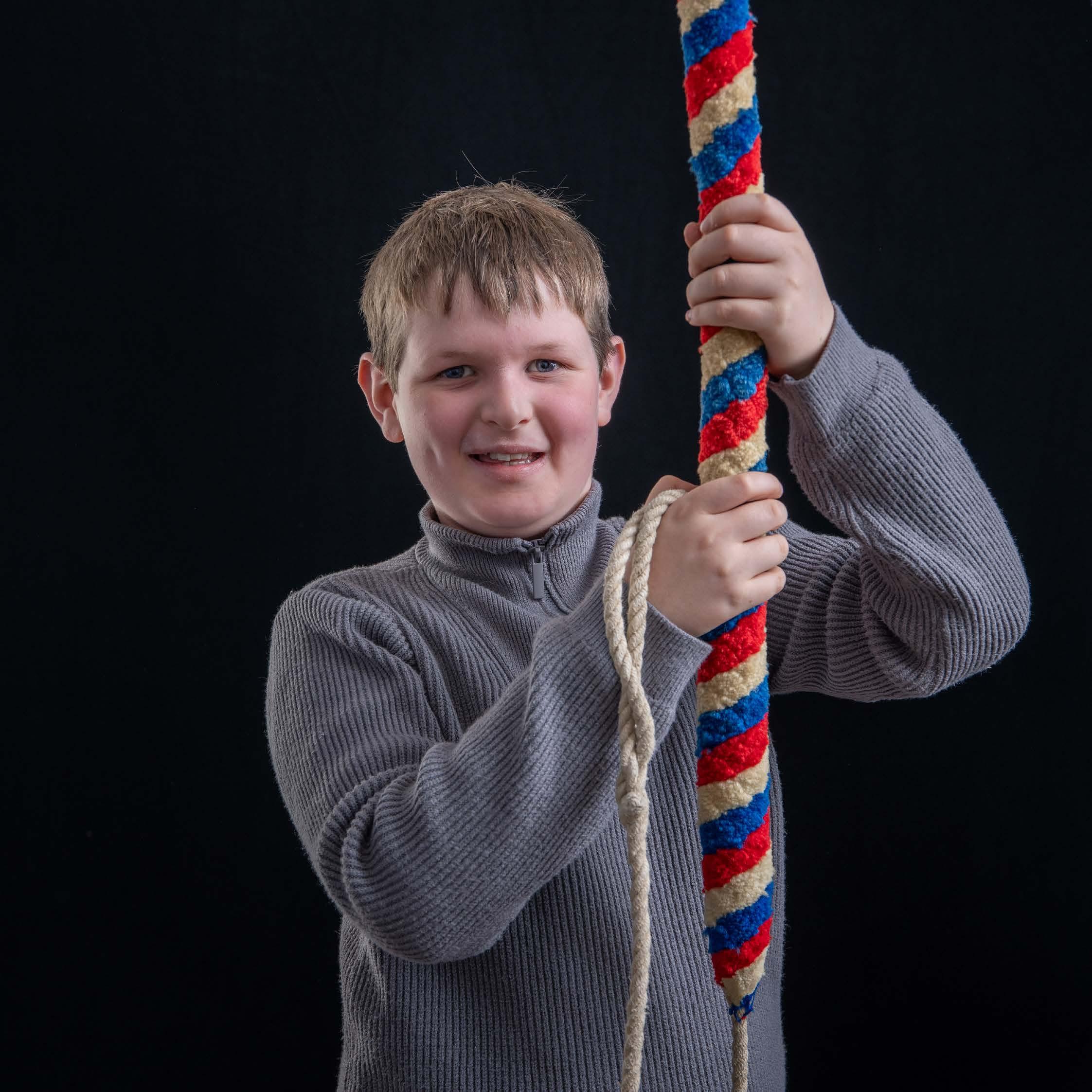
Max Thomson is 11 years old and is passionate about bell ringing. He is also a self-taught clock repairer and budding engineer.
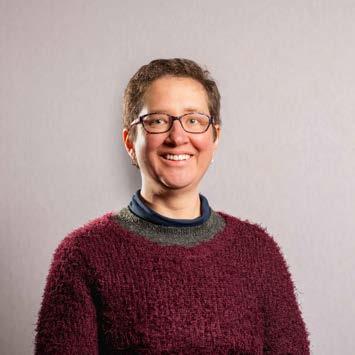
Written by Xanthe Cross
It’s dark arriving at bell ringing practice this evening. We need a torch to find our way up the stoney drive to the church. The circular twisted handle on the heavy, dark door is cold to the touch. The main body of the church is dimly lit, but we only need enough light to find our way to the base of the tower. The white stone steps are uneven and I count them silently as I climb, hearing the voices of other members of the band grow louder as I ascend. I push open the white wooden door to the ringing room carefully in case someone is standing behind it. My fellow bell ringers smile as I enter. “Hello Max, nice to see you. How was school today?” I feel comfortable here and eager to get started.
As I hang up my coat I look around the room. The clock pendulum swings back and forth, a silent backdrop to the busy arrival of the band. It feels special being suspended in the tower as if we’re separate, more important than the people that will hear our endeavours. I wonder to myself what hearing the bells means to those people; a call to

prayer, wedding rejoicing, tight shoes and collar and tie, expecting family for Sunday lunch, morning coffee in bed, or the midweek recognition of practice night. I expect it’s different for different people, but I also wonder how many of them stop to consider the skill and concentration required to literally learn the ropes.
I remember when I first started ringing when I was ten, I was so excited I could barely keep my mind on the task for more than a few minutes. My teachers were patient and firm and gradually I learnt how to pull the tail of the rope for the backstroke, then grasp the sally and repeat for the hand-stroke. Smooth and rhythmic, straight lines, a downward flick of the wrist. They calmly explained the technique; imagine your hands and arms are moving up and down a drainpipe. I could feel the power of the rope and imagine the wheel turning to swing the bell up to an infinitesimal moment of stillness before falling back round and up to sound again. Initially, being the person to create such a powerful sound left me full of joy, but sad that

it would be a full week until I could do it again. The ropes are still suspended, a long-legged spider hanging from the ceiling. Its feet are holes in the belfry floor edged by black plastic bosses to prevent the ropes from fraying on the ancient wooden boards. We lower the ropes and it is decided which one of the eight bells we will be allocated for our first turn. I am on the tenor, the eighth bell, the lowest sounding and the heaviest. We ring our bell ‘up’ so that it swings through 360 degrees. The chart on the wall behind me tells that my bell was made in 1780 and weighs slightly more than 11 hundredweight (approximately 550kg). I feel the history absorbed in the very walls of the tower and wonder about all the ringers before me, but am suddenly torn from my thoughts by a loud command.
“Look to!”
We are about to start. I hold both the tail of the rope and the sally. A hush descends and everyone watches the person on the treble bell. Eyes and muscles alert, poised.
“Treble’s going.”
She pulls the rope and as she utters “She’s gone” the second member of the band is already pulling on their rope. Rounds have begun.
12345678
I am the last to pull my rope, the descending scale is ringing in my ears. I must follow the movement of the other ringers as well as what my ears hear. The sound of each bell is momentarily delayed, not heard until after the next person has already begun their stroke. The physical communication between ringers must be even and smooth to produce a constant cascade of sound.
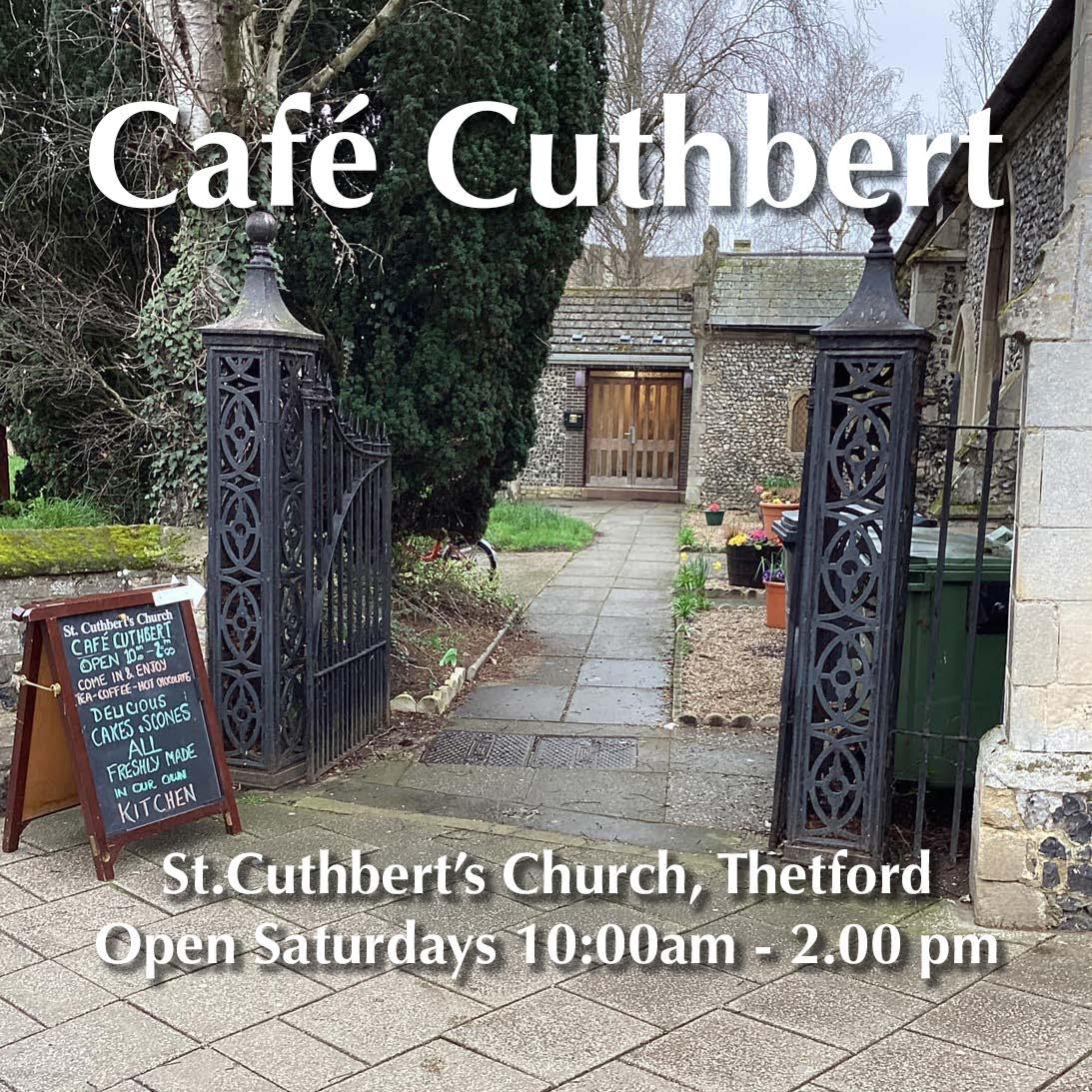

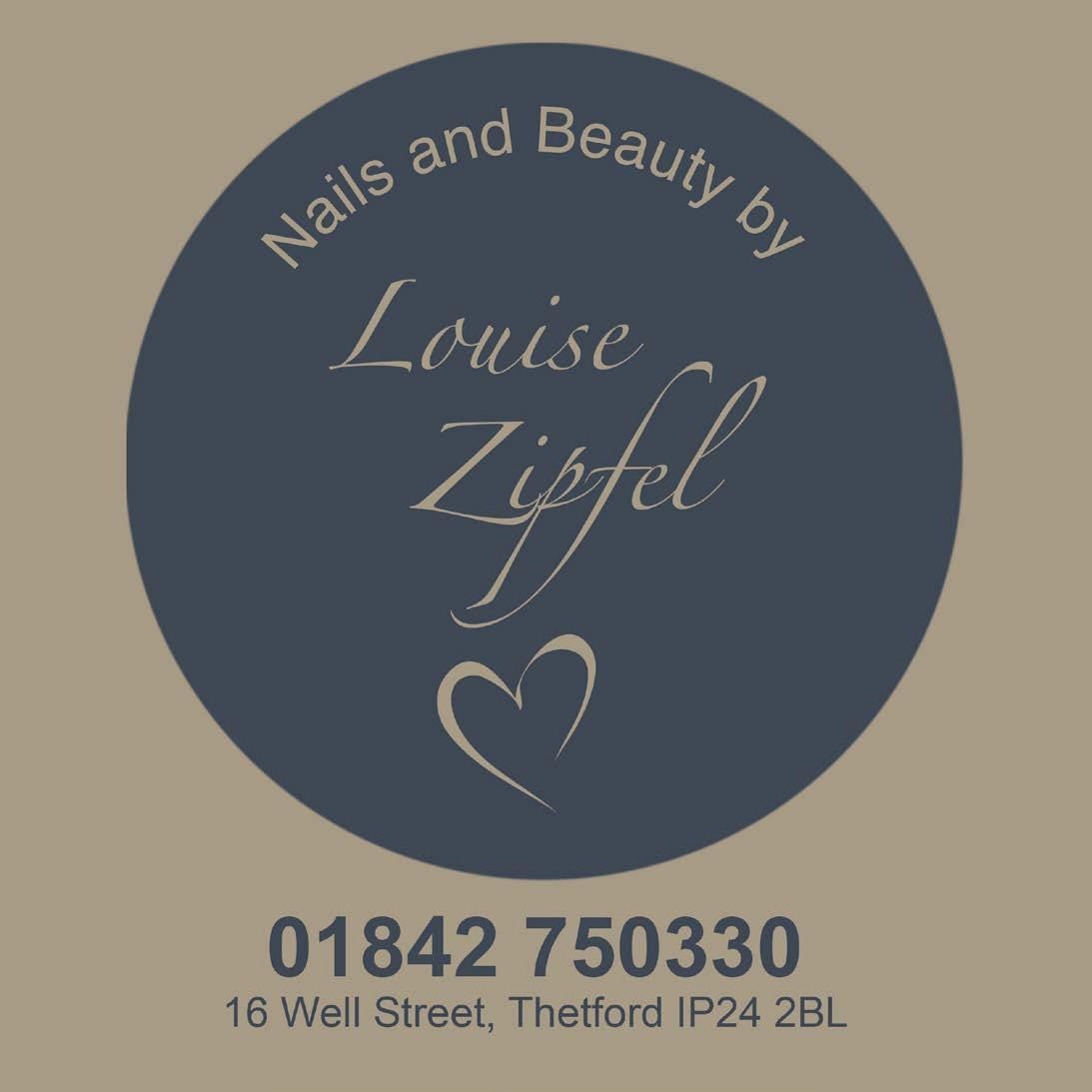

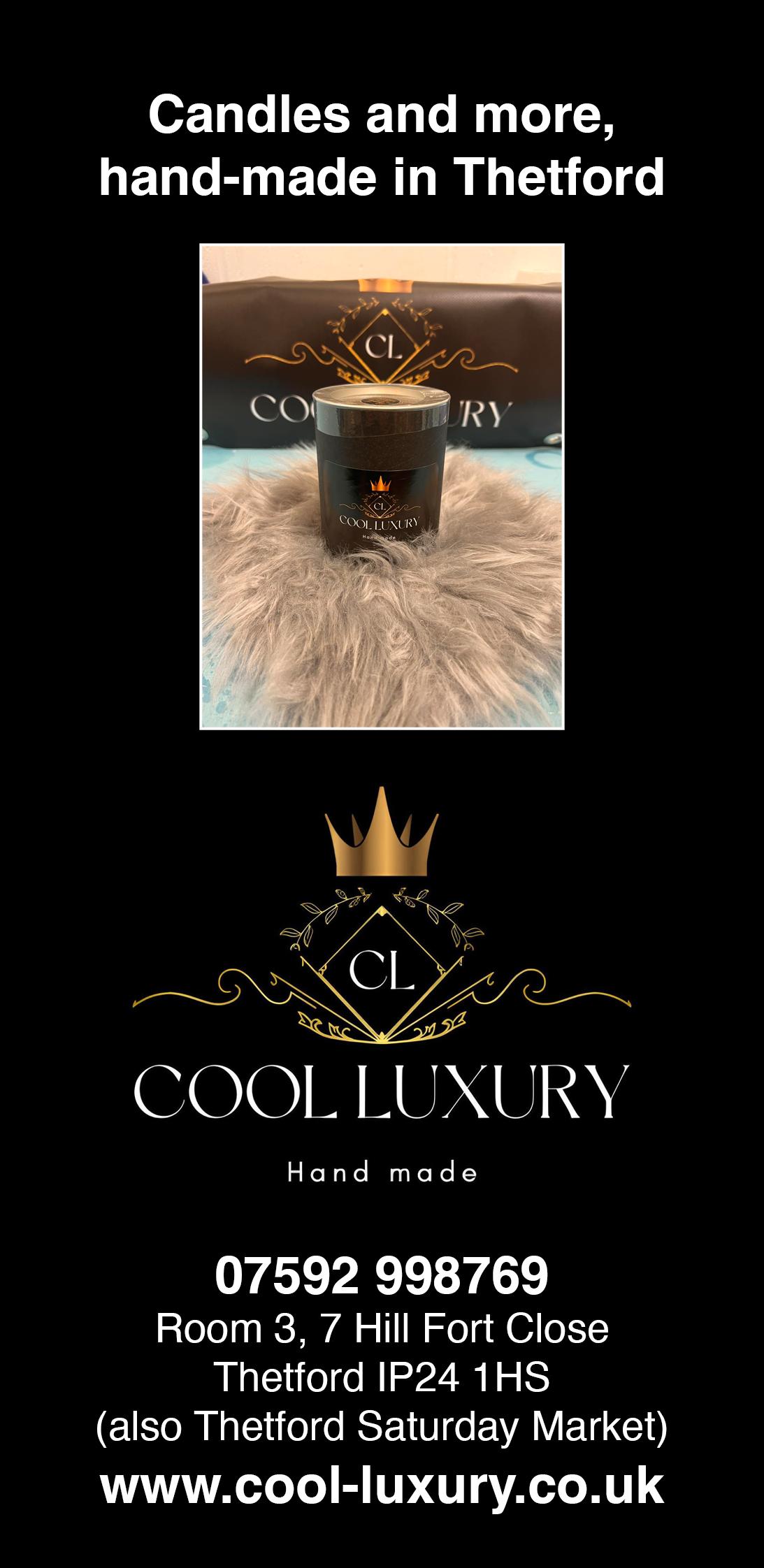
12345678
This time I pull on the thicker, softer part of the rope, the sally.
12345678, 12345678,...
Again, and again; tail, sally, hand-stroke, backstroke. I love this sound. The largest musical instrument in the world plays its music across the village and surrounding fields, pushing through the blanket of thick mist. This is rounds, a simple pattern, just a warmup before the difficult practice begins. I can feel my muscles warming up too. The temperature in the room is raised sufficiently to wake an admiral butterfly that flutters near the ceiling, weaving in and out of the ropes, coming to rest on the strip light. My eyes move from person to person, following the rhythm of the band. Each member is essential to the whole, the team working as one.
I notice another sound beneath the chimes; a creaking of rope and wood. For a moment I feel like I’m below deck on an old sailing ship and half expect a pirate to appear next to me.
“Stand!”
We each stop at the end of our next hand-stroke and for a moment we are all still and silent, grasping the sally, our arms above our heads. The smiling and chatter that follows is brief because now the hard work starts. I am learning methods for Level 4, including Plain Bob Doubles.
For this method we only need five bells and today I am number one. I have had to memorise the pattern and now I must put it into practice. I’ve been playing it at home with the hand bells that I have suspended in my bedroom. If I want to play in the evening, when my younger brother is in bed, I have to use the soft
beaters so that I don’t make too much noise.
I start the method as number 1, and all five bells sound in order. In my mind’s eye I can see my red line shift to second place in the line. I pause my bell and let the second bell go first then pull the sally. Next line and this time I’m third. My eyes are darting, my ears are listening, my brain is alert, my concentration is complete. I feel exhilarated and completely alive. We ring the whole pattern four times and then stop for a rest.

In the break my dad and I chat to a man I haven’t seen for a few months. He says that he’s been too busy with work to come to practice. I tell him about my summer highlight of ringing with the Norfolk Youth National Team. I’d been to St Peter Mancroft in Norwich and was spotted and invited to join the band. In the National competition in London we hardly made any mistakes. We agree that the best part of bell ringing is travelling to different churches and trying out the bells. My favourite tower at the moment is at Ingham although we’ve also recently been to Elveden. This trip turned out to be really special as it was in late October, close to the anniversary of the death in 1893 of Maharajah Duleep Singh who is buried in the churchyard so we dedicated the quarter peal to the occasion .


It’s good to share my passion with my dad although I’ve been quicker at learning than him! We both belong to the Suffolk Guild of Ringers and ring on Sundays for the Blackbourne Team. When some of my classmates are still in bed or playing computer games I’m climbing cold, dusty stone towers to call worshippers to church.
Tonight there are more ringers than bells so after the break I sit out and listen. I’m still concentrating and following the patterns though, which I find a great way to learn. I have another turn and I find that time passes quickly and before I know it our practice is finished. I feel tired, but satisfied with my progress. It seems much colder outside when we leave the church and the air is strikingly silent after the noise and vibrations from the bells. The fog is thicker making even tiny sounds muffled yet my head is buzzing with music, numbers, methods and rounds. As we drive home I deliberately think about my altogether quieter passion and try and work out how to fix the latest clock that a neighbour has given me to repair. Perhaps I’ll tell you about that another time.
With thanks to Max, his mum and dad, his ringing teacher Deborah Blumfield and all the ringers at Bardwell who squeezed me in to a very tiny ringing room so that I could observe their skills first hand.
If you’d like to hear the Plain Bob Doubles try this link: https://open.spotify.com/search/ilmington%20 plain%20bob%20dou
For more information about Bell Ringing here are a couple of useful links:
The Norwich Diocesan Association of Ringers. https://ndar.org.uk/
The Suffolk Guild of Ringers for the Diocese of St Edmundsbury & Ipswich. https://www.suffolkbells.org.uk/index.php
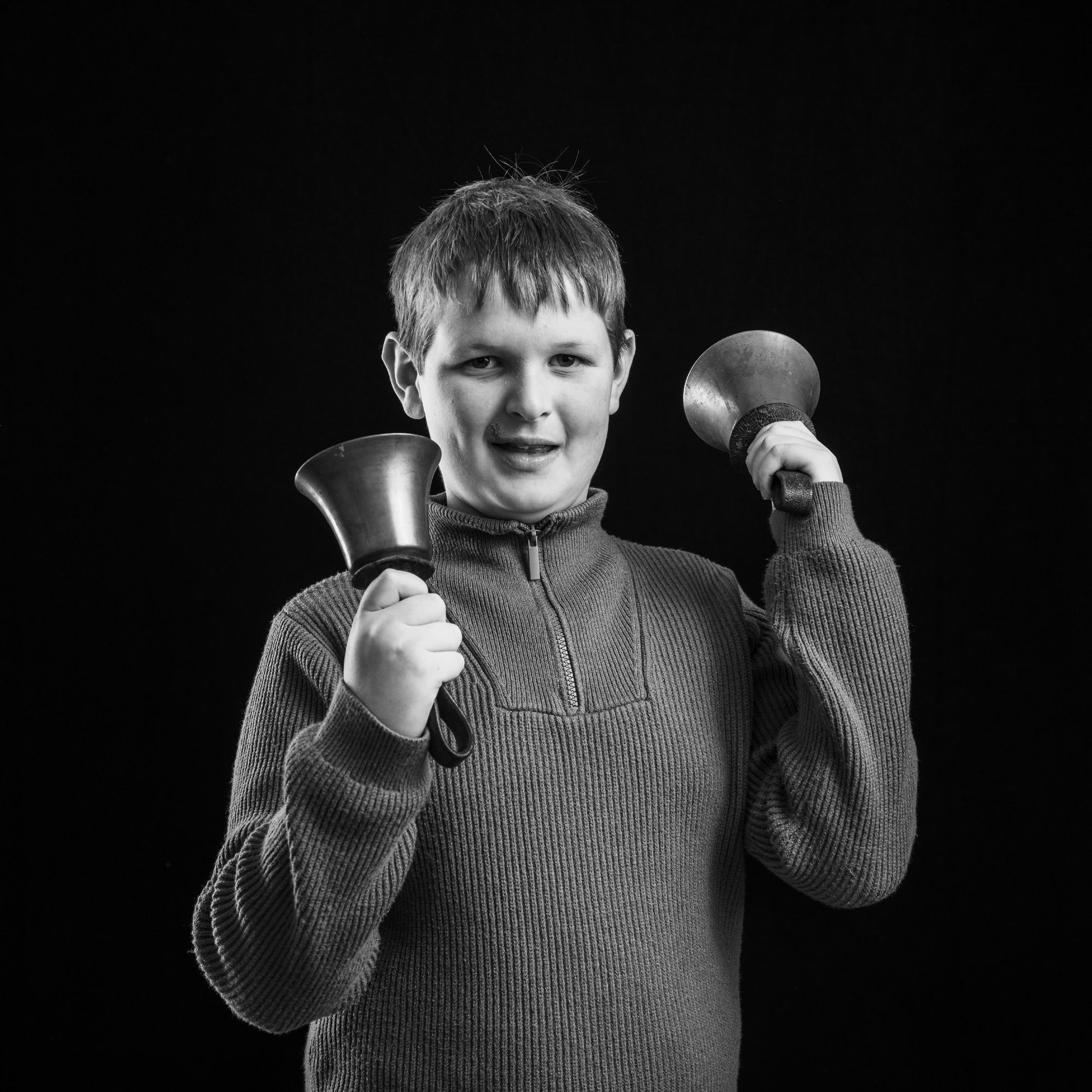
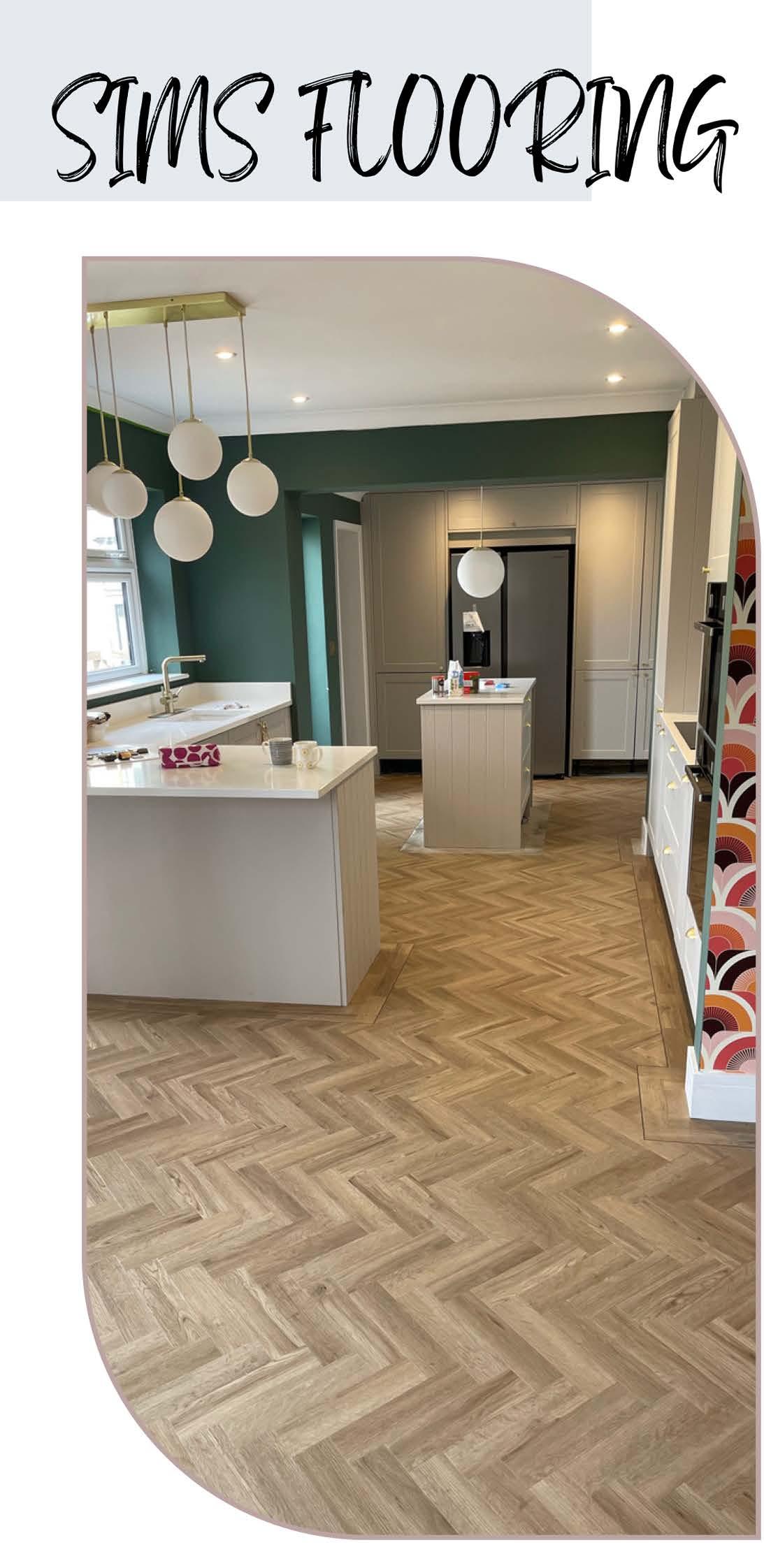
In the world of flooring installation, there are projects that stand out as true testaments to skill, precision, and dedication. One such endeavor involved fitting herringbone Luxury Vinyl Tile (LVT) at an exceptionally high standard after an extensive amount of preparation. The task?
Transforming a floor that had previously been a maze of different levels and channels, necessitated by new pipe work and walls being demolished.
Before laying a single tile, the groundwork was laid— quite literally. The team embarked on a journey of preparation, smoothing out the surface, filling ingaps, and leveling out discrepancies. Each imperfection was addressed, ensuring a flawless canvas for the intricate herringbone pattern that would soon grace the space.
The complexity of the project lay not only in achieving a smooth surface but also in navigating the intricacies of the herringbone design. Precision was paramount; each tile had to be carefully placed to ensure perfect alignment and symmetry. The herringbone pattern, with its interlocking angles, demanded unwavering attention to detail and a steady hand.
Despite the challenges posed by the uneven terrain of the existing floor, the team persevered, their dedication unwavering. Countless hours were spent measuring, cutting, and laying tiles with a precision
that bordered on artistry. Each tile was not just a piece of flooring but a testament to craftsmanship and expertise.
As the project neared completion, the transformation was nothing short of astounding. What was once a patchwork of uneven surfaces had been reborn as a seamless expanse of herringbone LVT, evidence of the team’s skill and dedication. The once disparate levels and channels were now seamlessly integrated, proof of meticulous preparation that preceded the installation.
The end result was not just a floor but a masterpiece—to the artistry and dedication of those who had brought it to life. It stood as a reminder that with patience, perseverance, and a commitment to excellence, even the most challenging of projects could be transformed into something truly extraordinary.
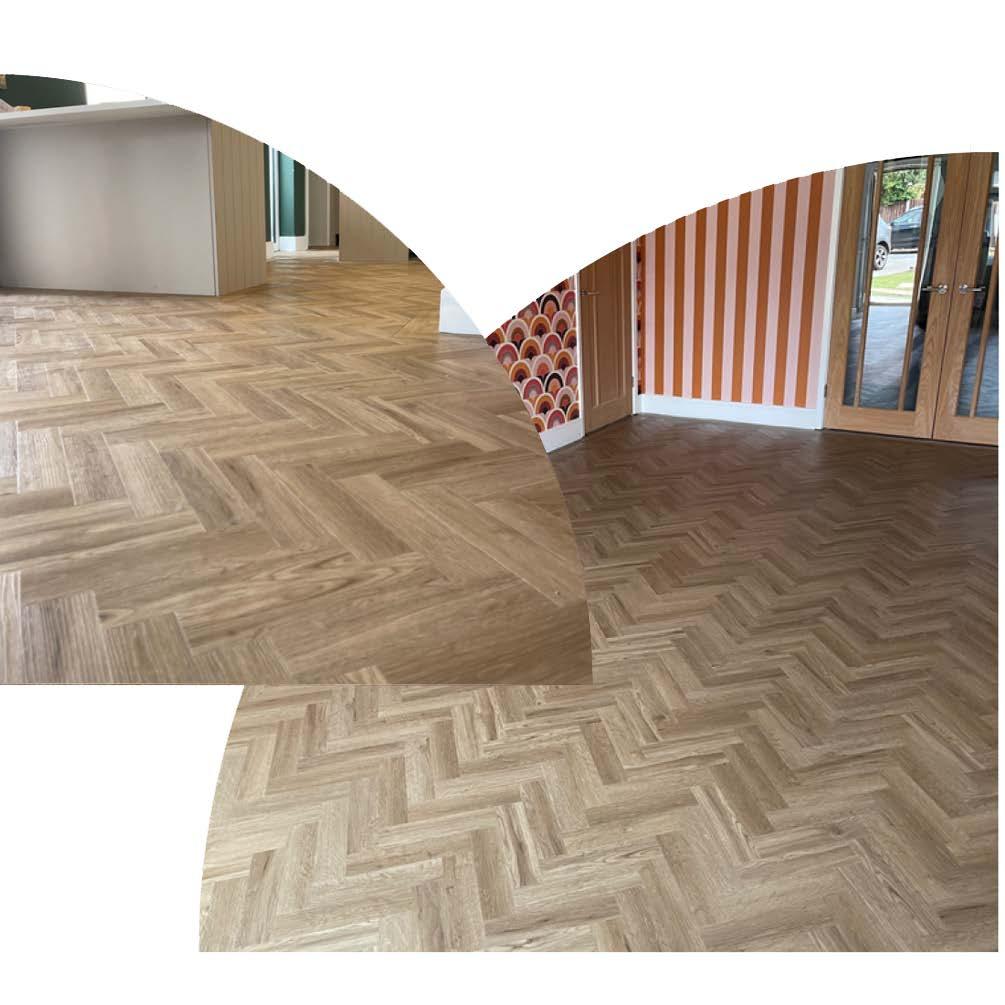


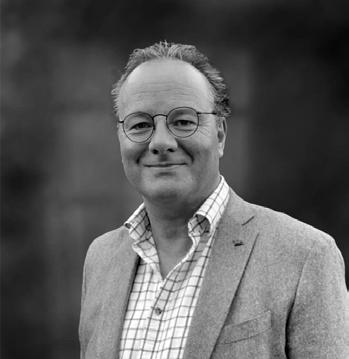
Written by Martin Angus
In today’s fast-paced world, where health and wellness have taken centre stage, the story of 27-year-old Ryan Brown stands out as a beacon of determination and passion. What began as a simple love for fitness has evolved into a thriving business that not only transforms lives but also inspires others to pursue their dreams. This editorial delves into Ryan’s journey, highlighting the challenges he faced, the lessons he learned, and the innovations that defined his path to success.
Early Inspiration: The Spark of Passion Ryan’s journey into the fitness world began in his teenage years whilst still at school. Although not knowing what he wanted to do, the same as most teenagers who are expected to pick a career path at this young age, Ryan enrolled on to GCSE Physical Education as he was already interested in fitness. It wasn’t long before he then had to think about what he wanted to do at college. Listening to

and influenced by family members, who were all in the building trade, he enrolled onto a Level 3 Construction Management Course. At the same time Ryan was working part time at the local Sports Centre as a lifeguard.
With the college course completed, getting good grades, but even though he enjoyed the course, Ryan knew that his heart wasn’t in the construction industry. It was at this time that a full-time opportunity for a position at the Sports Centre came up, also offering the opportunity of enrolling on a Personal Trainer course. Having worked part time at the Sports Centre, and knowing many of the people who worked there, it was an easy option to choose, and he signed up for a two-year contract with the centre.
Year one of the course included basic gym instructing, running a few classes, inductions and fitness plans. Ryan hadn’t realised at the time, but he was already working with hundreds of people within the fitness
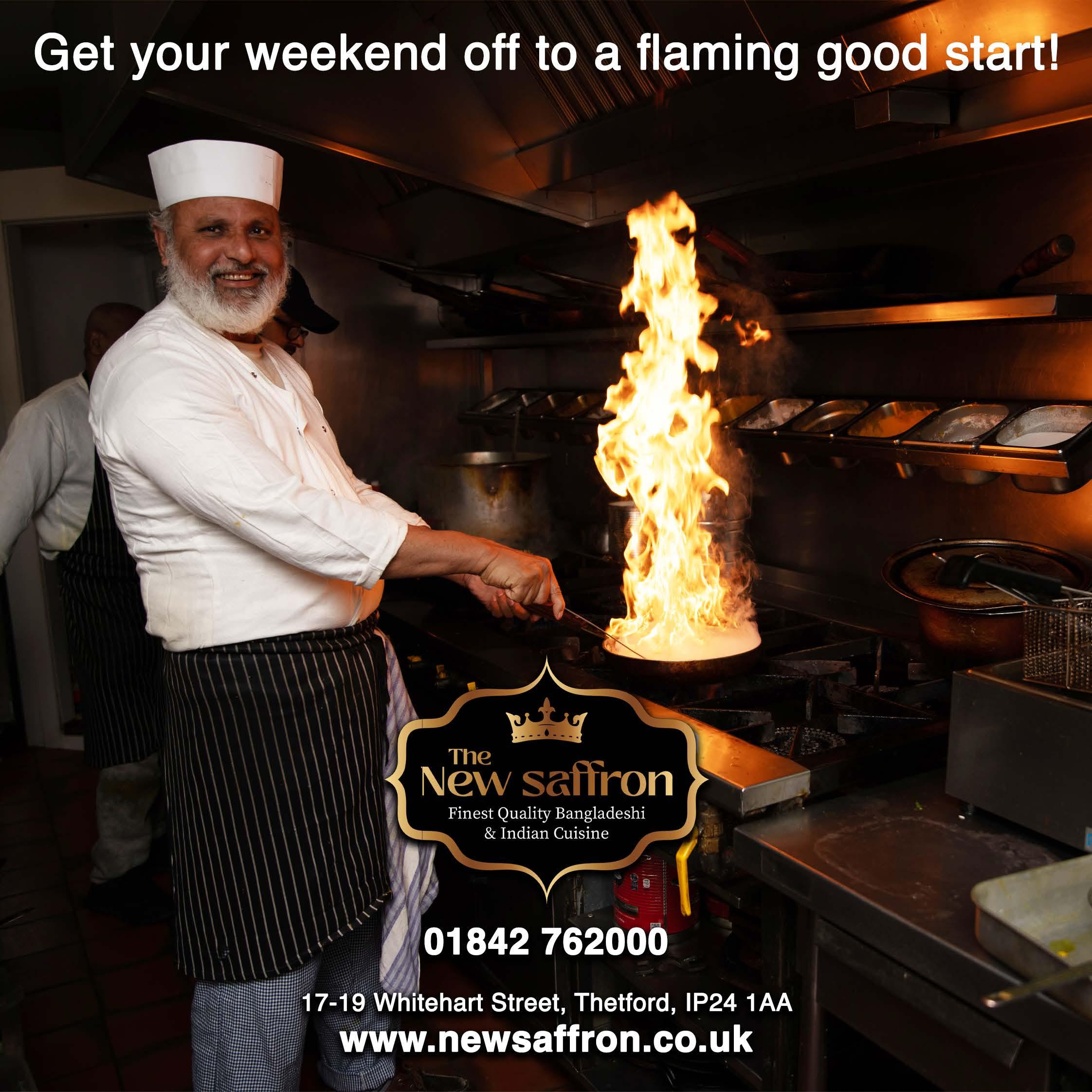
Year two of the course, level 3 Personal Trainer, everything got a little more personal, working oneto-one with clients.
On completion of the course Ryan took a supervisory role at the Sports Centre, even though the career path wasn’t well defined, working 40 hours a week, and having ten private clients, who he trained during the evenings and weekends.
What happened next, Lockdown! The COVID-19 pandemic posed a significant challenge, forcing him to pivot his business model overnight. Instead of surrendering, Ryan embraced innovation. As an employee of the Sports Centre he was furloughed, so this is where Ryan was able to begin building his brand and business model. People were on there mobile devices a lot more, and although still finding his feet and trying to decide on his career path, Ryan created an Instagram account and began pushing his social media presence.
As with all business owners, simply deciding on a name for the business was a dilemma, Ryan said “RB for PT, I think was the first name, and then I decided on RB Personal Training, I was just experimenting and seeing what people responded too.”
“I was creating content daily. I was posting factual posts about food, sleep, the importance of training and its’ effect on mood. I was doing home workout videos, so people could participate, daily challenges and giveaways.”
The result of this hard work is that Ryan built up a loyal fan base, subscribers, and potential clients. People began sending videos of themselves following the circuit plans, which turned the instruction videos into a competition, with participants competing against each other.
This shift not only kept his business dreams and ideas afloat but also expanded his reach beyond local clients. In retrospect, he credits these challenges
for forcing him to become more adaptable and resourceful, traits that now define his leadership style. As Lockdown loosened its’ grip, Ryan organised open air fitness classes at the back of the Sports Centre, limiting the number of participants to 10, and as it built up in popularity, classes were run back to back. “I had to be quite creative with the exercises as equipment wasn’t allowed, as it was a no-touch policy from the government guidelines,” commented Ryan.
“When lockdown finished, we all went back into the gym.”
On returning back to work, a management role became available at the Sports Centre, for which Ryan applied, but unfortunately he wasn’t accepted. Out of pride he handed in his notice. Ryan was 23 years old at this point in his career.
What followed was taking a job in the construction industry, early starts, not knowing what time he would finish, working away from home across the UK, and 60 plus hour weeks. All of this was beginning to take its’ toll, and Ryan was heading towards burn out. “I was still running my Saturday morning classes, renting a space from Richard Taylor at The Charles Burrell Centre, but following Covid people would simply just not turn up, sometimes I was running the classes with just 2-3 people” commented Ryan. Throughout this time whilst working in construction, Ryan still maintained his social media presence by posting on his fitness pages. “Something told me to keep up with the posting,” reflected Ryan.
Reflecting on this decision to take the position in the construction industry, Ryan commented, “I lacked confidence in myself, even though I had accumulated many years working in the gym with different people with different needs, such as rehabilitation, age related issues, lack of mobility, disabilities, and GP referrals. I didn’t have the faith I could run my own business offering these skills, especially the one-to-
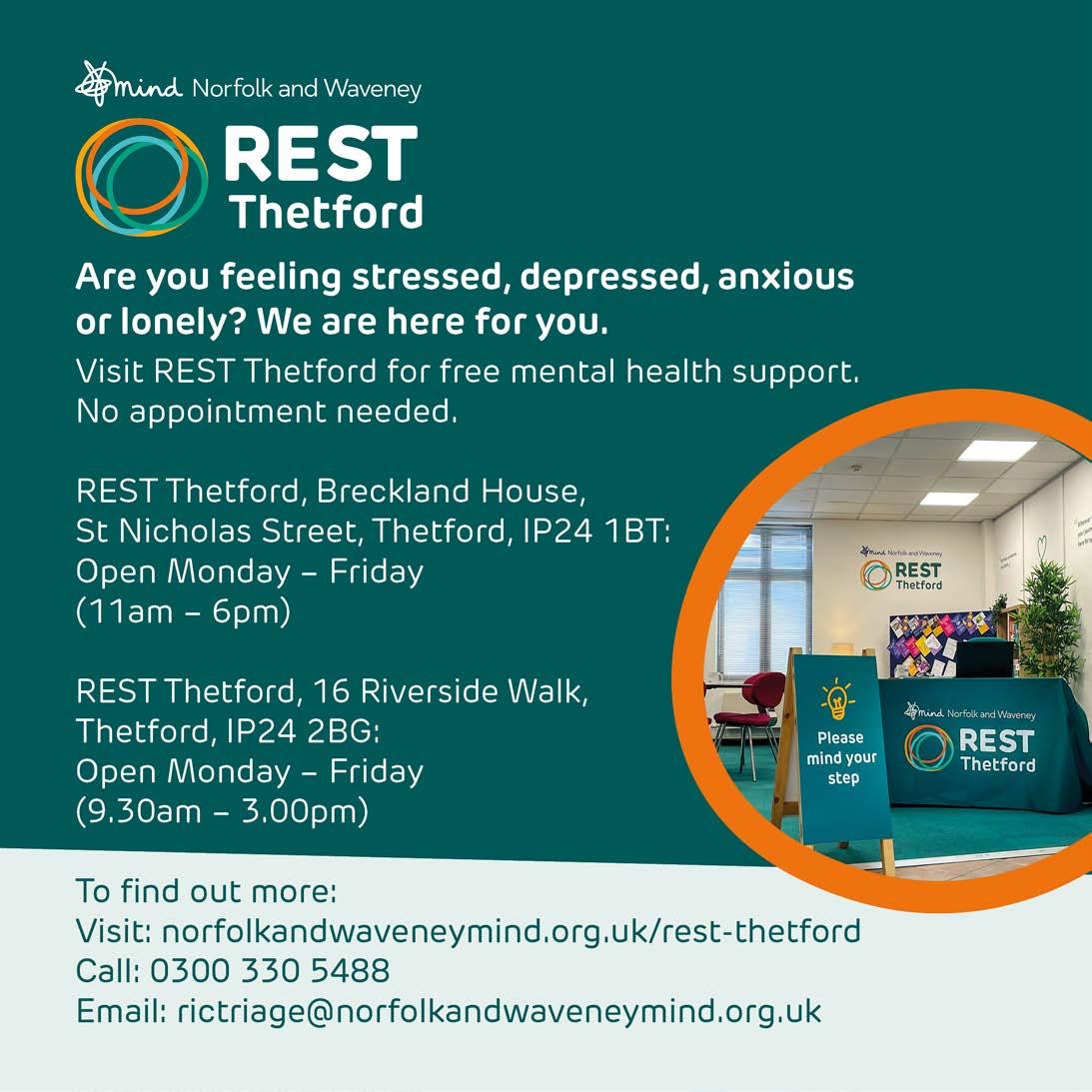


one sessions, I guess what I was looking for was a role model so I could see how it should be done.”
“I handed my notice in with the construction job, and this is when I contacted Sam at Snap Fitness, someone I knew and who had previously tried to persuade me to take a position at the gym.”
Ryan took a leap of faith and launched his own fitness business. The initial stages were anything but easy. With limited savings and minimal clientele, he faced the daunting task of building his brand from the ground up. Utilising social media, he created an online presence that showcased not only his training sessions but also his philosophy on wellness—a holistic approach emphasising physical, mental, and emotional health. His authenticity resonated with followers, and within months, he had built a dedicated community.
Ryan had just four weeks to begin building his business from scratch. Firstly contacting his previous private clients, many of whom were excited, and all came back on board.
“The timing was perfect for my return to Personal Trainer at Snap Fitness, I returned on 17th January, just in time for people and their New Year Fitness resolutions,” said Ryan with a smile, “walking through the door on day one, I have 14 clients already.”
Consolidating his classes at Snap Fitness, Ryan then established his identity and branding in one location. “Walking into Snap Fitness, it’s a great feeling, a good space, and all that free (currently) parking,” he added. When asked about the next step, Ryan replied, “I just want to keep growing, I would like to take that next step and have my own Personal Trainer Studio, and have a place I can call home. I know my clients would benefit from this, I want to create a facility where everyone just feels comfortable, when they come in, they feel as if they are at home. Clients can bring their children, have more of a family feel, create a community.”
Ryan has created his own merchandise, branding the clothing with his logo, such as t-shirts and hoodies. Two clients, wearing the t-shirts, bumped into each other somewhere on the North Norfolk coast. Recognising the branding they struck up a conversation and got to know one another, Ryan commented “This is a fantastic feeling when I get this feedback.”
Ryan has recognised the importance of networking, listing many local businesses that he has reached out to, mutually recommending each other to clients.
Harmony Health, just at the other end of the high street, a business promoting healthy living and wellness.
Nikki at Sound and Ground, “I came across her site completely by accident, and we have now become good friends,” said Ryan, “I find what she is doing very interesting, reconnecting us all to nature, a very genuine person who is trying to help people using Forest Bath philosophy and experiences.”
Paul, the Alternative Barbour, currently based in the Keystone Building on Burrell Way, helping people by offering a safe space while getting a hair cut and discussing mental health issues.
And finally Sarah from Bodyworks, a very lovely lady, who Ryan has no hesitation in referring people to. What truly sets Ryan apart is his unwavering commitment to community. Recognising the importance of connection in fitness, fostered a sense of belonging that many of his clients craved. Through these initiatives, his business is blossoming not only as a fitness hub but also as a supportive network, encouraging individuals to share their stories and struggles.
Innovative Fitness: The Next Chapter
Ryan was very keen to emphasise the narrative that you can work on your physical fitness as well as your mental fitness at the same time. “It is not just going to the gym, pumping iron, and being vain. There is so much more to fitness.”
Ryan continues, “It is about being motivated, having the self-discipline, pushing yourself, but many people just don’t see this side of fitness. There is a version of that only exists at the end of extreme effort. By pushing yourself, all of a sudden you are this new person. Before working for myself, I was quite introverted, now having my own business in this field of work I have become more extroverted.”
It is at this point Ryan recalls winning the Thetford Business Award for Small Business last year, being initially reluctant to suggest to his clients that they vote for him, he had no idea that he was to go on and win an award. Self-promotion doesn’t come easily to Ryan, this is evident as we chatted, there is no ego, he even doesn’t like posting photographs of himself on social media.
I comment to Ryan that his approach to personal training is truly inspiring. It sounds like you genuinely care about your clients not just from a fitness standpoint, but also from a mental health perspective. It’s clear that you understand the importance of building trust and providing a supportive environment for your clients. By checking in on their well-being and creating personalised fitness plans, you create a space where they feel valued and motivated.
Ryan then shares a particularly remarkable example about an 11-year-old client, who came to him weighing over 20 stone. The story highlighted his willingness to address complex issues with empathy and practical solutions. Helping the child find a healthier relationship with food while also keeping physical activity enjoyable, this is a great testament to Ryan’s ability to adapt his methods based on individual needs. It was also very commendable that you took the time to educate his mother, empowering them both to make long-term lifestyle changes. Ryan’s perspective on training across a wide age range and adapting programs based on mobility rather than just age is also very sound. It emphasises the overall quality of life and independence,
particularly for older clients, which is often overlooked in conventional fitness training.
Ryan then shared stories of his interest in charitable work, having recently completed the Three Peak Challenge with some friends, raising over £1600 in one year for MIND, a local mental health charity. It was interesting to hear how his own personal challenges and experiences, like the loss of his friend, have driven him to push his limits in fitness events. I commented, It sounds like those experiences have not only strengthen your resolve but also serve as motivation for your clients. By sharing these moments, you not only train their bodies but also help strengthen their mental resilience.
Participating in charity events and extreme challenges shows your commitment to fitness and the community. It’s wonderful that you use your passion for endurance sports as a platform for giving back. The funds you raised and the awareness you’ve raised through such events are impactful.
To summarise, Ryan’s holistic approach to fitness, focusing on physical, mental, and emotional health, is commendable and is likely what sets him apart as a trainer. I say, keep up the fantastic work; it’s evident that you’re making a significant difference in people’s lives. If you continue to combine your professional expertise with such personal understanding, your clients are undoubtedly in excellent hands.
Ryan Brown’s journey from a passionate teenager to a successful fitness instructor and entrepreneur is a testament to resilience, innovation, and the power of community. At just 27, he exemplifies what it means to turn passion into a profession while maintaining a genuine connection with his clients. As he continues to evolve both personally and professionally, his story serves as an inspiration to anyone looking to pursue their dreams, reminding us that with dedication and creativity, the path to success is always within reach.
by Martin Angus


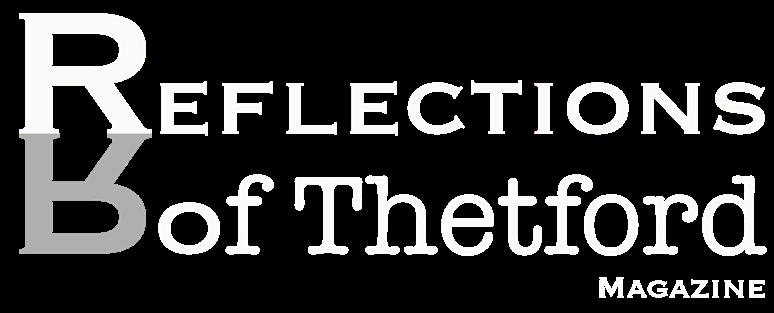
This edition we have teamed up with a local Thetford artist, Jodie (Ja) from www. illuminationsja.com, to bring her ethical clothing, sculptures and jewellery to the readers of our magazine.
Karen from The Mulberry kindly allowed us to use her courtyard garden as a location, perfectly complimenting the ‘earth vibe’ of Jodie’s creations. If you look closely you may even see our host sneak into one of the photographs.
All models are local to our lovely town of Thetford and it was their amazing input to the photoshoot that made it such a success.
We asked Jodie to write a little piece about her business: “From a young age, I always felt the need to
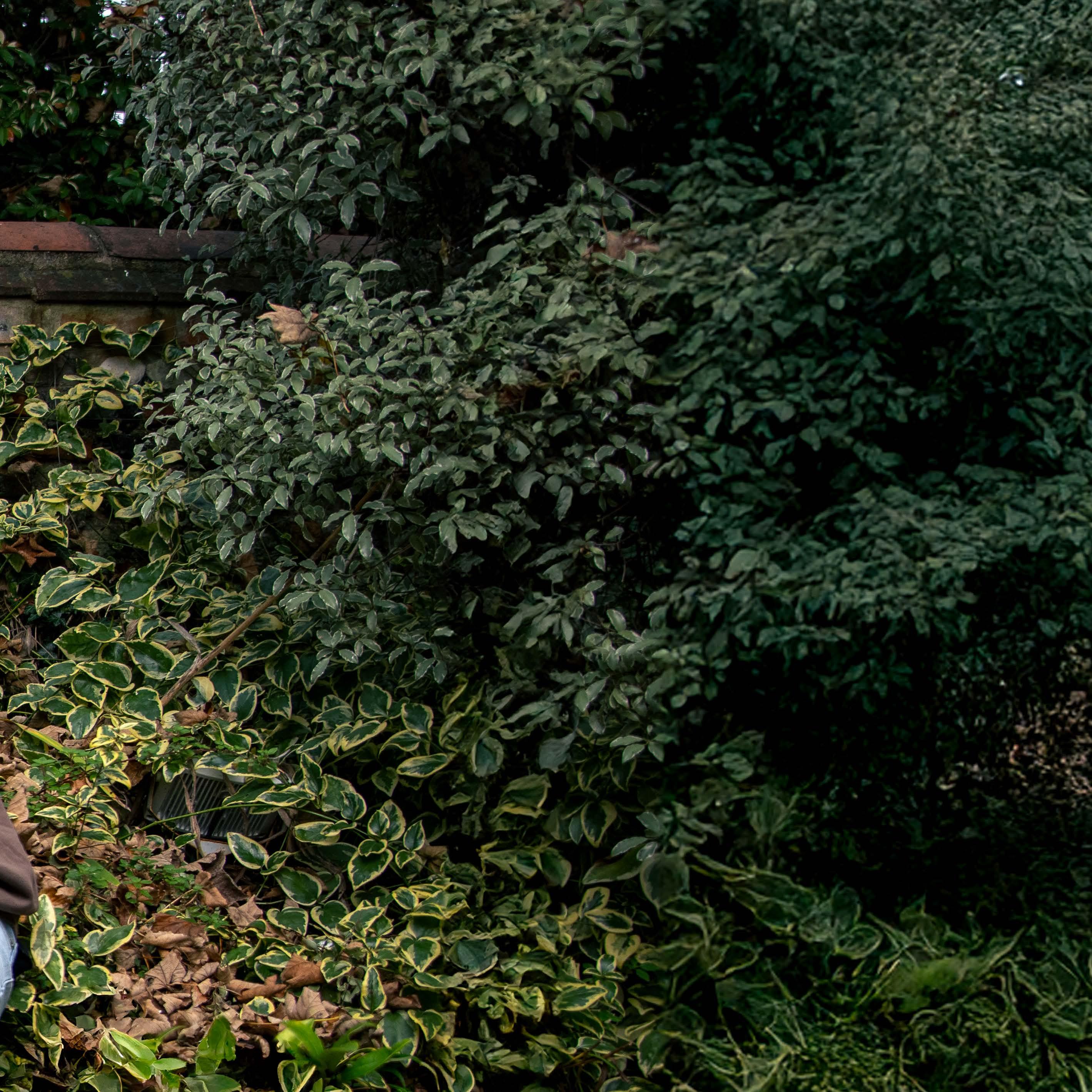
follow the crowd. Mainly because I didn’t know where my place on this world was, whether that was through my feelings, how I thought or the clothes I chose to pick out. Something always felt out of place.
I then grew an understanding that I needed to create my own world. A world in which felt like home. During lockdown I was in the middle of my university degree. I spent a lot of time making and creating on my own. Away from others influences and judgments. This is where I was truly able to express myself through art.
It brings me great pleasure to create creations where in which it confuses others, maybe because this is how their world made me feel. I liked to question the ordinary and step outside of what we know as the everyday. This may be through creating weird and wonderful creatures that come to life through
The Team
The Mulberry, 11 Raymond Street, Thetford IP24 2EA 01842 824122 www.mulberrythetford.co.uk Illuminations.ja,Thetford www.illuminationsja.com
Models-Brandan @brandancutts, Minnie @minnieshoots, Jodie @illuminations.ja, Ronnie @ronhughes08 and Karen @mulberry-thetford Jewellery and Wardrobe-www.illuminationsja.com
Photography - Martin Angus c/o www.thetfordbubblyhub.com
Photography Assistant-Marta @ marta._.teixeira
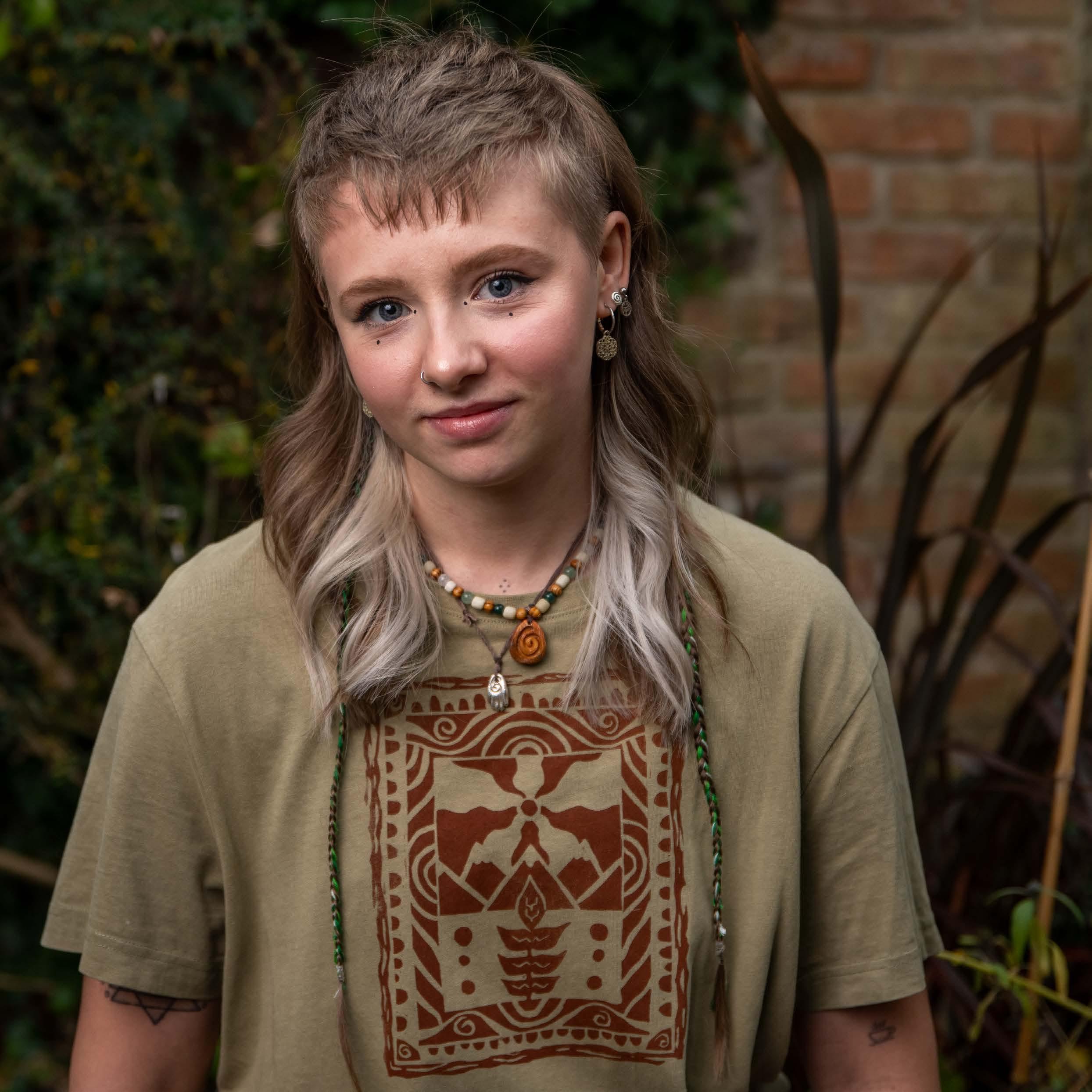
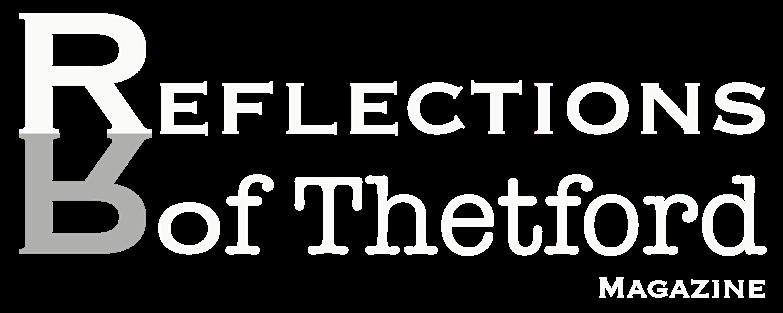

sculpture or sketch.
Creating unique jewellery that holds symbols and signs to remind us to have healing and positive energy that each individual can carry with us during our journey. A small object that feels like lost treasure or piece of nature that can help us to feel grounded and feel at peace with one’s individuality, has always allowed me to feel whole and I wish to share that feeling with others.
Similar to expressing myself through art I like to express myself through clothing. But often struggled with the concept of the potential of wearing the same thing as someone else and also the lack of consideration when it comes to fast fashion and how much waste is created within our world. So, I started to embroider and print onto pre-loved clothes. Which means the clothes have been given a new life therefor not going to waste and also in the middle of that, I am creating unique items that will never be the same as the next. Allowing one to fully submerge them self’s into being unique and a sense of comfort in being themselves.
I am an artist who likes to point out the ‘peculiarness’ and show the surreal world in which we have turned our heads due to an everyday routine. I want to highlight the positiveness in being unique and encourage adventures, whilst having a clear and mindful soul. The end result being in sharing this feeling and mindfulness with as many like-minded people as I possibly can.”

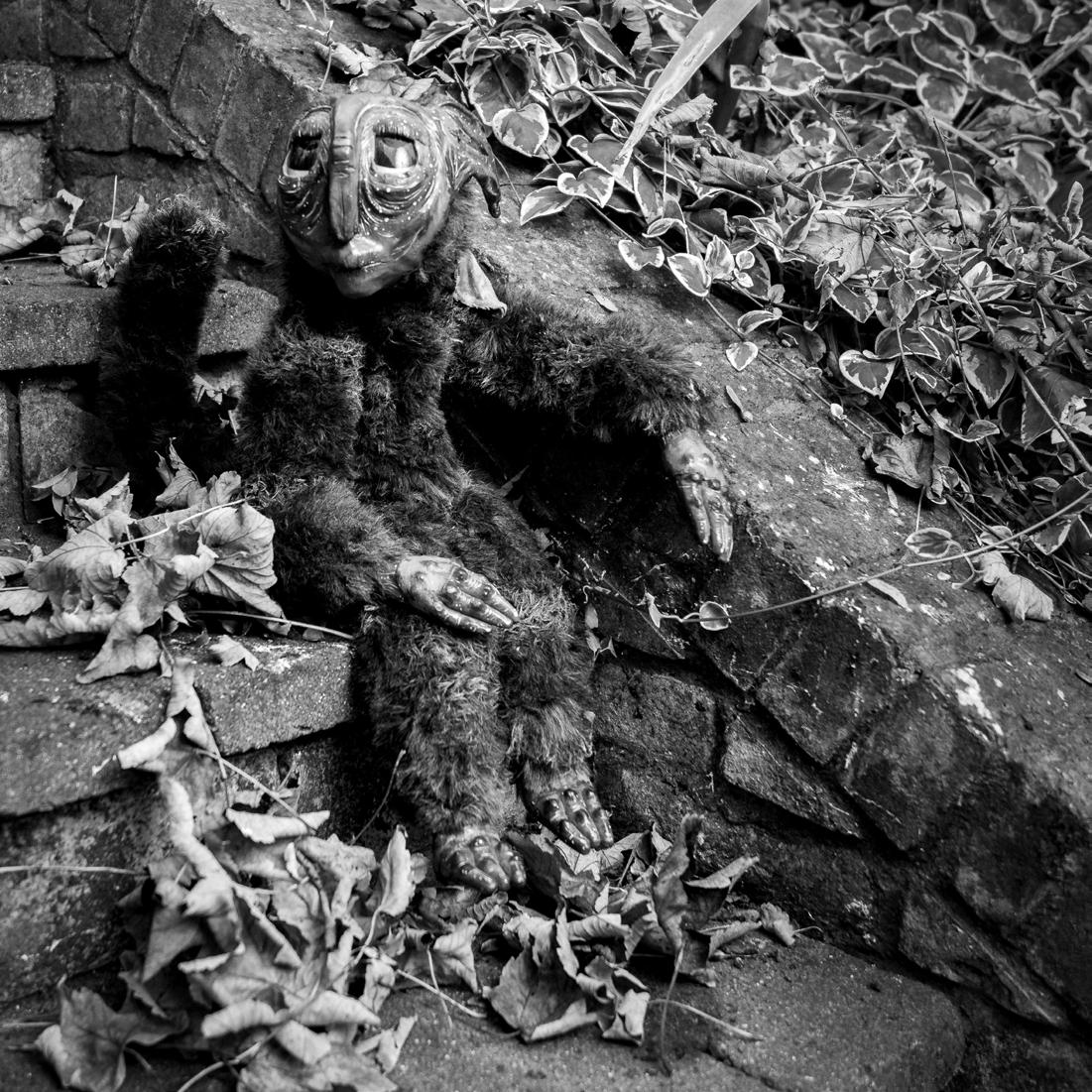
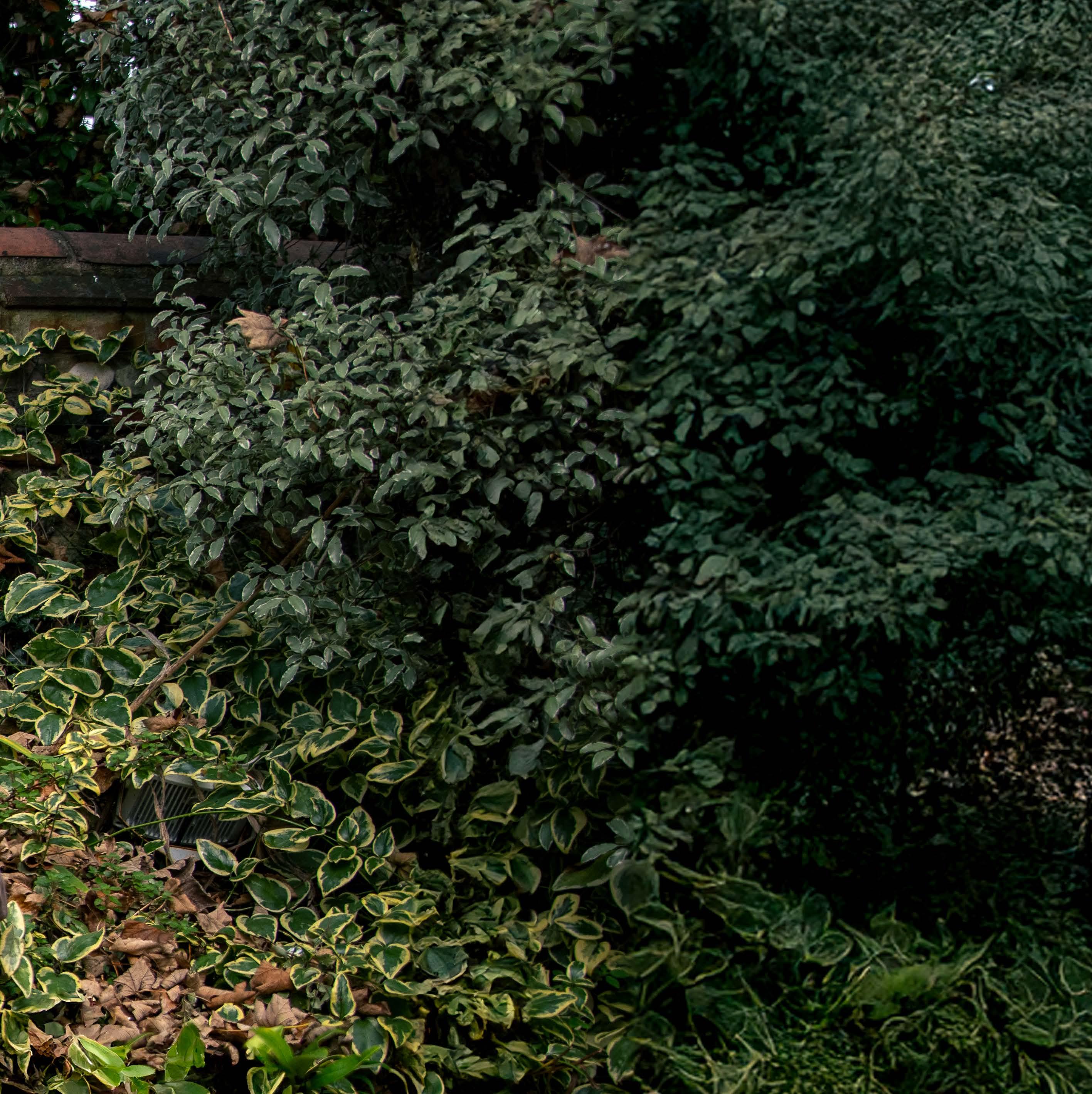

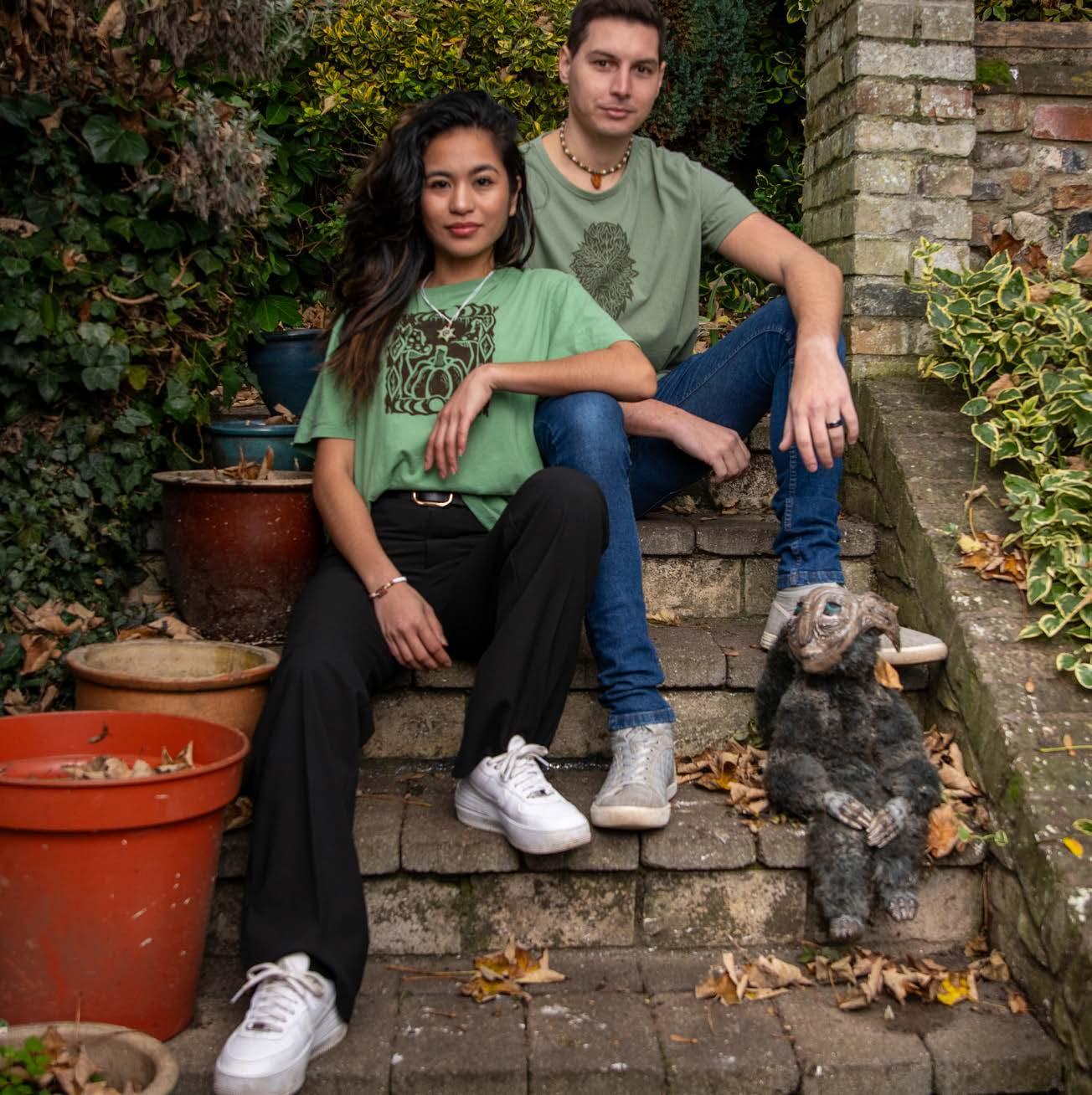
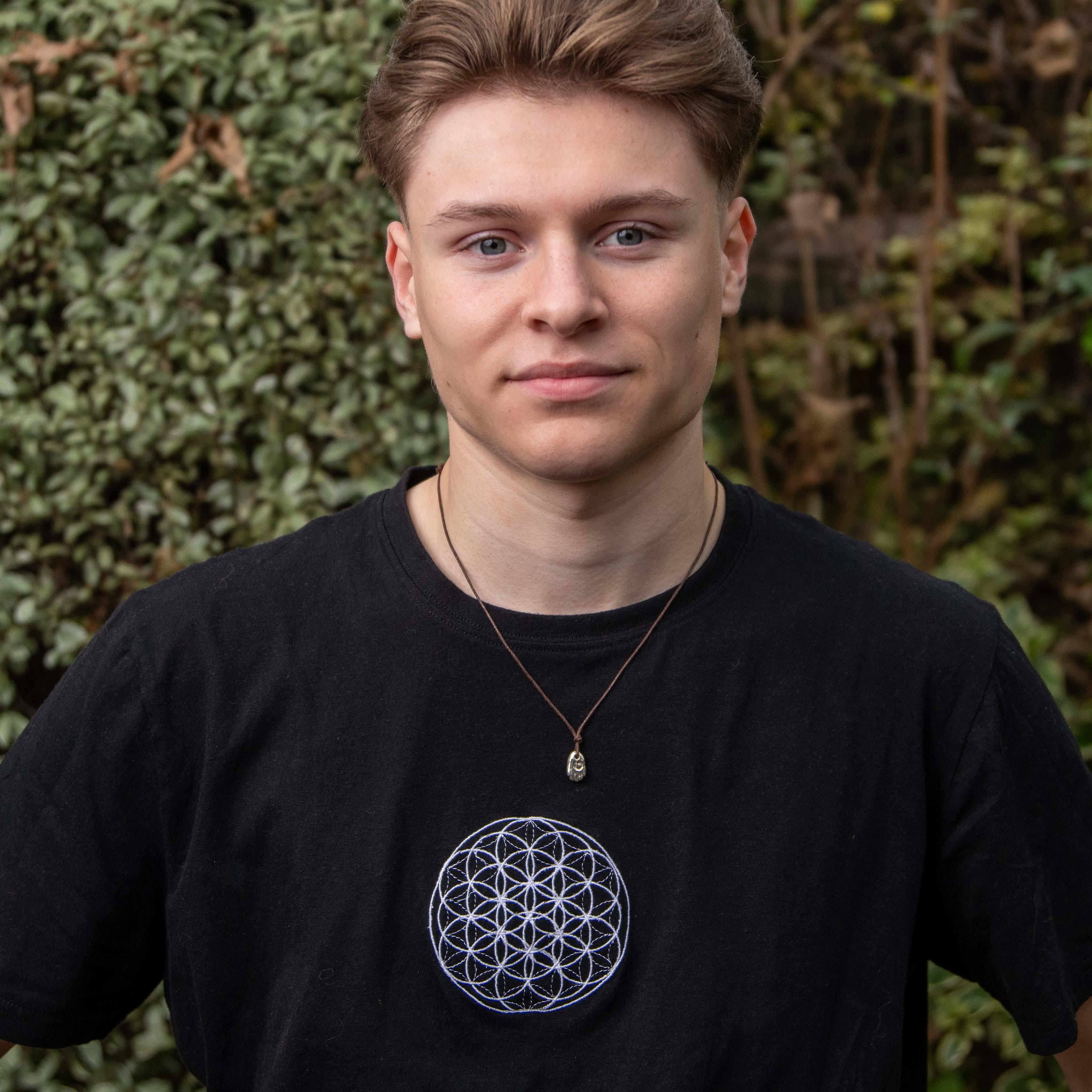
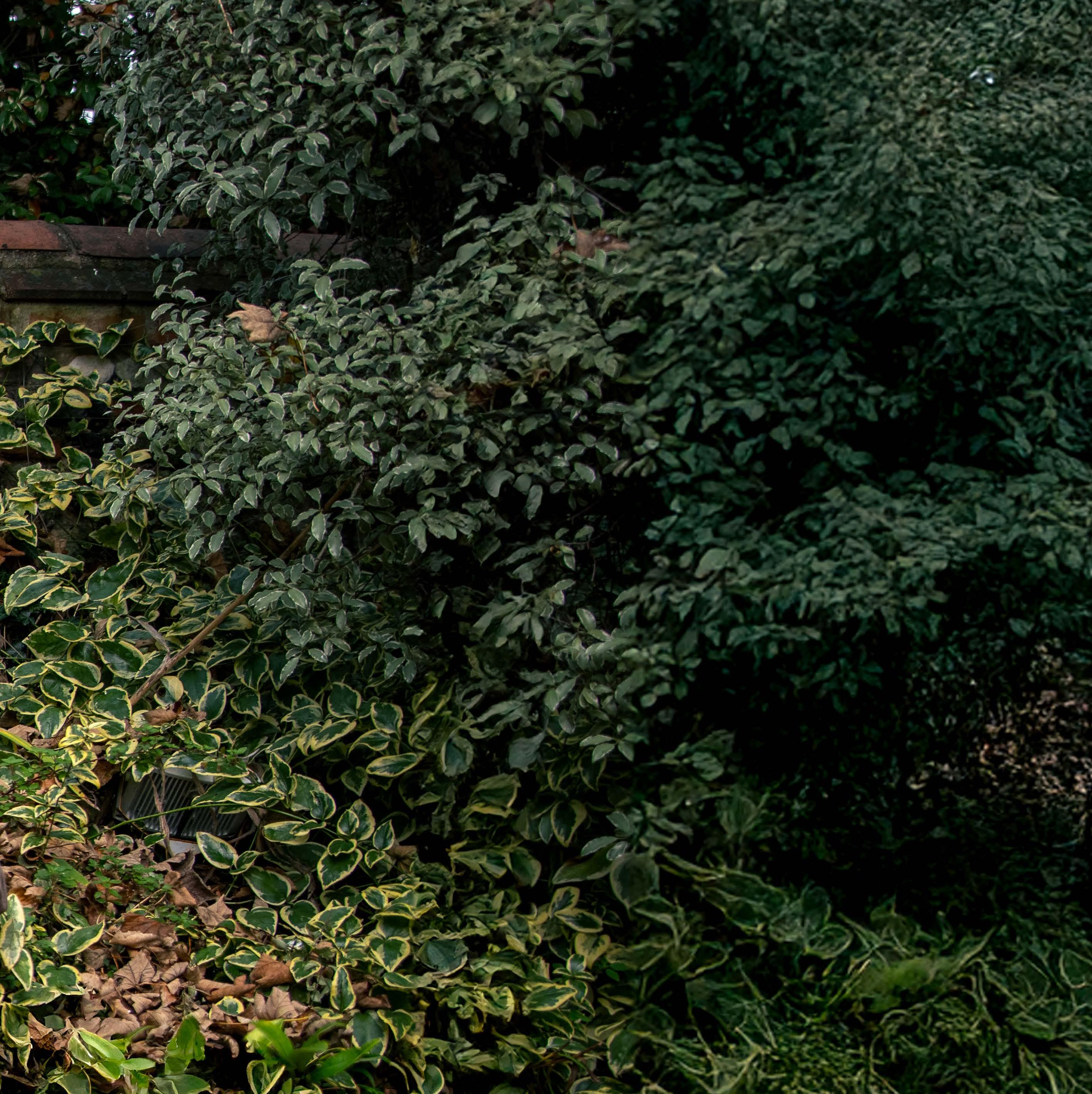

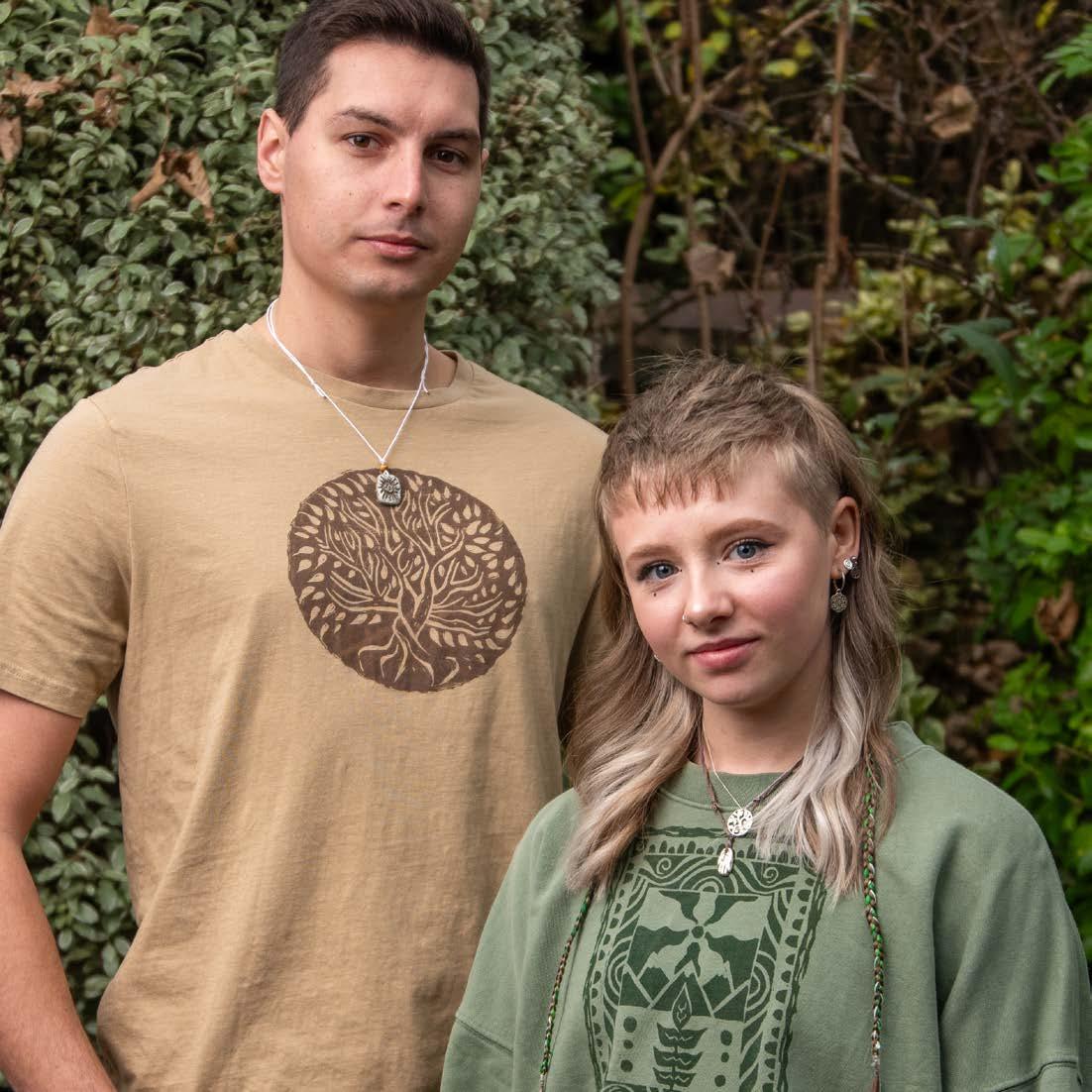
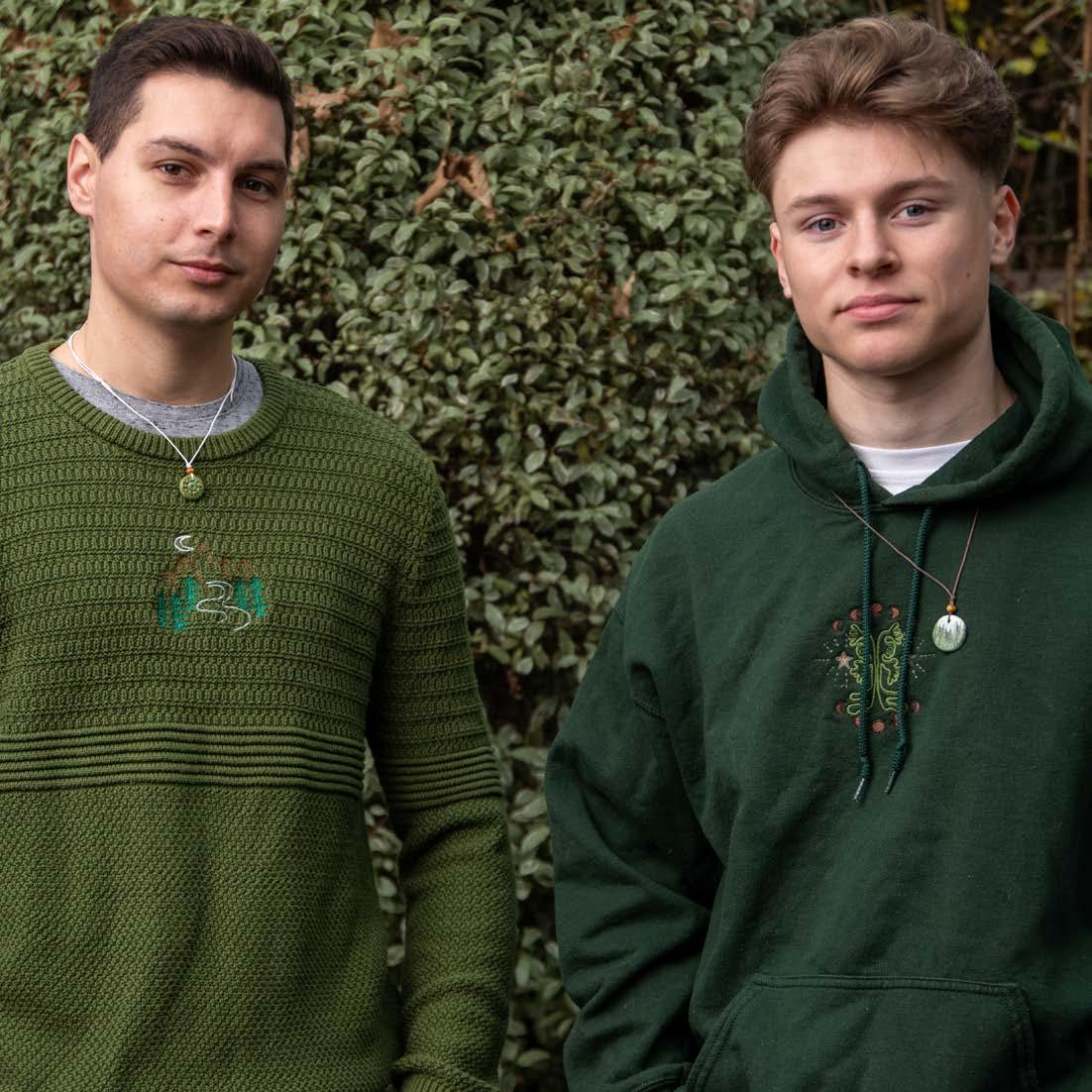
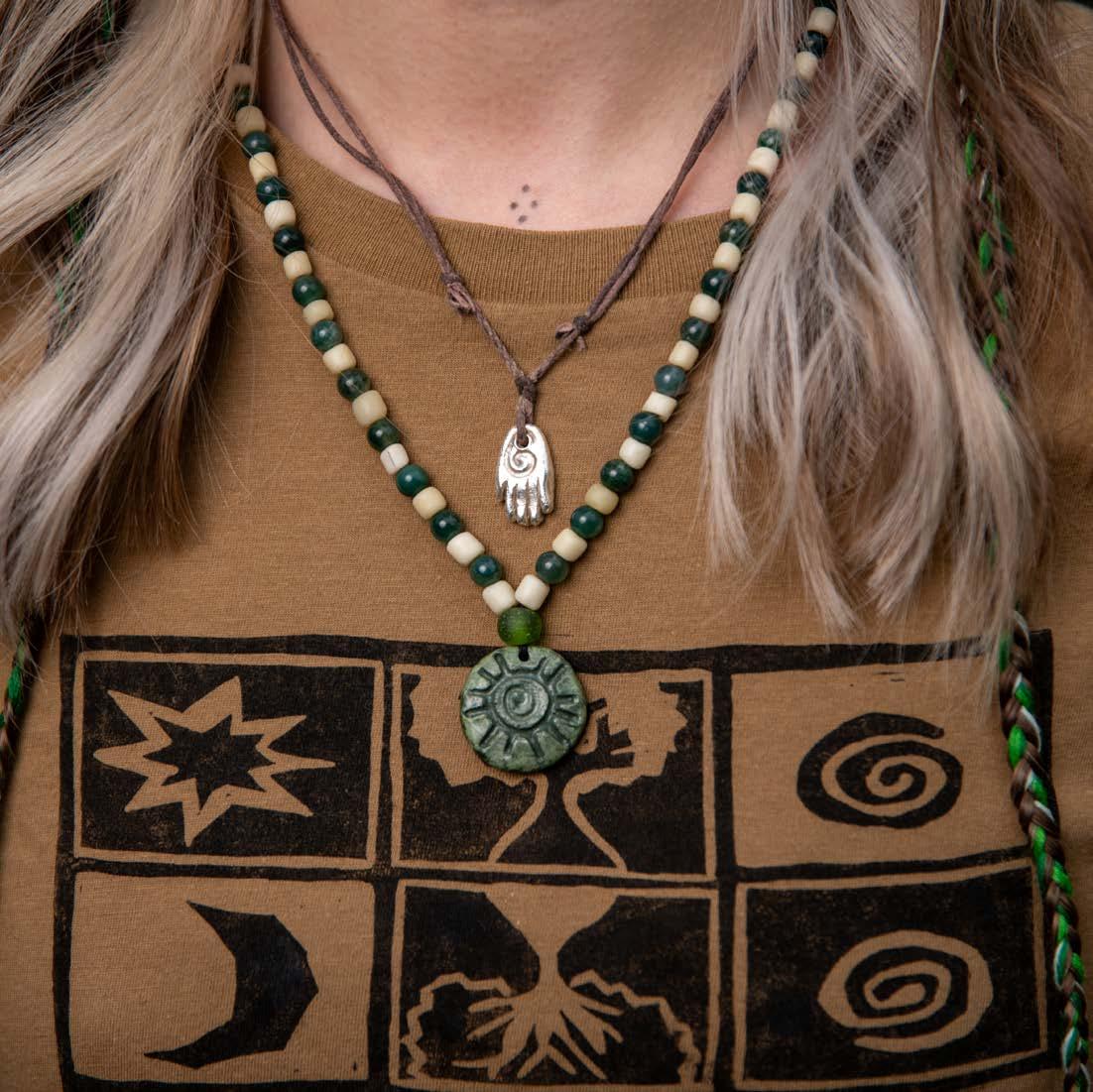

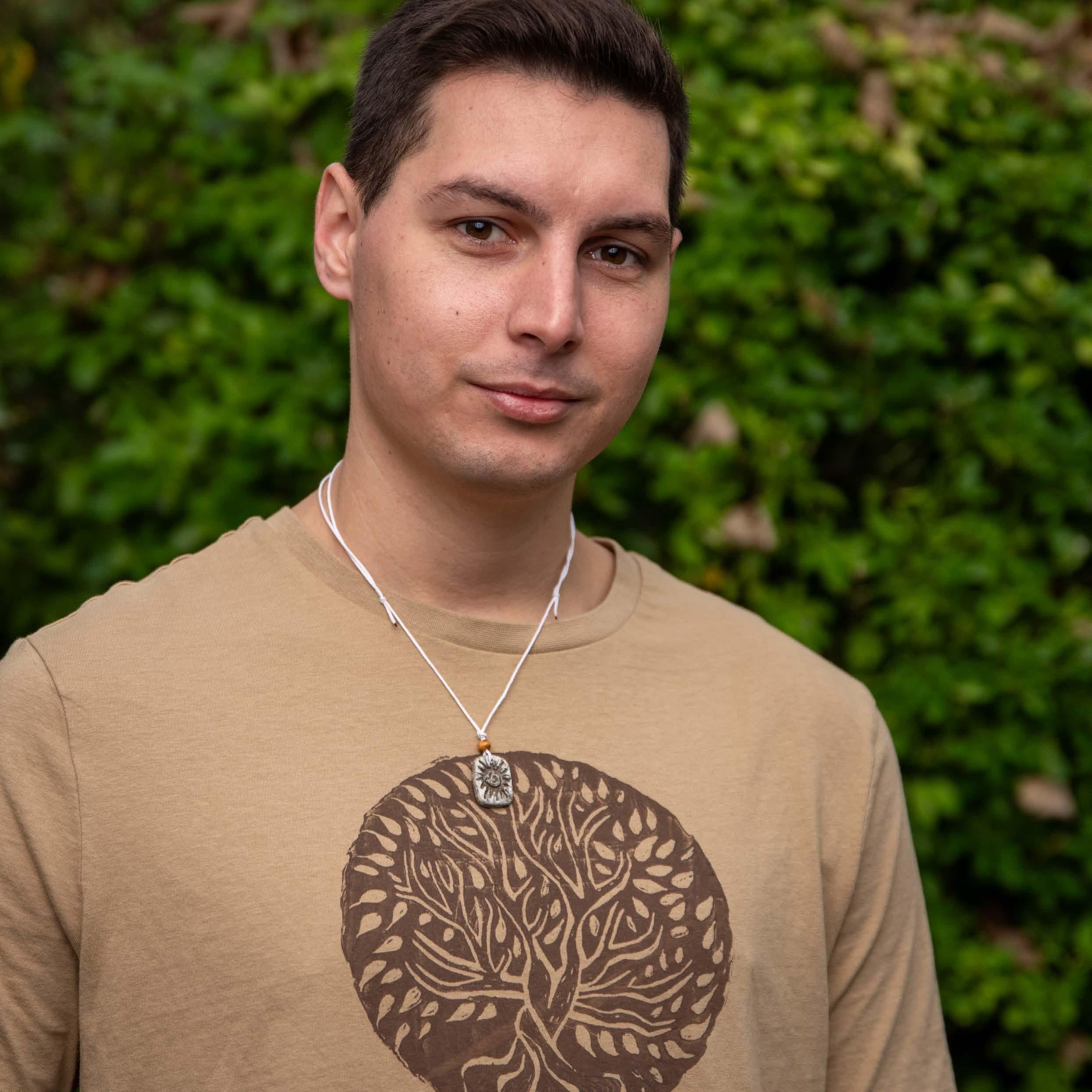



Written by Andy Eden
The area around Thetford is home to many military locations, the STANTA training area, Honington airfield, Barnham camp and the rifle ranges to name just a few. Inevitably, that means that a lot of ex services personnel have chosen to live in and around the town when they have left the forces. So it is no surprise therefore, that Thetford has its own Ex Service club, one of only two in Norfolk. I spoke to Stuart McDonald, the club secretary, to find out more about it.
We sat down in the bar with a cup of tea, having first taken a tour around the building and garden. It is a little off the beaten track, located, as it is in Bridges Walk, but very accessible despite that. If you decide not to drive there, a short walk across the bridge over the Little Ouse will bring you out to the old Coffee Mill on one side of School Lane

car park in the centre of town.
At the back of the building, or possibly the side depending on where you approach it from, there is a sizeable garden which at one time had been a bowling green. More recently this has been changed into a family friendly garden with seating and over to one side, children’s play equipment. A ramp has been built in to allow easy access for wheelchairs or prams and pushchairs. For parents peace of mind, it is also a secure area fenced all round. This emphasis on making the garden a place for families to enjoy is something that runs throughout the club.
At one time membership was limited to ex service personnel. That is, after all, what it says over the door. Now, though, things have changed a little.

While, if you have served in the forces, regular or part time, you are entitled to free membership, others can join now as well. Someone wishing to sign up would have to be proposed by an existing member and pay an annual fee. In the first year, membership is £20 for an individual or £30 for a couple. If you are an OAP the fee is halved. In the second and subsequent years membership is £12 or £20 respectively and just £2.50 or £5 for pensioners.
As with every other pub, club and hospitality venue, Covid posed a very real challenge. Since then the committee, with the aid of many of the members, has worked very hard to renovate the club and improve the facilities. The building has had extensive rewiring done and redecorating throughout. Solar panels are now being considered as a way of saving on energy costs and the air con appears somewhere on the ‘To Do’ list. Many of the everyday processes associated with running the club have now been automated. Accounting software makes the financial side of things easier to run and understand, while membership cards that can be swiped also help the record keeping. These days CCTV cameras can be monitored from a mobile phone.
The club now boast no fewer than four pool tables, two of which are in a dedicated room. The Thetford and District Pool league have 20 teams playing in it and it speaks volumes, that 7 of them meet at the Ex Services Club. They also have darts teams and regular cribbage games. Teams at the club also play in the Red-tooth poker league. The club also has a tote, the pot of which has on occasion risen to as much as £14,000 and was recently won for more than £14,000. It would seem that the Ex Services club is treading the right path because the pre Covid membership of


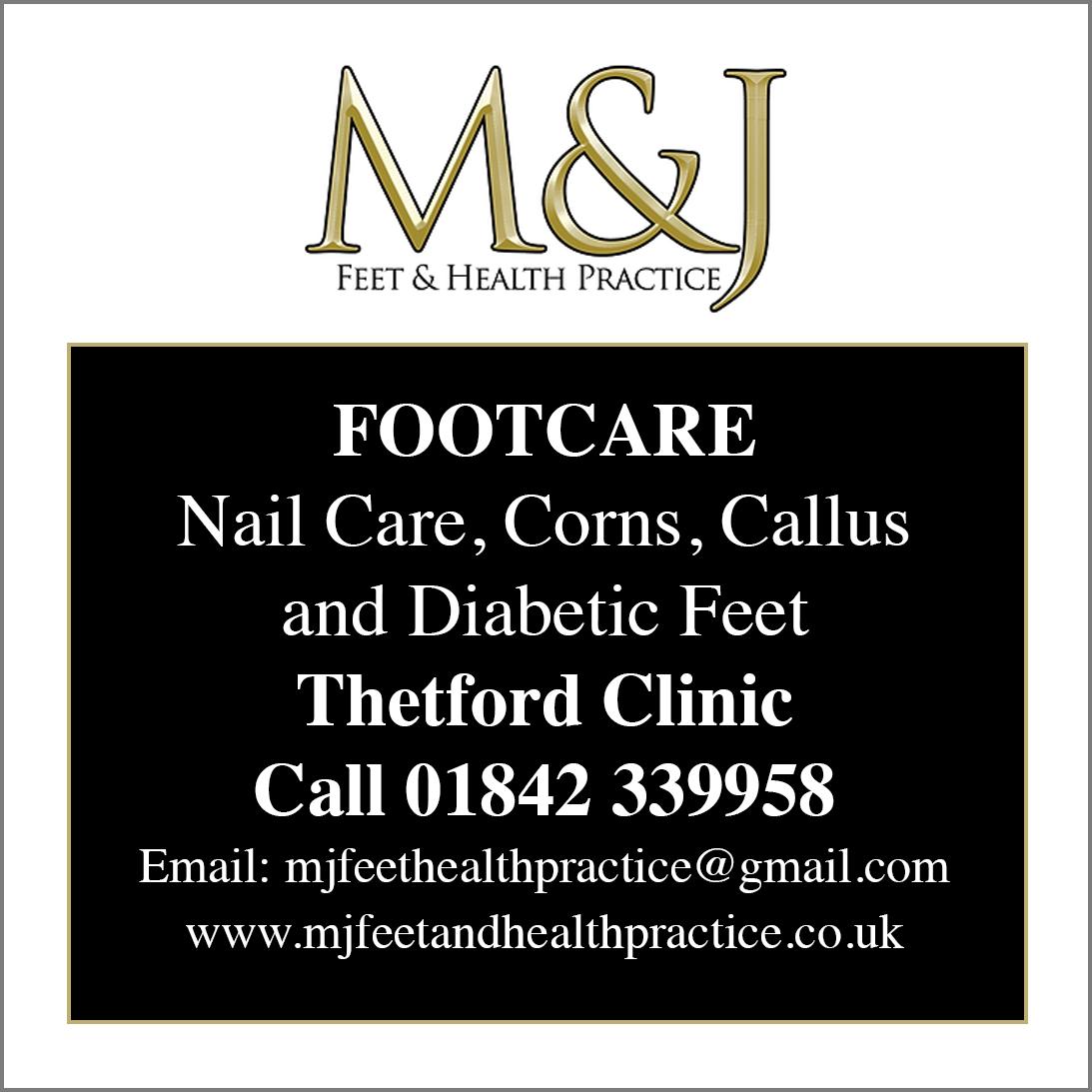

•
•
•
•




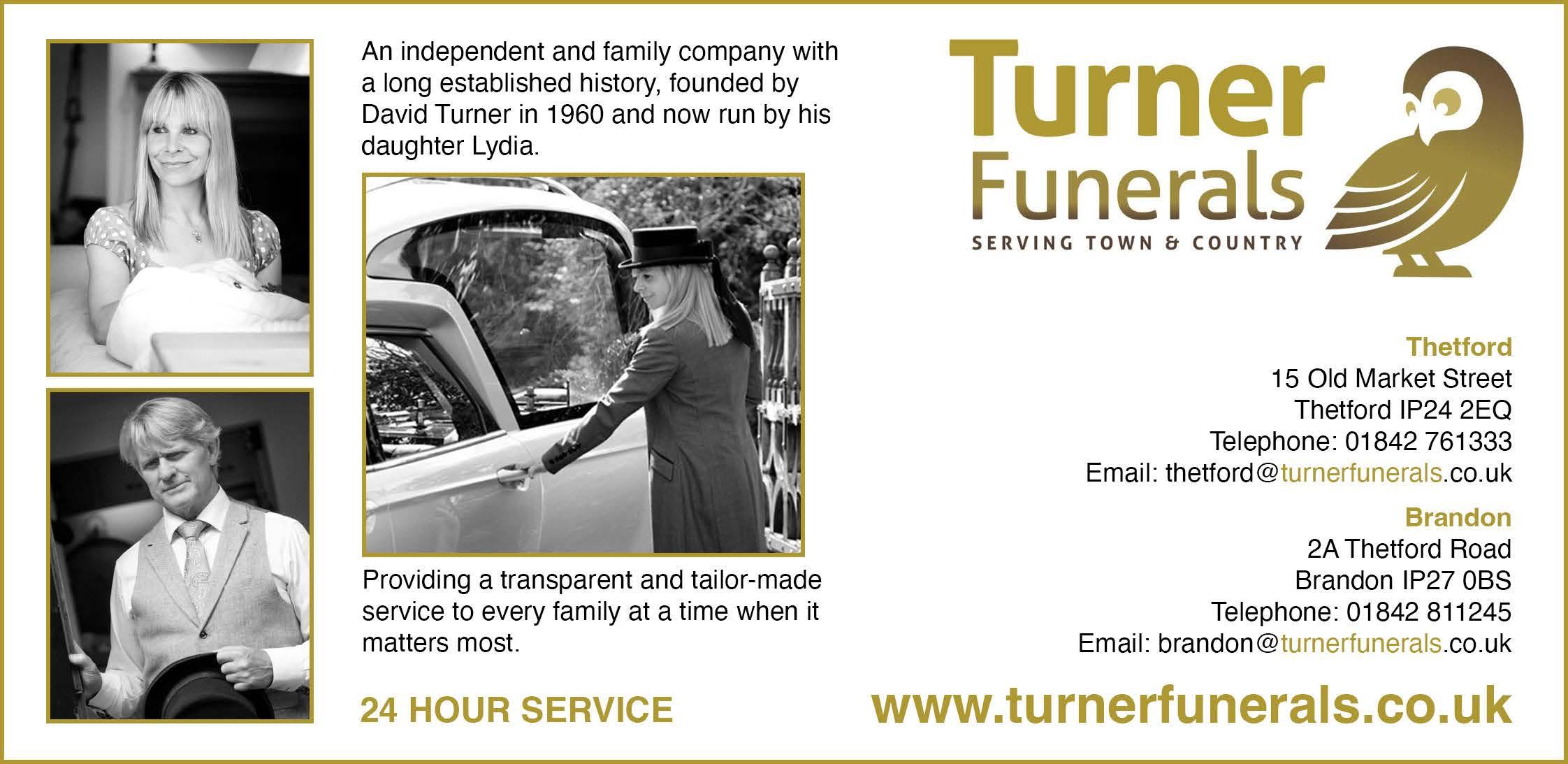
between 600 and 700 has increased to its present level of just over 1,000.
There are two bars available. The first has one of the pool tables, a darts board and seating for families or groups to sit and enjoy a drink. The next one is a sports bar with TVs so various sporting events can be watched in good company. As well as these two, there is an events room which has its own bar. This can be used if the club is very busy or for special events such as race evenings or annually, watching the televised Cheltenham race meeting during which, brunch is provided. It can also be hired out for private events such as birthday celebrations.
There is entertainment provided every Sunday and the club enjoys a very good relationship with the promoters. Because of that and the regular nature of the bookings they are able to book a year ahead ensuring continuity of performance and quality of the acts . The club also has disco and karaoke nights using the lighting and PA equipment they own. For many, particularly the older members, the chance to get out and meet friends during the afternoon is very welcome. To accommodate this, the club has increased the hours it is open during the afternoon. As Stuart explains, with heating costs rising dramatically, it is good for some of the older members to come to a warm place and see their friends.
This way of thinking runs through everything the club does. It has a code of conduct which every new member is given and it is strictly enforced. They are very mindful of their neighbours, being located in a residential area, and do everything they can to avoid causing a nuisance. Whether this is leaving the club quietly at night or what’s happening in the garden on a Sunday afternoon. If


there is an event held in the garden, leaflets are delivered to the immediate neighbours advising them and offering them the chance to come along. At Easter, Halloween and Christmas the club holds a free party for the children with Easter egg hunts and other events.
The club works closely with the brewer Greene King going beyond just ordering its beer. With its help they are able to lay on annual trips to race meetings with the cost of the coach being covered. They attend Newmarket, Chelmsford and Fakenham with all trips proving very popular and getting quickly booked up. The club is also establishing an active relationship with the charity SSAFA, the Soldiers, Sailors & Airman’s Family Association. Advisers will attend the club offering its members help with everything from financial matters through disability support, wellbeing and benefits to health concerns including mental health. Help will also be provided to people who are having problems with the tricky process of applying for help and benefits.
The Thetford Ex Services Club takes its philanthropic role further than helping its own members though. In 2024 they have decided that every year they would support four charities. Since that decision was taken last spring there has only been time to help three, as it is not a full year. By having raffles, collecting boxes and events, the club firstly managed to raise £565 for Dementia UK, then £656 for The Stroke Association and finally for this year, £1,246 for the mental health charity Mind. This included ten members of staff running between them, 601 miles. The steady increase in funds raised, suggests great things for 2025.
Unlike a pub which is a commercial concern, a club is run for the benefit of its members. The Thetford Ex Services Club has taken this idea and run with it, expanding the definition as it goes. At the basic level, members are given a welcoming place to meet with friends and enjoy the facilities on offer. Add to that the organisation’s care for its membership, both collectively and individually, where they provide help and assistance as well as special events to enjoy, and you have a place which is quite special. To put the icing on top of this particular cake though, the club cares about the wider community and seeks to help them through its charity work. If you are ex services, either regular or part time, or are asked to join by an existing member, you might like to consider being a part of it.


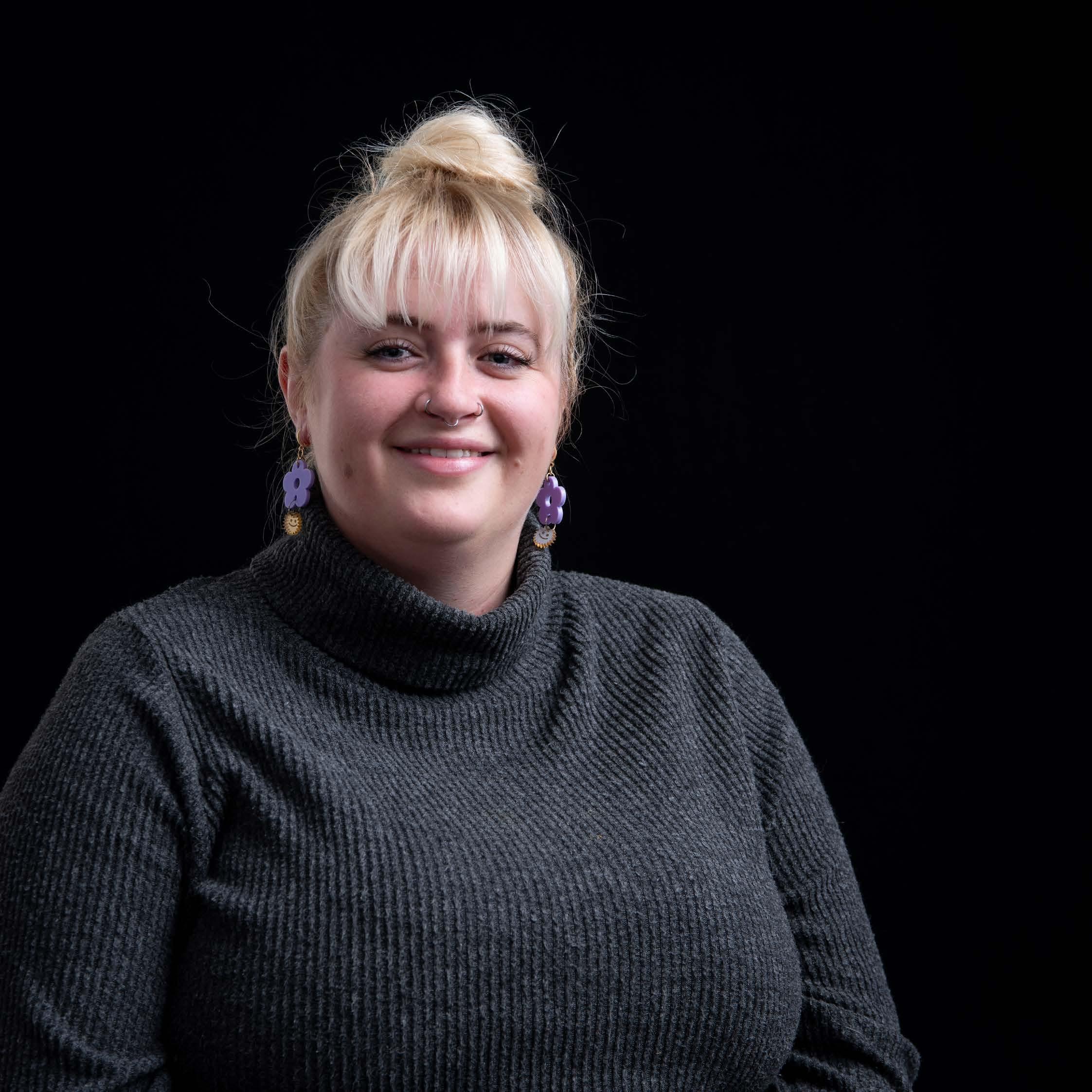
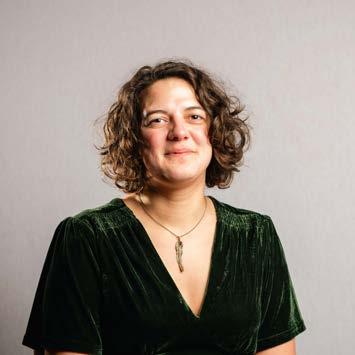
Written by Jude Clay
There has been a market square in Thetford since the early 13th century and, since then, there has been a trade in everything from fish and meat, cheese and corn, to timber, hay and leather. In 1837 a row of permanent shops, The Shambles, was built on the edge of the market. And, on the 11th of February 2023, a new feature of Thetford took its place in the market: a cakery.
The bright pink and orange shop-front and the block writing, illustrate the makeover the world of baking has had in recent years. Gone is the image of the domesticated housewife in her apron baking fruit pies for her husband to come home to, we are now in the era of baking as a form of creative expression. It’s time for baking to be fun again. Enter Jess Doe.
Born and raised in Thetford, Jess took the plunge into being a business owner in the market square

because, “if someone else opened a bakery in Thetford and it wasn’t me, I’d be absolutely gutted”.
Trained as a chef, Jess’s work took her round the world from the French Alps to New York as well as across Norfolk and Suffolk. It was while working here that she began baking celebration cakes for people in her spare time. She even converted a horsebox into a Puddin Shack to sell some of her bakes, relying on word of mouth and social media to spread the word about when and where she would be open. Picking up a cake or two became many Thetfordians’ weekend treat.
When her employer at the time asked her to increase her hours, she was forced to confront giving up the Puddin Shack. But she had accidentally discovered that what she loved most was baking for people and being part of the culture of her


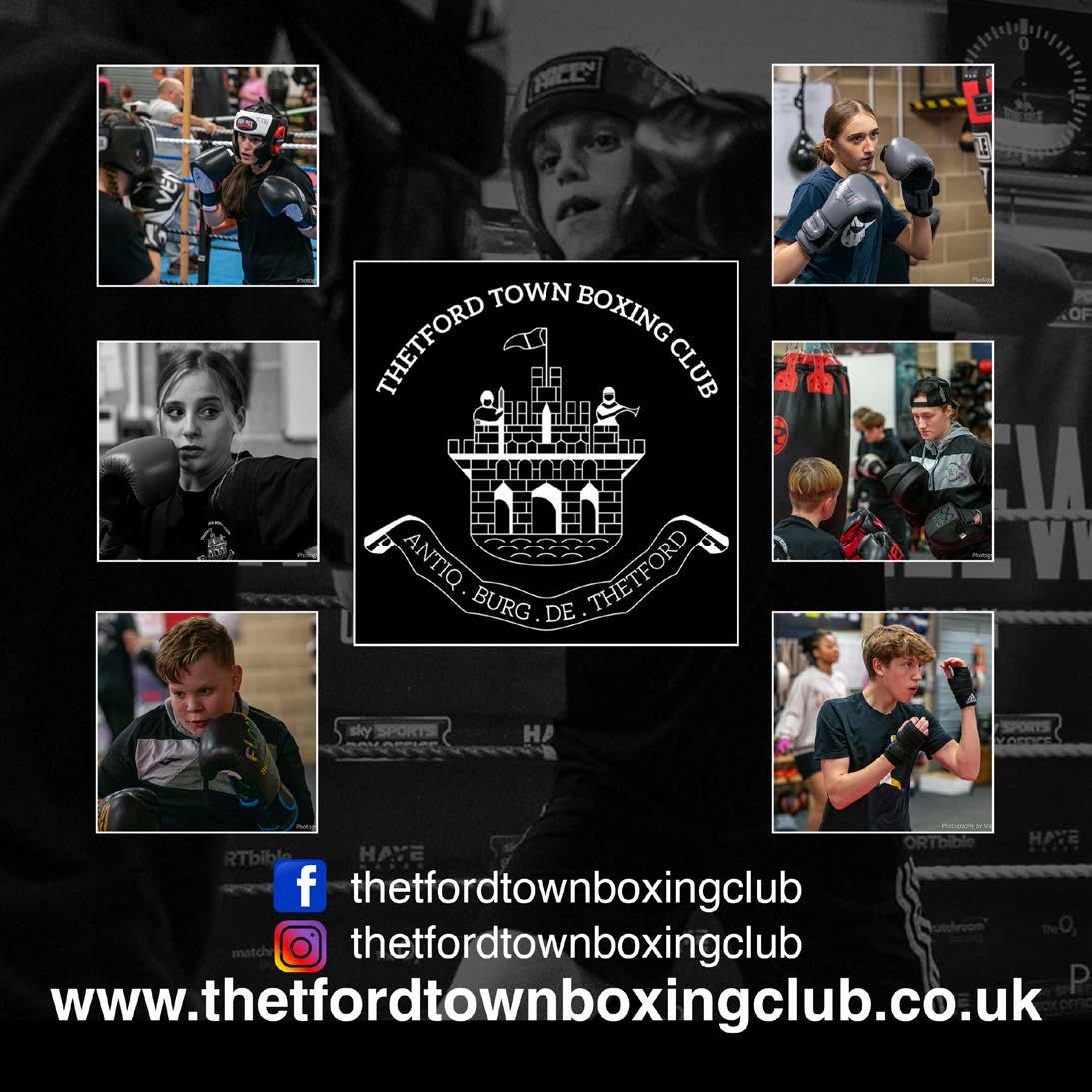
hometown. So, at the start of 2023, the horsebox found a home made of bricks and mortar, PUDDIN was in town.
This was a family affair; the love of baking often is. Taught to bake by her Mum, Heather, Jess grew up making butterfly cakes and apple crumbles for the family. Now, launching into a new era of her life, her Mum was on hand again. Whilst Jess prefers the background role of working in the kitchen, her Mum is happy to chat to customers all day long. She became the face of the business and even earned the name “Mumma PUDDIN”.
The choice to open a cakery, rather than a bakery, was deliberate. Of course, everyone loves good, fresh bread, but this shop is about fun. The bakes aren’t too “perfect”, they’re not gourmet or the delicate patisserie of Paris, this is baking that celebrates the joy of food.
PUDDIN’s menu changes every week, concocted by Jess and what she wants to make. And, because everything is homemade fresh in the kitchen above the shop, Jess can tailor it however she wants. The sorts of bakes on offer have included: raspberry cheesecake brownies, happy hippo stuffed New York cookies, May the 4th Wookies and pistachio millionaire shortbread. Seasonal holidays, of course, call for an out and out display of themed bakes from pink-topped jammy dodger blondies on Valentine’s Day, green “witches’ finger” shortbreads at Halloween, and even minipancake-topped cupcakes on pancake day. And, if you want some savoury before your sweet, they also create a new selection of savoury bakes each week like flavoured sausage rolls, savoury brioche swirls and hot honey cheese

scones.
This isn’t just novelty baking though; Jess’s training and experience means these bakes are the highest quality. Her recipe for chocolate brownies is one she created and perfected 15 years ago and she knows the classics have become classics for a reason. Customers can always find their cinnamon buns, fruit scones, carrot cake, Viennese whirls or Mumma PUDDIN’s recipe bread and butter pudding. But Jess resists the shortcut of repeating regular bakes week in week out purely because she is enjoying trying new things. And she challenges the town to try new things too: tres leché cake, miso salted caramel bacon cookies, and even spicy Cheeto brownie balls.
This recipe of quality and experimentation is working. Jess and Heather talk about how their favourite part of PUDDIN is the relationship they’ve built with the town and their regular customers. They talk about the commissions they received how, often, they form an unusual but beautiful part of people’s lives. Yet in October 2024, they made the decision to stop taking commissions, purely because they are no longer able to meet the demand. Jess bakes 16 different bakes a week, on Mondays and Tuesdays, decorating them on Wednesdays so the shop can be open Thursday to Saturday and, though it pains her to turn commissions away, she’s thrilled business is going so well.
Almost exactly a year after PUDDIN opened, Jess took on shop manager, Kerri, and it will now most likely be her who greets you when you pop in. Having studied psychology, Kerri jokes she uses her degree more than she thought she would, in the therapeutic chats she ends up having with customers. She’s a perfect fit to the
family-team, and does make it easy to talk, as well as tolerating Jess’s last-minute changes to the menu with good humour and only threatening to quit “once or twice a week”.
Kerri brings a new strand of creativity to the business, coming up with ideas for where PUDDIN can grow. A perfect people-watching alcove has been created outside the shop with table and chairs, and the cakery now offers speciality drinks as original as their bakes. Biscoff and white chocolate hot chocolates and cinnamon roll lattes go down a treat as the cold weather draws in.
One of Kerri’s most popular ideas are the Hot PUDDIN Nights which take place every few months. The nights involve bakes, served hot with either ice cream or custard and have introduced Thetford to the legendary Bruce cake, a vast, ten-layer, chocolate ganachesmothered delight.
Jess is the first to admit she doesn’t exactly have a plan. After all, she never really meant to be a business owner. However, perhaps spreadsheets and five-year plans are not really what it’s all about anyway. Like baking, perhaps it’s time business had a makeover.
The market still comes to Thetford twice a week, the fish and the vegetables still sold on the cobbles just like they used to be but, now there’s a splash of colour in the Shambles. A joyful way of doing business that’s not about making a fortune and starting an empire, it’s about a woman baking cakes for her town. After all, as Jess puts it herself, when she’s trying to bake thirty layers of Bruce cakes in a tiny oven, or too tired to cook herself dinner for the second day in a row, “the only thing you do it for is love.”
by Martin Angus
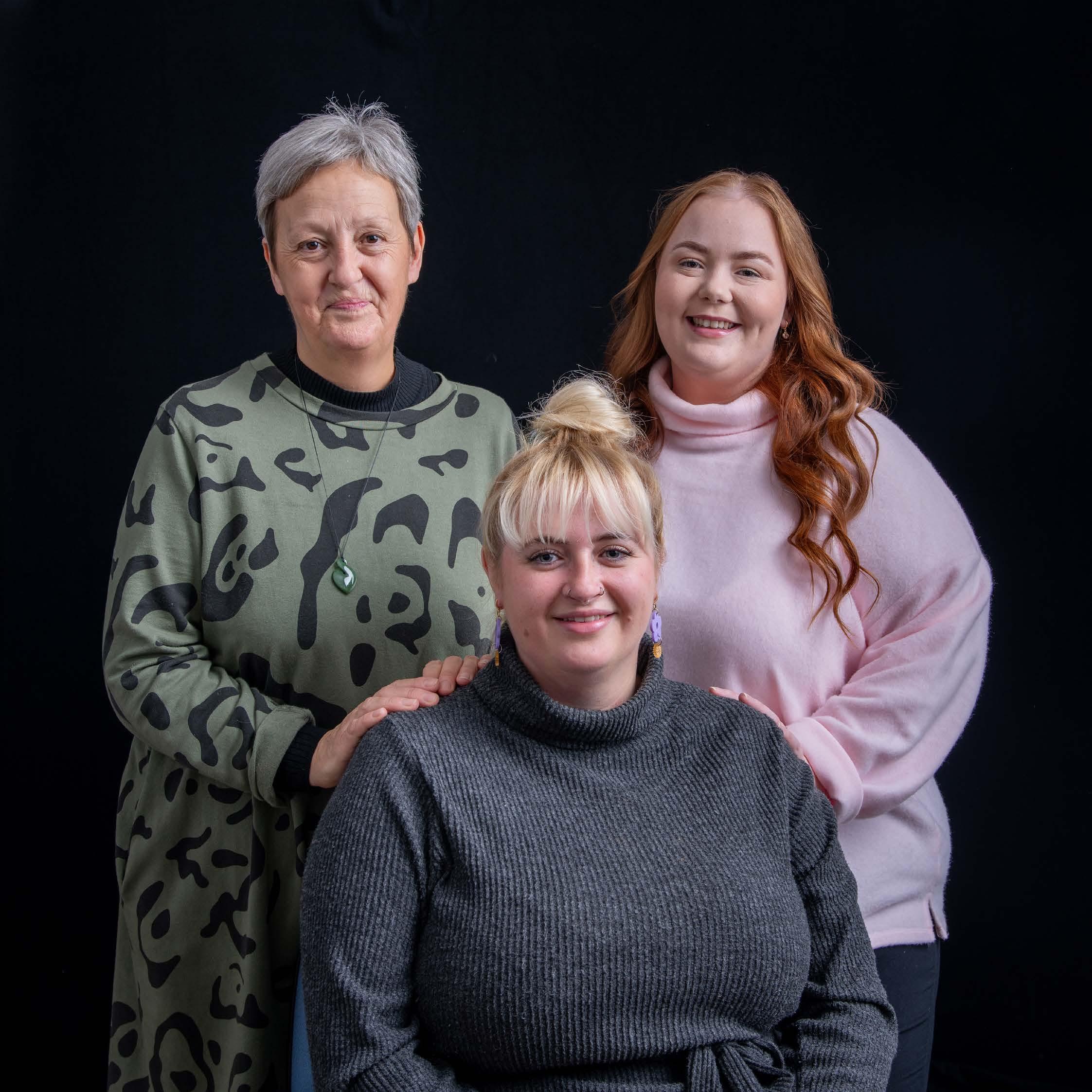
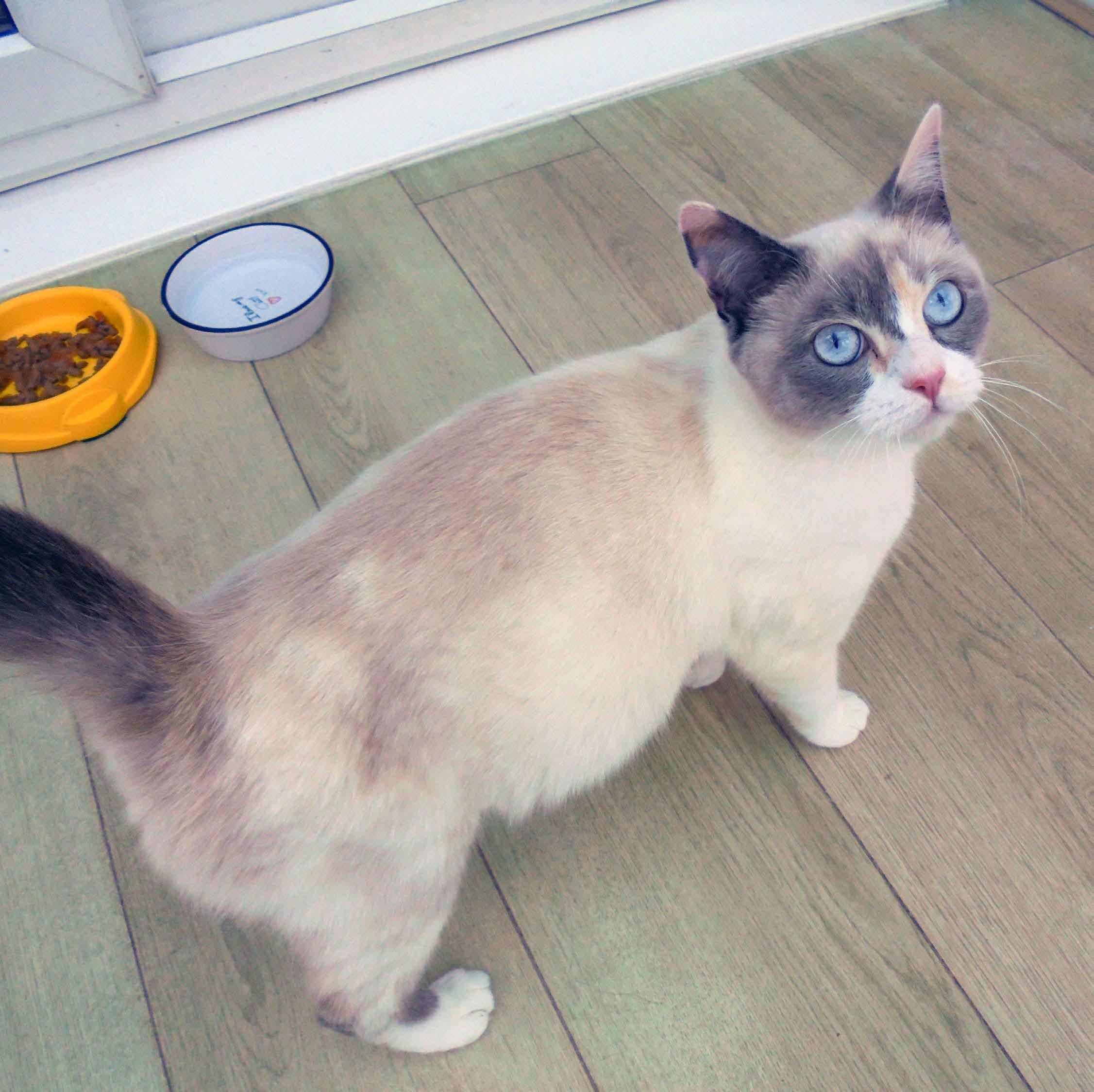

Written by Rita Thompson
In July of this year I was asked by our vet, Eastgate in Thetford, if I could take in a pregnant cat. I had a space at the time, so I was happy to be of help. But I did ask them to blood test her for Feline Aids and Feline Leukaemia first, which are both viruses in cats and can be fatal, although the cat may not be showing any symptoms to start with. She was also flea’d and wormed. We always carry out this procedure on pregnant cats before the kittens arrive. If mum is virus free, then the kittens will be too.
I picked up Lily from our vet a day or two later and found that she was the most stunning Rag-doll cat, with beautiful blue eyes. She is a pedigree – a first for us, as we only usually foster domestic cats and more often than not, they are black. The vets thought she was imminent to give birth. So I brought her home and set her up in my ‘cat’ room, with a cosy bed, food and water and waited.
Apparently, Lily was found in Bury St. Edmunds by a member of the public and taken to the Bury branch of Eastgate vets, where it was found that she had a
microchip. This gives all the details of the cat, name, age, breed, and her owners details. The vet’s rang the mobile number on the microchip details, and was told that the family had moved to London, and when they got there, they realised the didn’t have Lily, They asked the vet to put her in a taxi and send her to London, and said that the vets could pay for the taxi. Obviously that didn’t happen, but all attempts to contact the owner afterwards, failed. They had blocked their mobile number and didn’t reply to the email address on the microchip details. My own theory is that Lily came into season during the move, escaped from the house, and found herself a mate, or maybe two. I was sure she wasn’t carrying pedigree kittens, as the owners would have wanted her back because they would be worth a lot of money. Ragdoll kittens sell for around £400.
The only problem with Lily is that she tended to be a bit aggressive. I would stroke her and she would be purring loudly, and then suddenly she would bite or scratch me. The vet and the vet nurses had all been caught by Lily. But we have no idea what her home

life was like before she came to us. Maybe they were not kind to her, maybe they hit her. We will never know and she couldn’t tell us.
I made excuses for her all the time, that she was so big and uncomfortable being pregnant that it made her bad tempered, but things with Lily never changed. She was always ready to have a go – but I got used to her and I could tell when she was about to lash out, and kept my hands out of her reach.
Three weeks went by with no sign of kittens. Lily was getting bigger and bigger and looked liked she had swallowed a football! I took her to the vets to check that there were kittens in her tummy, and they scanned her and said the kittens were very squashed and they could only hear one heartbeat. But the very next day Lily gave birth to 5 beautiful babies. None of them were like mummy, but at least they were not all black! I lived in fear that the father was a black tom and all the babies would be like him. (black kittens and cats re the hardest to re-home) They were all different. There were 2 pale ginger and white kittens, both male. An all grey male kitten, a female grey and white kitten, and dark tortie (female – as torties always are). Lily was a good mum to start with. She let me take each kitten away from her every day to weigh them. We always weigh kittens to make sure they are all being fed, as we wouldn’t know if one of them was hungry. They did fine until they were about 2 and a half weeks old, and then mummy wasn’t eating much, and the kittens were gaining less and less weight each day. They should gain between 10-15 grams every day. So I took Lily back to the vets, and they examined her and told me that she hardly had any milk. One of the vets said – typical posh cat!
So from then on I had to supplement the kittens with milk formula. I left them with Lily, and took them 2

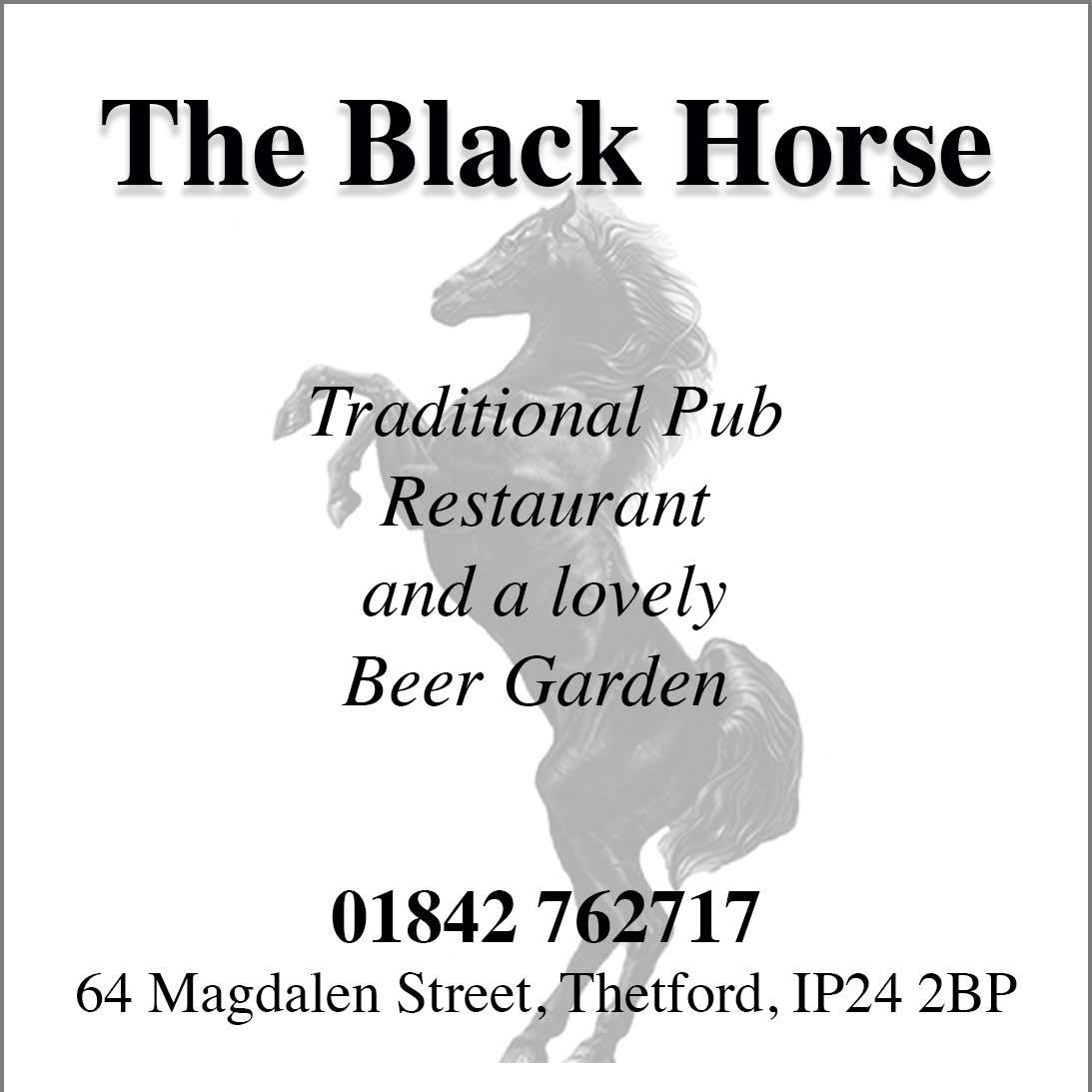
or 3 at a time into another room, and fed them with milk formula about 4 times a day. I had to take them away to feed them, as Lily also liked the milk formula and she wouldn’t let the kittens have any!
The kittens went from strength to strength then, and when they were around 5 weeks old, I took them all away from Lily, to wean them off the milk and on to solid food. At least Lily didn’t go through the discomfort that most mummy cats do, of her teats filling up with milk, and no babies to take it off her. They spend about 10 days crying for their babies and feeling really uncomfortable. But it has to be done, otherwise the kittens would still be feeding from mum, when they are 12 weeks old and more!
The kittens have now all been homed to lovely adopters after being vaccinated and wormed. Two of them went together, which was great. . The two ginger and white boys, kept the blue eyes, just like mummy. All kittens are born with blue eyes, but they change at around 6-7 weeks. But these two boys looked liked pedigree kittens.
The problem was what to do with Lily. Technically she is not a Cats Protection cat. We contacted our Head Office, and they took advice from a solicitor. We had to send the owners a recorded letter, so we know they received it, asking what they wanted to do about Lily. They did not respond, so the solicitor said to send another letter by recorded delivery, 2 weeks after the first letter, giving the owners a date to reply by – which was 30th September. They didn’t respond, so on 1st October Lily was neutered. She was then legally ‘our’ cat. Otherwise we couldn’t neuter a cat that didn’t belong to us. And I didn’t want to risk Lily coming into season and driving me crazy with her yowling. Fortunately, that didn’t happen.
So Lily was put up for adoption, hoping that someone out there would take on a cat with Lily’s temperament. We had a few enquiries, but when we mentioned her behaviour, they were put off. Then a lovely lady got in touch to say she had seen the pictures of Lily on our Facebook Page and was very interested in adopting her. She wasn’t worried about her habit of lashing out. She is a 70 year old lady, living in an old people’s complex, where she has her own bungalow, out in the sticks, near Colchester. Her last cat lived until he was 18, always a good sign of a caring owner. She came to meet Lily and was smitten. So Lily has gone off to a lovely new home and is being spoilt rotten.
If you need advice of help with the cost of neutering, please call us on 01842 810018.
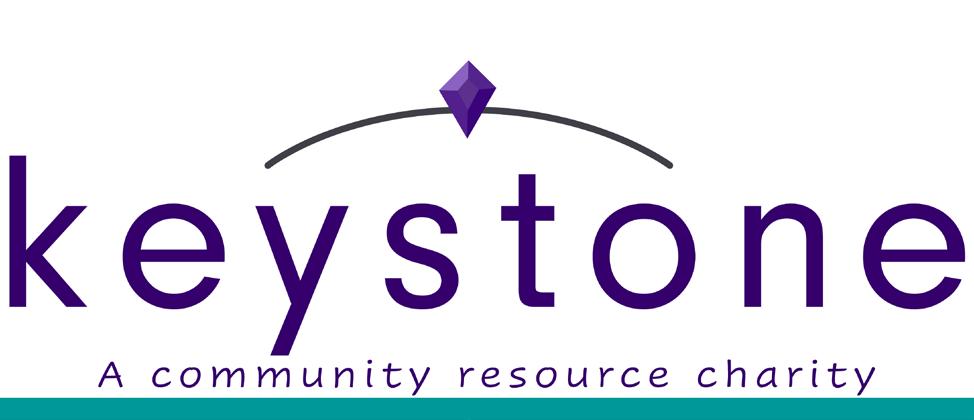
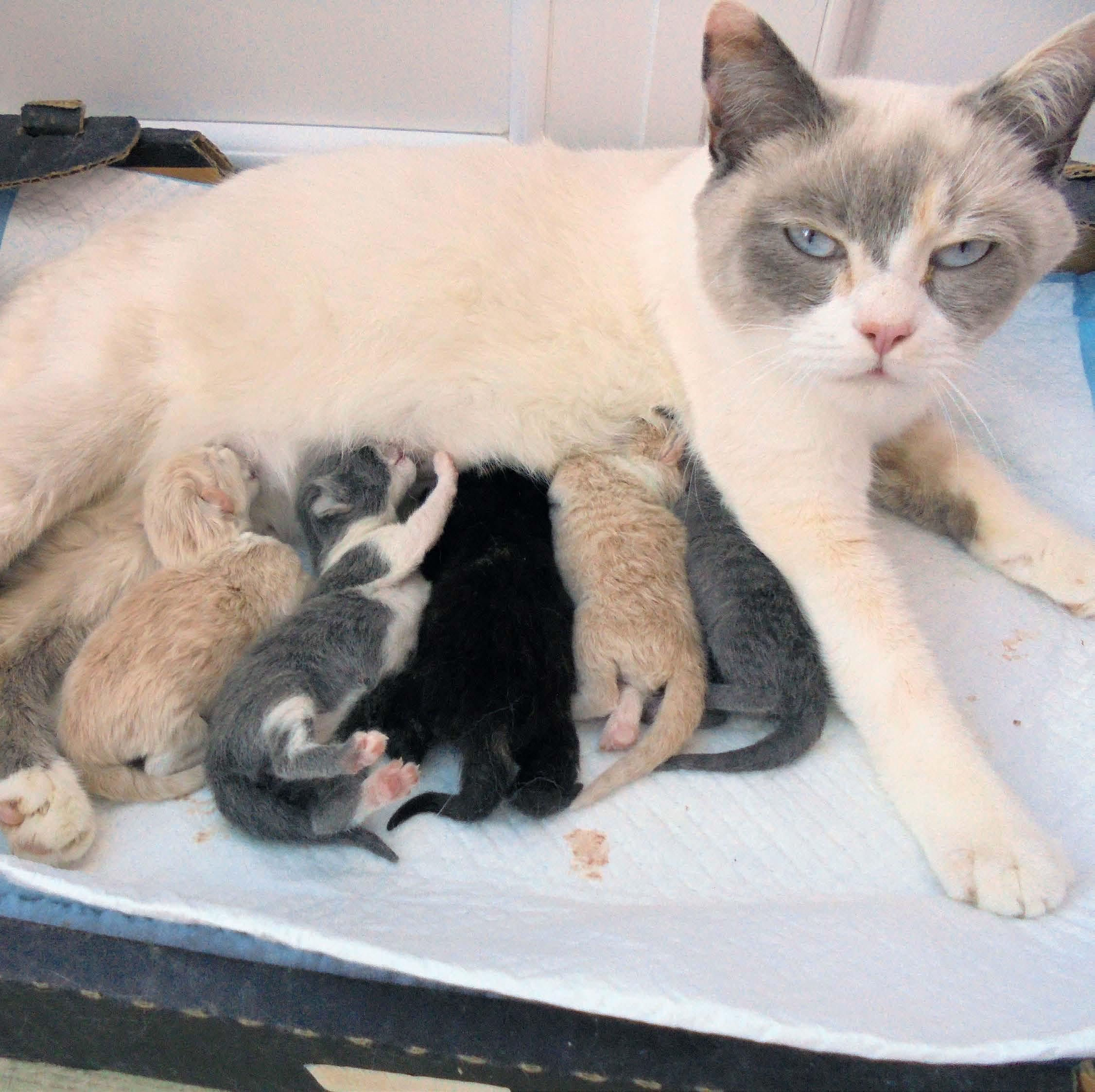
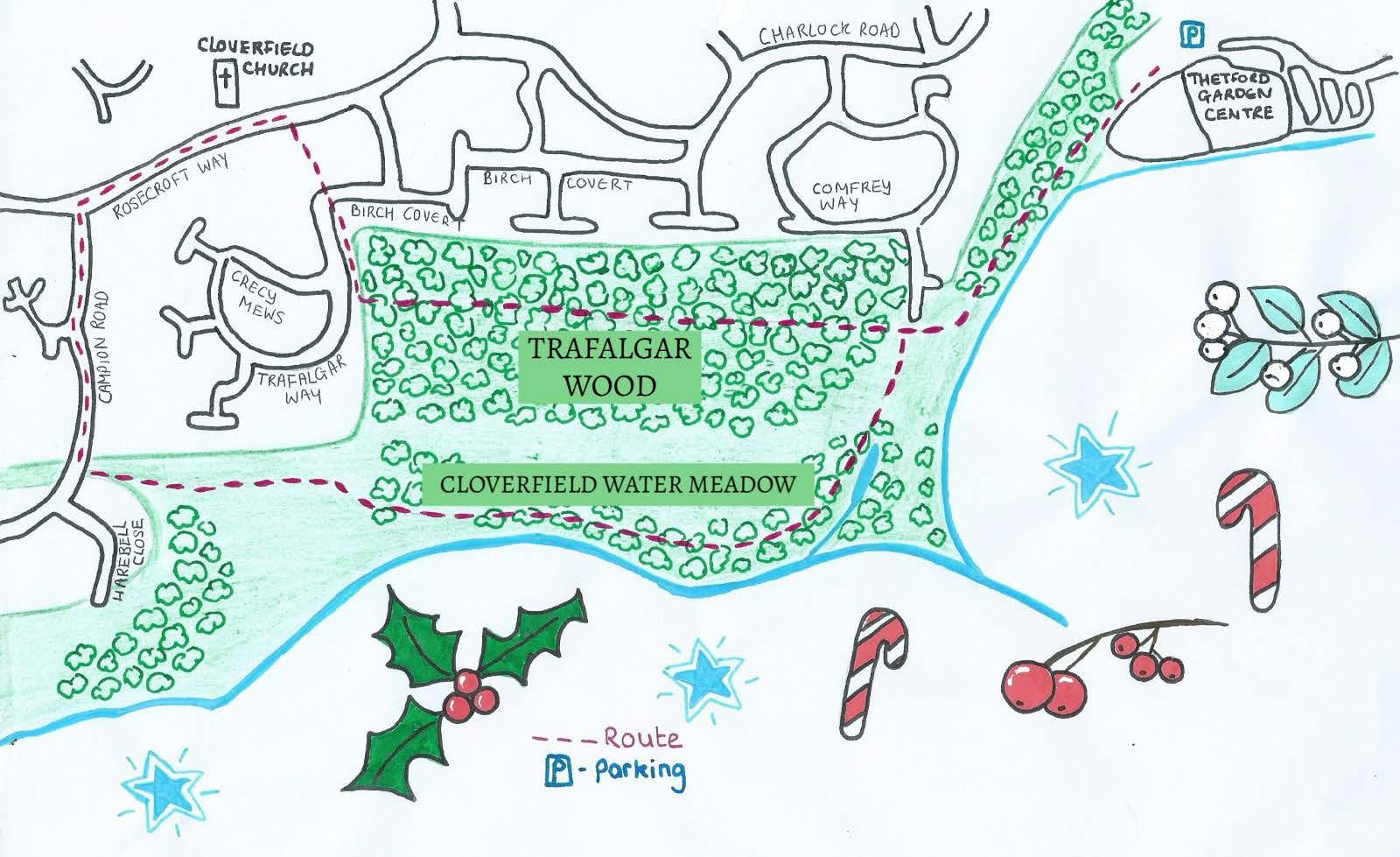
Written by Stephanie Downes
It’s December already! The colder weather has arrived and the daylight hours are decreasing so I have included a slightly shorter walk to blow away those cobwebs. This walk begins at Thetford Garden Centre nature trail and passes through Trafalgar Wood and Cloverfields Water Meadows, an area between The Cloverfields housing estate and the River Thet.
If you are driving to Thetford Garden Centre there are plenty of parking spaces, although it can get busy at weekends. To access the walk you first need to walk along the right-hand side of the garden centre and it’s outside area, continue down past the fence at the end and into the wooded section.
Follow this track until you reach a fork in the path,

take the track to the right and go straight on to enter into Trafalgar Wood, this is my favourite section of the walk and the mature trees looked especially beautiful in the Autumn, my little dogs were also particularly fascinated by the squirrels that were running around.
After carefully following the track through the woods you will arrive at Trafalgar Walk on the edge of the housing estate, here you can then turn right on the footpath and walk along towards Birch Covert. As you follow the bend in the road around the corner you will see another footpath on the left alongside some houses, take this footpath and follow it until you reach Rosecroft Way, you should be able to see Cloverfield Church and Community Hall on the opposite side of the road here.

Turn left onto Rosecroft Way and walk along until you reach the junction with Campion Road, head down Campion Road until you see another track on the left hand side, take this track and continue along the open green area, when you reach the small wooded area there is a fork in the track, take the right-hand track which will lead you onto Cloverfield Water Meadows along the edge of the River Thet. There are numerous paths around the Water Meadows and Cloverfields which all link up with each other which makes it easy to extend or adapt your walks.
After walking through some more interesting trees you can then veer left to join the track along the edge of Trafalgar Wood, turning right at the fork to head back to the Garden Centre. I like to finish the walk with a visit to the Garden Centre which is also dog friendly, Albert and Fergus always receive a warm welcome and lots of attention from the staff and they can even visit the dog friendly area of the cafe.


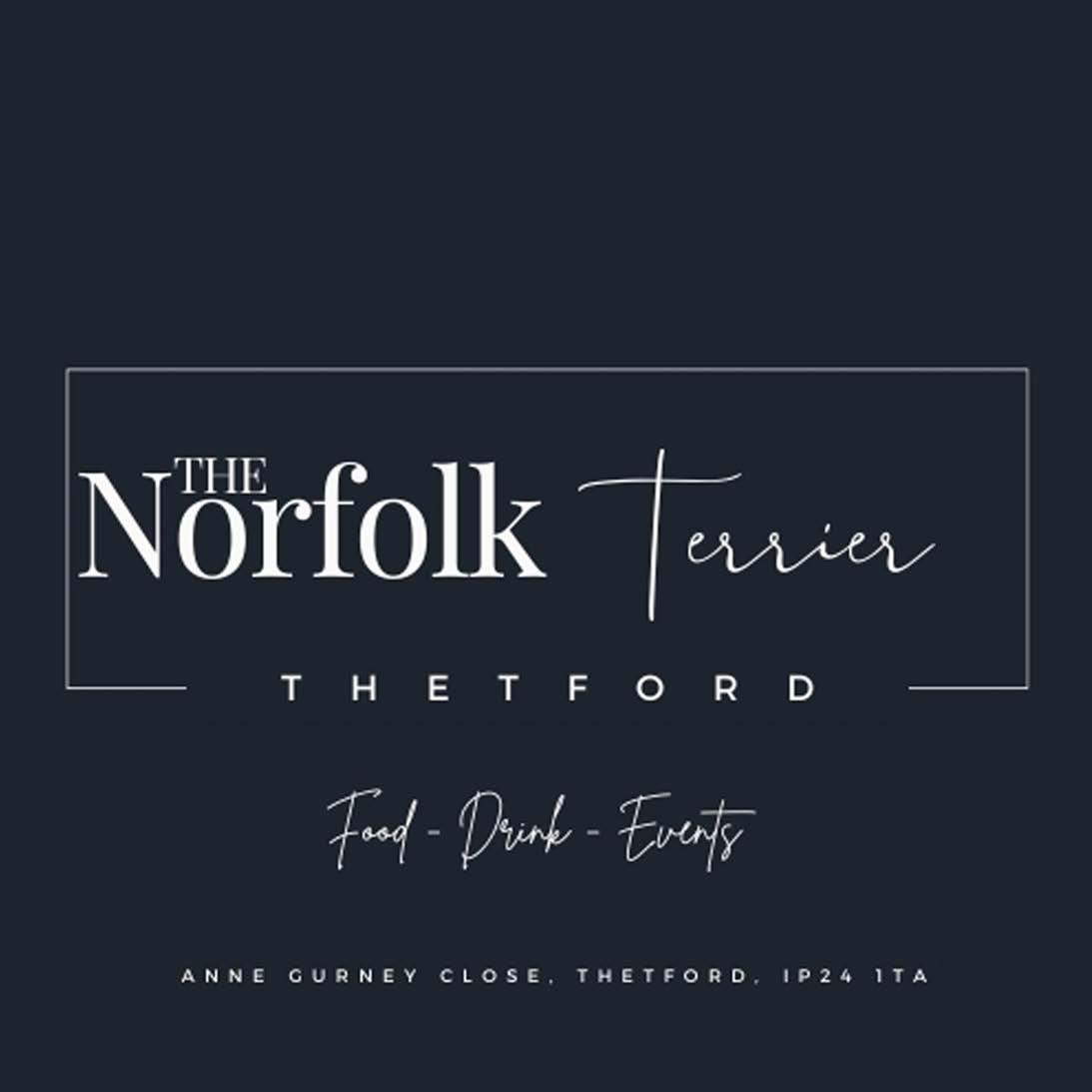
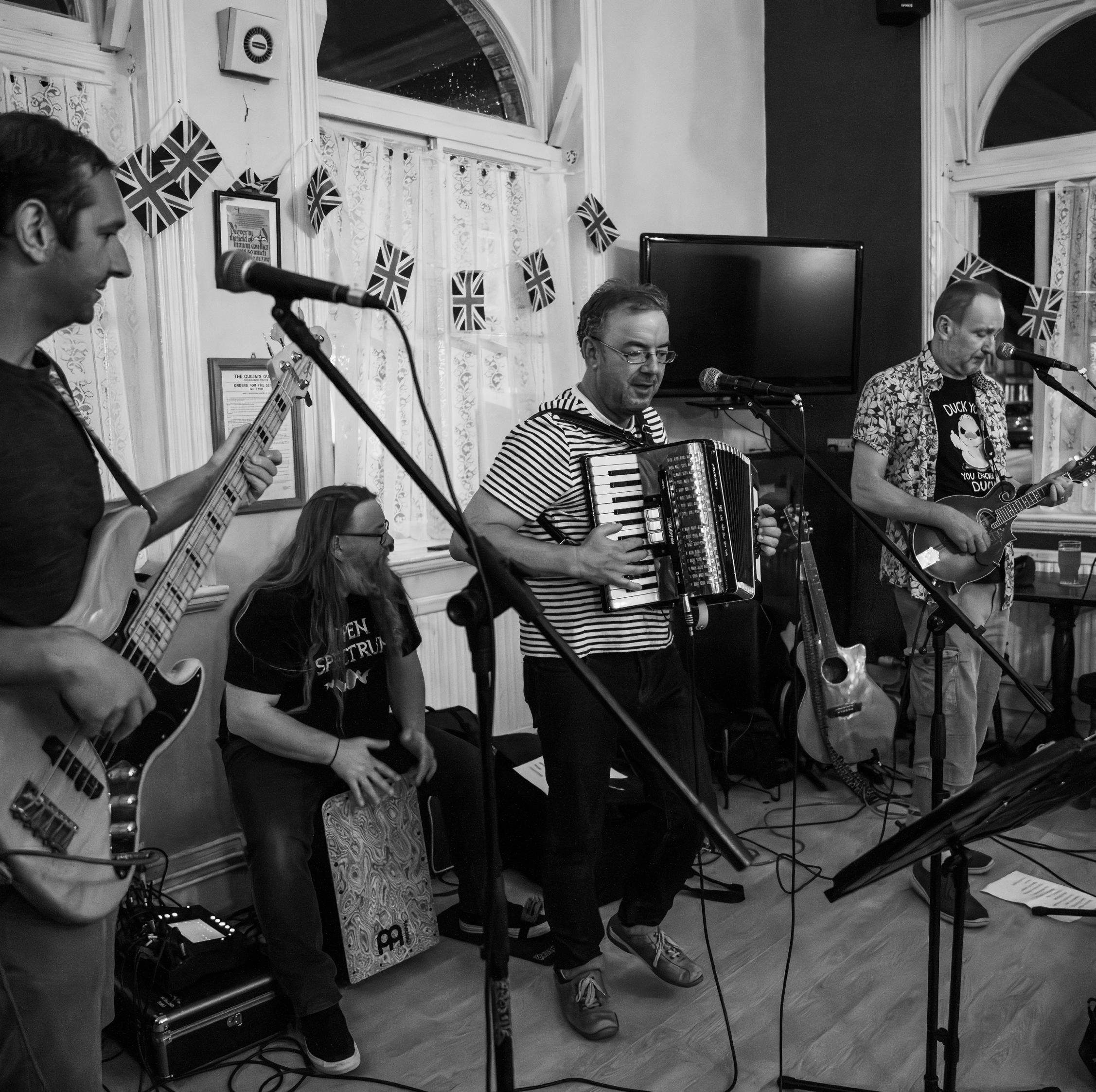

Written by Liz Gibbons
On a dark November evening, the thick fog clings to the night like a shroud, but do not worry, this is not the start of a ghost story. I’m heading back to the industrial estate to visit the Drenchfoot Brewery, this time to interview the local Folk band, Magpye. Tonight, I’m not flying solo, my friend Hollie, visiting for her birthday week, is joining me as my Interview Assistant. As we step inside, the bright lights are a welcome escape from the creeping dark. Faint strains of music guide us to the brewery room, where the cozy glow of a small heater and the buzz of cheerful conversation, set the perfect stage to talk about Magpye’s journey and their music. As we go around the room and introduce ourselves, it is clear that the group are eager to tell us all about their band’s story.
Magpye, a Folk Band with a twist, has its roots in the close friendship and evolving musical collaboration between Ron and Paul F. The journey to form the band began in the informal yet vibrant atmosphere

of open mic nights at ‘The Dolphin’ and later on, ‘The Black Horse’. Initially Ron and Paul F were playing Indie and Rock music, Paul F’s passion. As these collaborations continued, Ron, the driving force behind Magpye’s inception, began introducing Folk songs as a medium for musical ideas.
Paul F was initially hesitant and admits grudgingly, that he “wasn’t into Folk at all.” His resistance stemmed from the fact that his heart was firmly set in the Indie and Rock genres. However, this gradually started to change with Ron’s persistent enthusiasm and integrating Folk elements into their jam sessions. The defining moment that solidified the crossover to Folk came when Ron handed Paul F a mandolin. Beginning as a duo, the band later expanded, “first with the addition of a cajón, then a bassist.” The organic growth of their collaboration turned their shared passion into Magpye, a band that now reflects their unique take on Folk traditions, until “we became the Magpye you see today.”


As the spelling of the name “Magpye” suggests, they are a Folk band with a twist, encapsulating the essence of the band’s originality. “The idea of a magpie collecting shiny things resonated with me,” Ron says. “I was picking Folk songs I loved, putting our twist on them, and thought, ‘Why not embrace that identity?’ The unique spelling with a ‘y’ sets us apart—there are plenty of bands named ‘Magpie,’ but none quite like us.” By reimagining these gems in their own style, the band sought to stand out from the crowd while still honouring Folk music traditions.
Ron and Paul F have been performing together for nearly 16 years, a testament to their friendship and musical partnership. Over the years, the band’s members have changed but their current lineup has been in place since 2012. Drawing inspiration from a rich tapestry of influences, including The Copper Family, Harry Cox, and even The Beatles, Magpye weaves elements of local history and cultural heritage into their music. Harry Cox, in particular, holds a special place in their hearts, “He was a local Folk singer in the 1970s,” Ron explains. “In an era before TV, people would go to pubs and sing for entertainment. Harry had a massive repertoire of old English Folk songs, many local to our region.” His practice of singing in pubs as a form of communal entertainment resonates deeply with the band’s mission to keep such traditions alive. With this in mind, when Magpye come to write their own songs they “adapt old folk songs to fit the music we’re jamming, creating our own interpretations. Sometimes, we tweak the tune to match the accompaniment, which is how we approach every folk song we’ve done.”
This adaptation process is collaborative, with each member contributing to the arrangement and overall feel. The melodies might shift slightly, and chords might be altered to align with their interpretation, but they strive to preserve the spirit of the original songs. This fusion of old and new, allows them to maintain a connection to Folk roots while injecting their personal creativity into the mix.
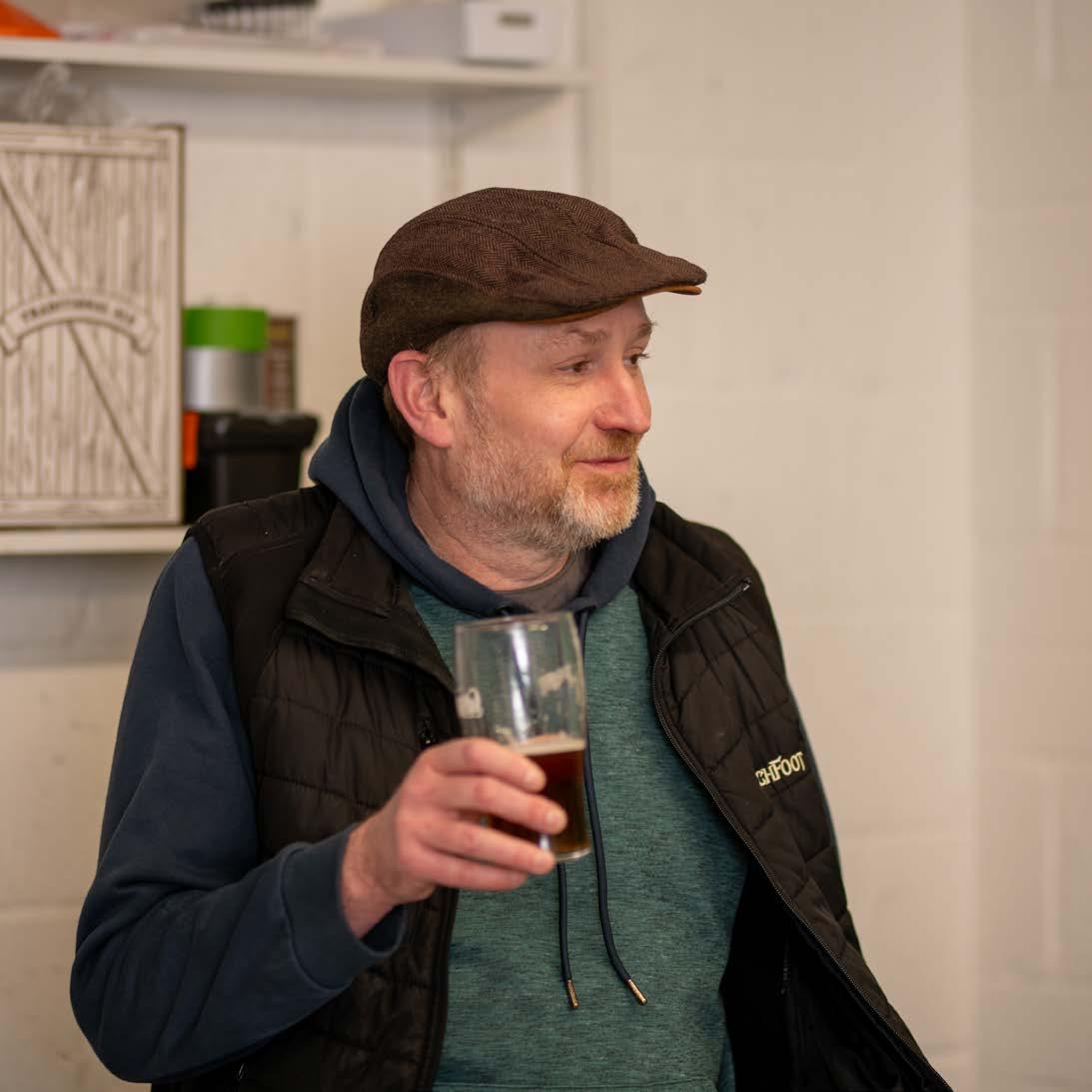
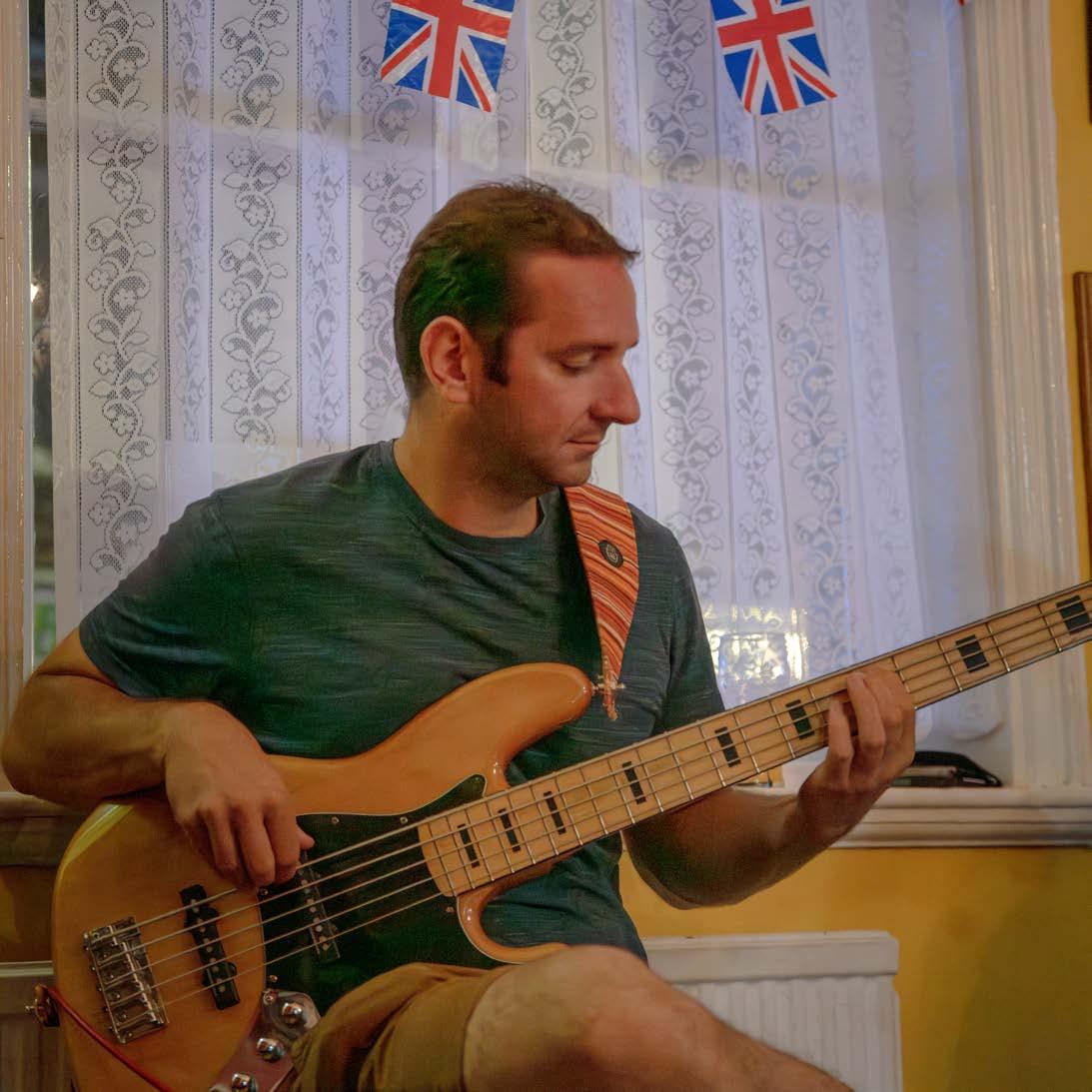
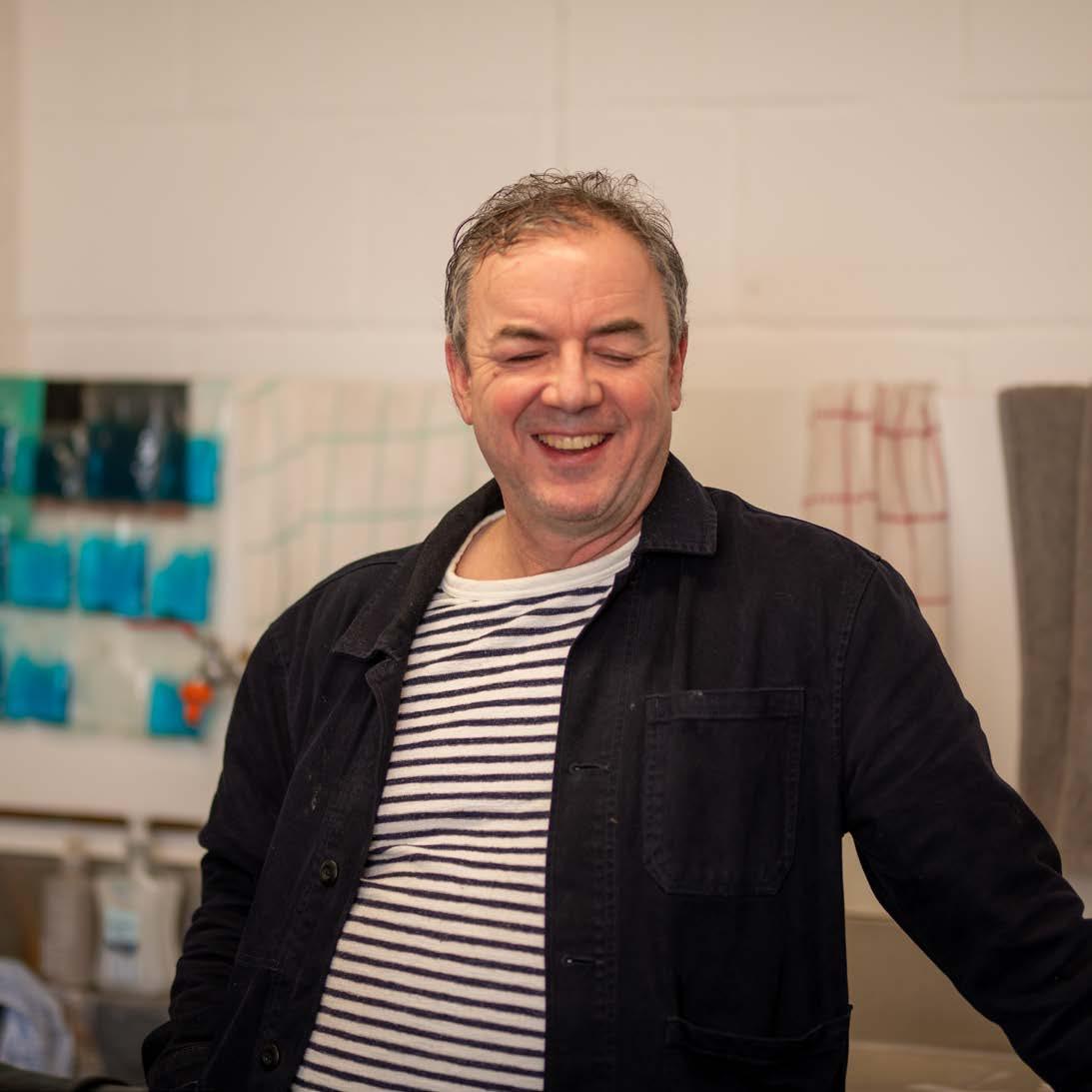
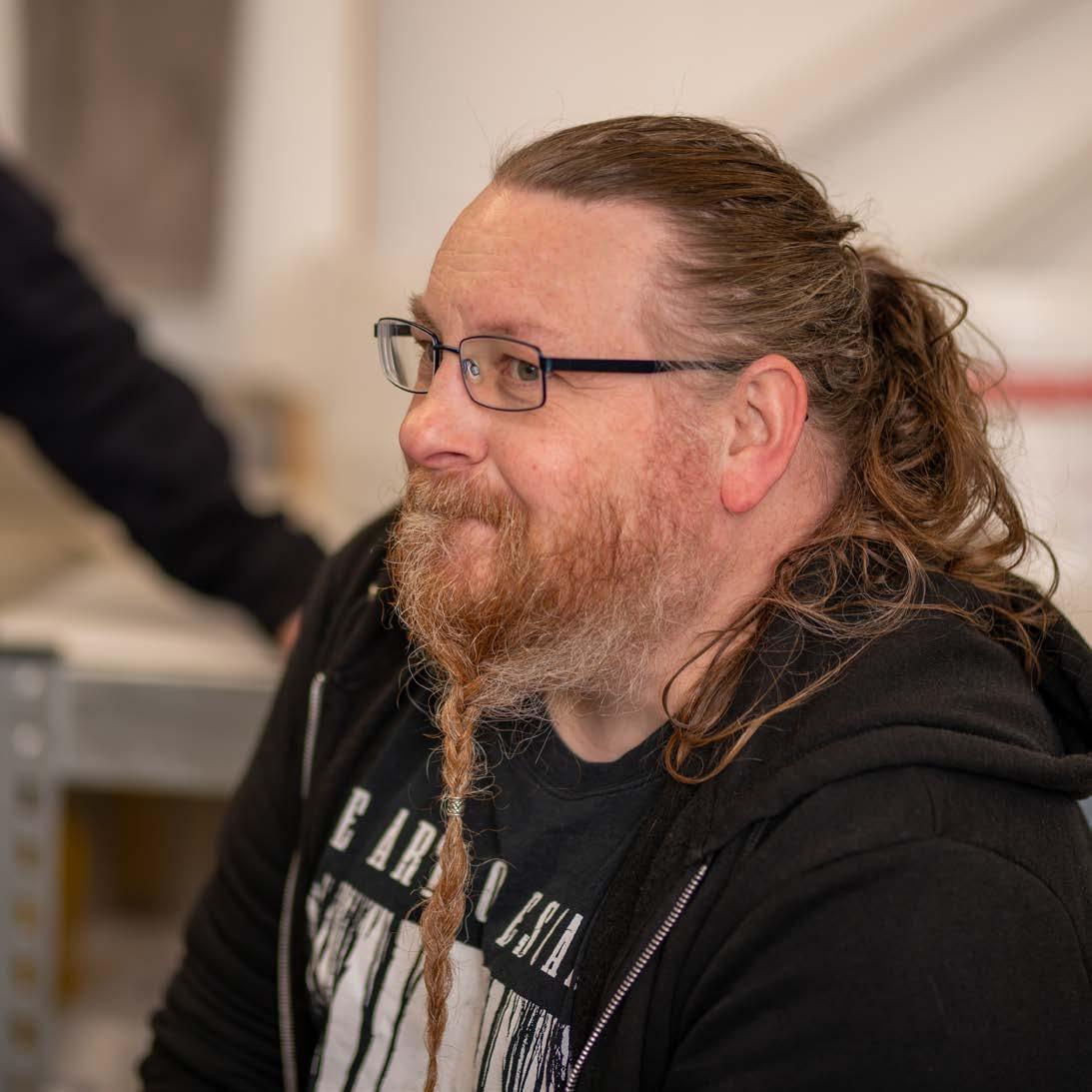
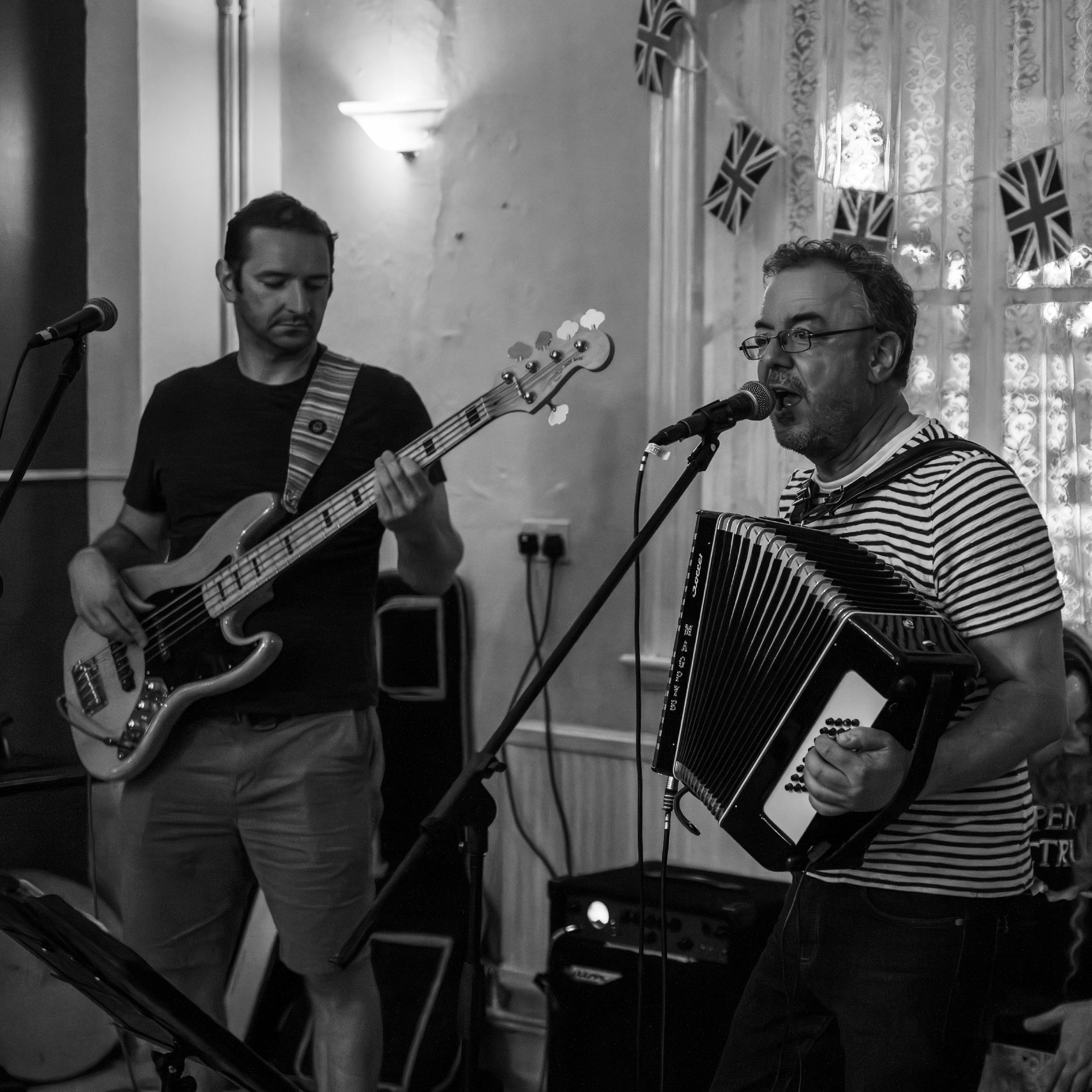
Ron takes on the primary role of lyricist, although the band occasionally ventures into group songwriting. A memorable instance involved a room-wide collaborative effort, where a concept and a few lines blossomed into a fully fleshed-out story. Such moments showcase the band’s collective creativity and highlight the joy they find in working together. Occasionally, Magpye also perform modern pieces, like their rendition of a song about Tom (Thomas) Paine, a renowned historical figure with local ties. They even sought permission from the original songwriter, a Scottish Folk player who has only just recently retired. Some of the Folk songs that Magpye use are over 300 years old but the Thomas Paine one is relatively modern and was written in the 1990s. “Surprisingly”, Ron says, “there aren’t many songs about him.” Naturally the band were drawn to him and wanted to share this song locally. Instrumentally, the band are quite versatile. Going around the room, I begin with Ron who predominantly plays the accordion. He says with a fond smile, that the accordion “adds texture and depth to our sound.”
Over the years his collection of instruments has expanded. Sadly, he had to scale back as he was accumulating too many. Then, he adds with a laugh, that he also has a concertina and melodeon. “They don’t count as accordions so I can get away with that.” Ron, goes on to add, “I play a bit of tin whistle” and when the band are song writing, he tends to play on a “ukulele or a guitar.”
Next, in our little circle, is Paul who is sitting on what looks like a wooden box. I am soon to discover it is called a cajón. Paul tells me that he plays in a grand total of 4 bands and is predominantly a drum player. As well as this impressive feat, he also manages the more technical side as sound engineer.
“We plug our instruments into an Audio Interface and then it goes into a little computer that records it.” From there, Paul can edit and change the different elements allowing him to mix and master a track
that sounds good. “It converts all audio into a digital file represented as a waveform on the computer. It also functions as a live mixer, allowing me to mix and record shows directly at any venue, preserving them as mixed recordings for future use and posterity.” It is clear that Paul really enjoys working on the music in this way. Paul F interjects with a laugh, “Sometimes we find out when we’re going through a new song during practice, that you’ve been recording it without us realising.”
A particularly memorable recording session for the band involved transforming a seaside holiday cottage into a makeshift studio. “We all went to the coast for three days and we recorded our individual tracks. It was really good fun.” The rest of the band agree. It sounds like another getaway maybe on the cards in Magpye’s future.
I now turn to face Paul F, who leans casually beside his gleaming mandolin, propped elegantly on its stand. It catches the light, almost inviting attention. Picking it up, he plays a few bars, the notes spilling effortlessly into the room. As he strums, he shares that he also plays acoustic guitar, his first musical passion. Reflecting on our previous meeting months ago, when I interviewed him about the brewery and delved into its scientific side, it’s fascinating to witness another side of his creativity. It seems to flow as naturally as the music from the mandolin’s strings. The fourth and final member of Magpye, bassist Jon, was unfortunately unable to join us tonight. I ask if Jon does anything else in the band and Ron excitedly tells us that Jon is also part of the three-part harmony with himself and Paul F. Ron elaborates, “I’m a big fan of the three-part harmony and try to include as many as I can get away with.”
As the band’s lyricist, Ron played a pivotal role in bringing Magpye to life. However, the band truly thrives on collaboration, with each member’s unique contributions, whether in songwriting or performance, helping to craft their distinctive style. The band meet
regularly to rehearse, aiming for weekly sessions when possible, particularly if they have an upcoming performance. Currently, Magpye are concentrating on song writing, aiming to expand their set. “We’re writing new stuff and bashing them into shape so that we can start going out for gigs.”
Now that I am aware of Ron and Paul F’s musical roots, I’m intrigued by the differences between a Folk Band Night and a Pub Gig. Folk music boasts a rich history spanning centuries, deeply rooted in traditions that shape not only its melodies and song structures but also its distinctive performance style. In the mid-1950s and 1960s, Folk Clubs became a cultural phenomenon across Britain, further solidifying the genre’s identity. With such a legacy, it’s no wonder that audiences often approach Folk music with a set of well-established expectations. Paul F expands upon this. “At a Folk Band Night,” he begins, “You could hear a pin drop. Literally everyone is watching you and it’s quite nerve-wracking when you’re playing.” He continues, “We performed our unique version of the traditional folk song The Blacksmith at ‘The Dun Cow’ in Bardwell. Folk Clubs typically have everyone take turns. No one knew us, so when it was our turn, we presented our rendition with a slightly different tune and guitar arrangement. We played from opposite sides of the room, and afterward, someone remarked, ‘I’ve never heard The Blacksmith played like that before.’ We weren’t sure if it was a compliment or critique, but we’ve embraced performing traditional songs in our own distinct style, even if it’s unexpected.”
In comparison, a Pub Gig is a far more relaxed setting. Paul F states, “We like the pub environment, where people are chatting, listening or not listening, it doesn’t matter.” It sounds like the Pub environment allows the band to play and have fun, hopefully gaining some more fans on the way.
One of Magpye’s most unique gigs was performing at
the Hampton Court Palace. “A group of Thetford ladies were designing a garden for the Hampton Court Palace Flower Show and held a songwriting competition.” Ron happily recounts, “I decided to give it a go. So, on a stormy night, we recorded a song, which is now known as the Thetford Song.” In fact, everyone was so impressed with it that Magpye were invited to come and perform live. “It was a lovely sunny day and we performed the song all day. We were even interviewed by Mike Reed for BBC Berkshire, the song aired on his radio show, and it even featured on ITV News in 2014.”
Magpye really like to take inspiration from the local historical names in the area. Ron adds that he loves the fact that the band got to perform the Thetford Song “just a stone’s throw from where Thomas Paine was born. It’s things like that, that make it even more special.”
I was ashamed to admit to the group that I had not heard of the Thetford Song before but my excuse is that my husband, Daniel and I, did not move here until 2016. Clearly seeing that I genuinely wanted to hear it, I was informed that all was not lost! There is a recording of the song on You Tube. I have just had a listen myself and I really enjoyed its feel-good local vibes so why not head there and do the same?
As I bring the interview to a close, I have really enjoyed talking with Magpye and loved hearing all their stories.
Ron concludes, “The feedback we get from people at Folk Clubs and pubs is that they love what we do. It’s different, it’s fun and energetic. We sing good harmonies and good choruses and that’s what people enjoy.”
Hopefully, like me, you’ll be along to see Magpye’s next performance. For now, I’ll be keeping an eye on their Facebook page as they start to release sneak peaks of all the songs they’re working on. Happy listening. @magpyeband
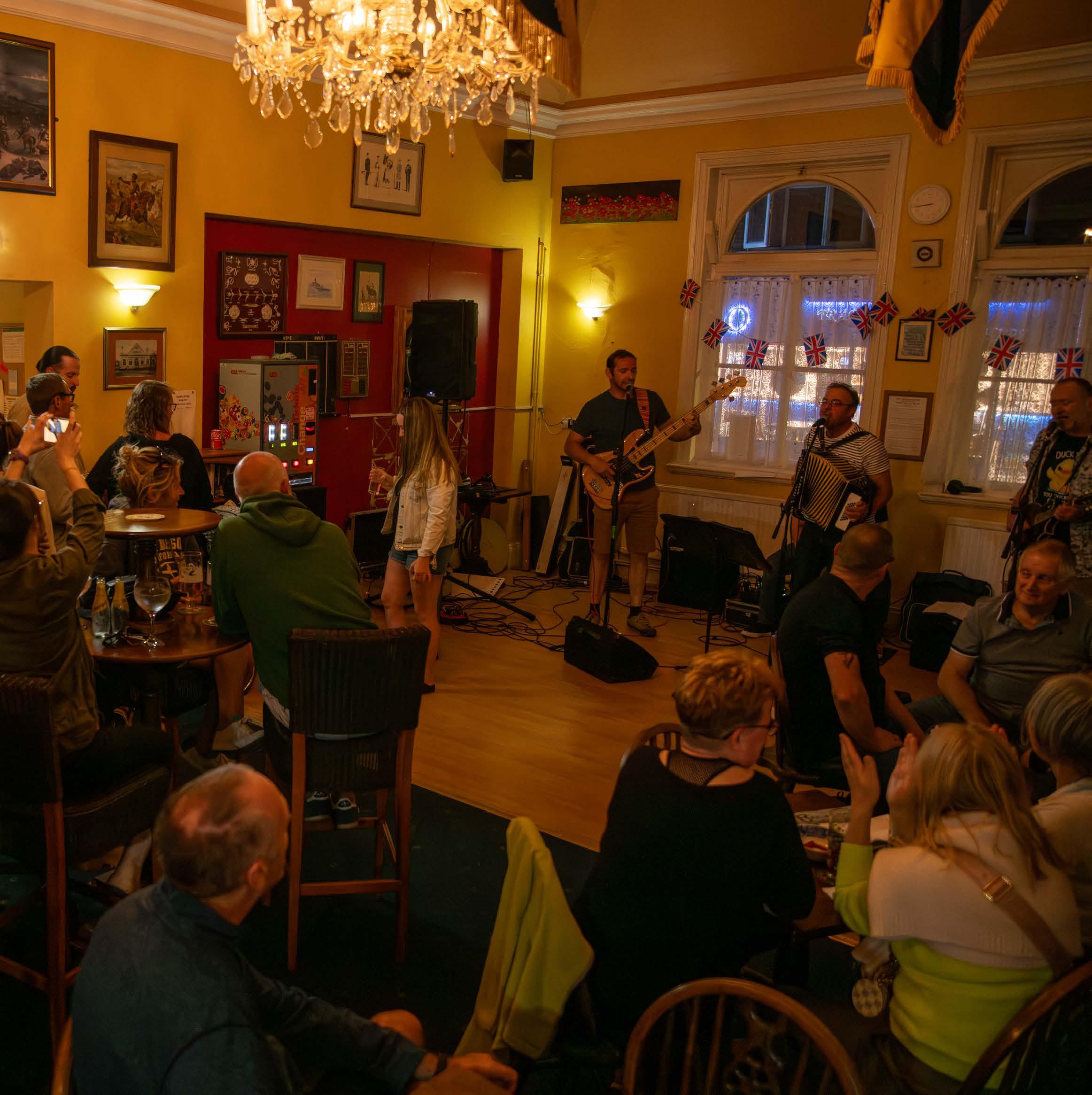
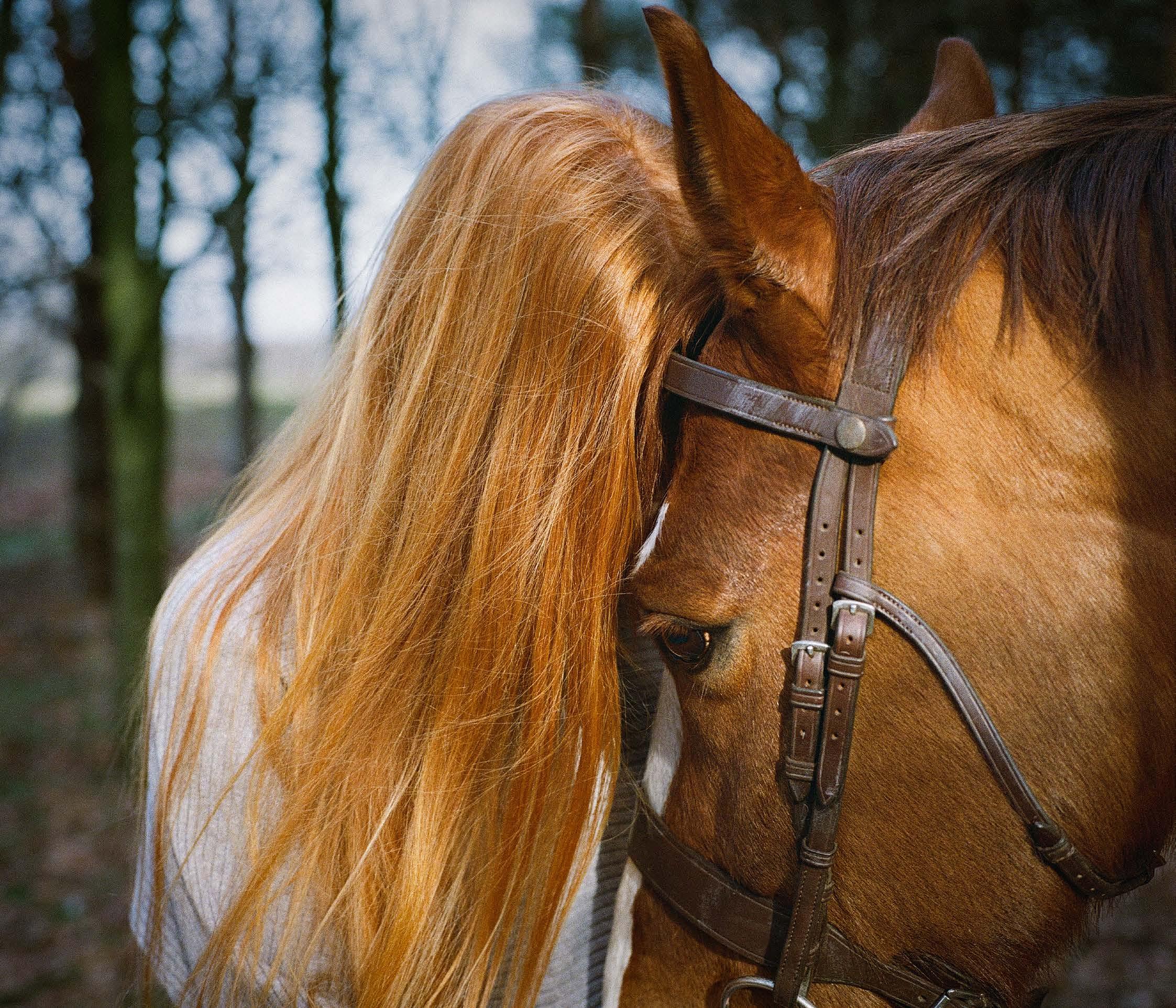

Written by Joanne Lock
Asimple memorial, one of the many that stands in Scotland, is dedicated to the ‘Forfar Witches’. Below the dedication are 22 dots each representing a woman who stood trial for witchcraft and then killed. Below this is an epitaph that reads ‘Just People’.
Women who were perceived to be witches and accused of witchcraft were in fact ‘just people’, those who were different, poor, outcasts, elderly, healers and sometimes newcomers to an area, treated with suspicion by neighbours because they were unknown. Also those who carried scars and marks on their bodies were accused of bearing the ‘Devil’s mark’, when in reality marks on the body were common and the only thing they signified was the daily manual labour carried out by poorer women at the time.
Between 1645 - 1647, 250 accusations came before

the authorities in East Anglia, this was the largest number of accusations experienced in England in such a short time and around 100 people were executed during this time.
At the centre of the accusations and the executions that followed was Matthew Hopkins a lawyer and the self proclaimed Witchfinder General who was from East Anglia, along with his assistant John Stearne. Local records show that there was a ducking stool at the Nun’s Bridge and that Matthew Hopkins came to Thetford and appeared at the court of assizes.
Today this would be deemed a miscarriage of justice and recent campaigns in Scotland and England have petitioned parliaments to pardon those who were convicted. This year in England the Ministry of Justice responded to the Justice for Witches Campaign saying ‘The Government acknowledges the historic
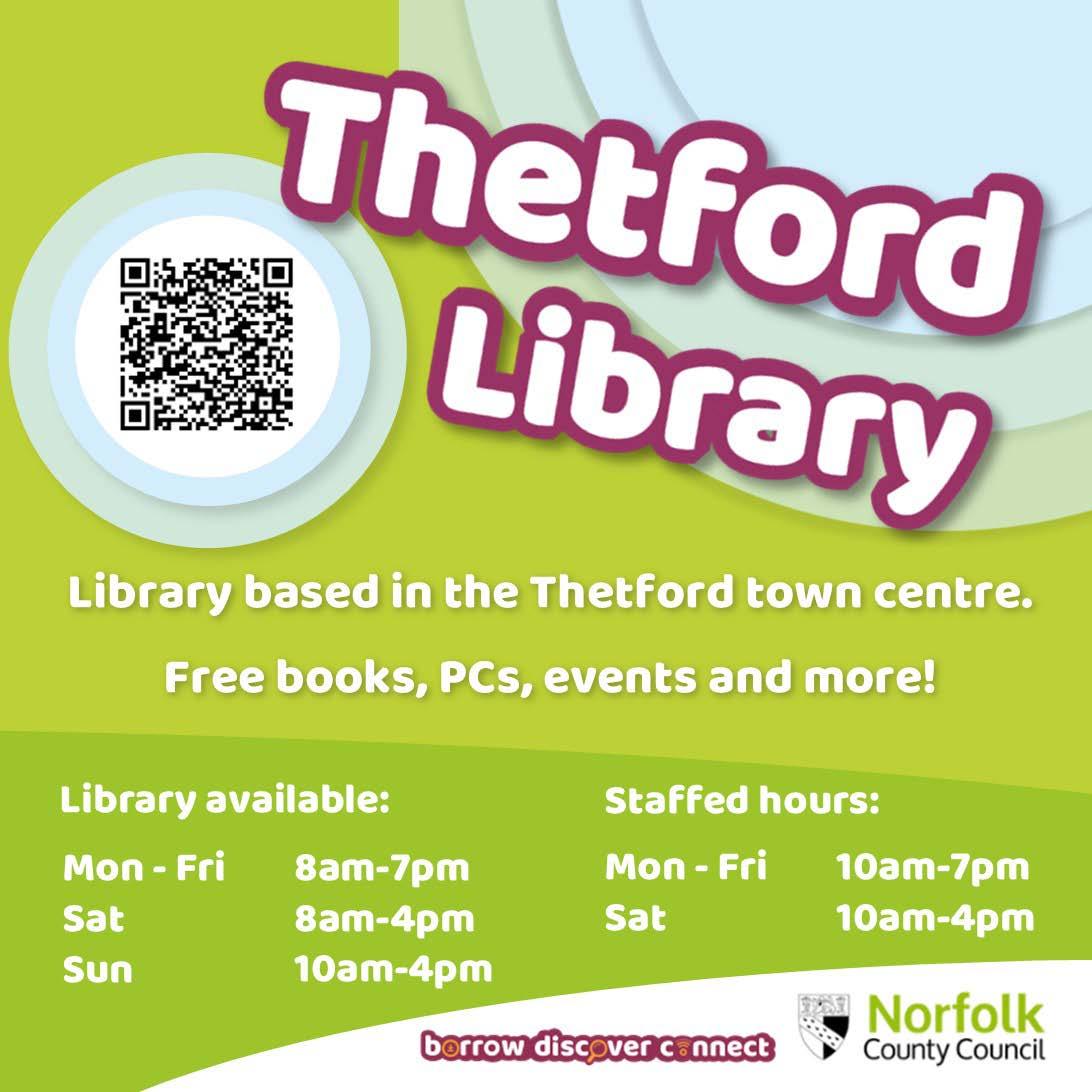

injustices of people accused of witchcraft between the 16th and 18th Centuries’.
These campaigns represented a statement to women’s rights and SNP MSP Natalie Don explained that ‘The only way we can move forward in terms of where we are with misogyny and prejudice in society is by fixing these injustices of our past’.
When we look back on this part of our history, we see reflected back at us a continuing cycle of the gender inequality that is still prevalent in society today and our world is still a place where women feel unsafe and under threat from violence.
In her new project Allie Crewe will seek to remember, honour and find peace for the spirits of the women who were killed, by creating a legacy of healing ourselves, each other and the natural world.
The portraits will reflect on this chapter of East Anglian history, through a modern day lens and will explore the narratives of today’s counterparts of the women who were persecuted centuries ago.
The natural landscape and nature’s ability to heal is the thread which binds the past and the present and recently a research article in Nurse Education Today focussing on healers and midwives accused of witchcraft in Scotland between 1563 - 1736 found that out of 142 identified individuals, 85% were women, 98% were folk healers and 10% were accused for midwifery reasons, all were accused on the grounds of their work causing harm and the majority were executed.
Folk healers or the wise women were part of ancient culture where wisdom and knowledge of the
treatments and remedies that could be found in the plants, animals and minerals of the natural landscape were passed down from mother to daughter and other trusted women in the community. Some of these women would also act as a midwife and deliver the children within the community.
These women would have been vital to their communities as access to doctors and apothecaries in rural East Anglia would have been difficult and expensive. Medicine became more scientific and women were excluded by medical school admission policies and were only able to obtain a licence to practise medicine from 1876 onwards. Without a licence these healers didn’t fit into the new regulations and those who continued to help their communities were branded as ‘witches’.
Today the healing powers of nature thought to be harmful witchcraft and be eradicated are now being backed by science.
Let’s take a look at what spending time amongst the trees does for us. Trees create a field of protection around themselves against bugs, bacteria and disease by emitting phytoncides or essential oils, when we are in the forest as we breathe in we are effectively receiving aromatherapy from the trees which has many benefits including creating a relaxation response which lowers nervous system activity and enhancing our mood and sleep.
Ursula Southeil, who became known as Mother Shipton was born in 1488 in a woodland cave in Knaresborough, North Yorkshire. She spent her earlier years there because her 15 year old mother Agatha would not reveal the identity of her father and because of Ursula’s appearance.


The Elite hair and Beauty Studio also known as The Elite Hair and Beauty Training Academy are able to offer the following services.
Make up/prom/bridal, Session styling, Eyelashes, Manicures, Basic and Luxury Facials, Dermaplaning, Skincare , Eyelash extensions, Waxing, Eyebrow Definition.
Colour, Colour corrections and Vivid Colours, Cutting, Styling/Hair Up, Hair Extensions and Fitting (most methods), other treatments available.
A wide Variety of Aesthetic treatments available including, Botox, Filler, Chemical Peels, Fat Dissolving. A lot more treatments are available, feel free to contact us with any enquiries.
BIAB, Gel Polish, Acrylic , Extensions/Tips, Manicures, Pedicures, Nail art
Massage Therapy, Hypnosis, Holistic Therapies, Hopi Ear Candles, Pamper Parties, Bridal/Hen Parties and Children’s Parties.
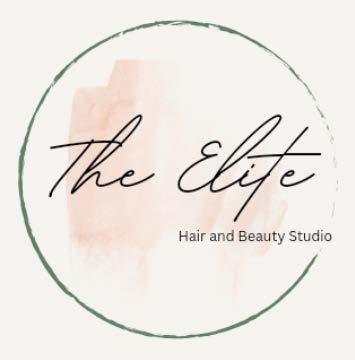
19A Station Road, Thetford, IP24 1AW
01842 630923 or find us on Facebook
As The Elite Hair and Beauty Training Academy we offer support to the local and wider community. We are able to offer 1-to-1 training for private student’s. We also offer smaller classes and classes that offer additional support for those that feel like they need it.
We have been working with the Pathfinder Trust, supporting individual student’s and doing larger project’s with the schools. We work in partnership with the following organisations: YOT (Youth Offenders Team), NCC (Norfolk County Council) and Social Service’s.
Local Schools, and Virtual schools, to help prevent exclusion and provide recognised qualifications. We also offer community support working with local counsellors, to be able to do referrals for food bank and gas/electric vouchers.
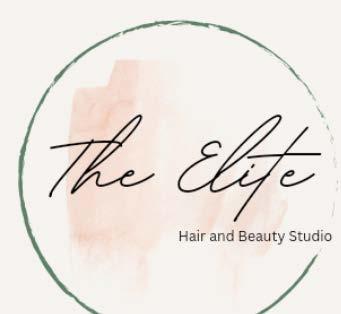
They were outcasts until the Abbott of Beverley intervened by finding a family to take Ursula in and a home for Agatha in a distant nunnery.
Ursula would be ridiculed and gossiped about for the remainder of her life because of her appearance and later she would be seen as responsible for her husband’s death.
She would escape the town and revisit the woodland where she was born where she would pass the time studying the woodland flora and making remedies. For a time she was accepted back into the community when she was seen as a herbalist and called upon for healing, during this time she met her husband. When she was widowed to escape the rumours and pointing fingers she returned back to her safe place in the woodland and remained there for the rest of her life.
In recent times Simona Kossack, a Polish scientist, ecologist and activist believed that the best life you could live was one that is simple and close to nature. She dedicated her life to fighting to protect Europe’s oldest forest and lived off grid for 30 years in a wooden hut in the Biolowieza forest. The animals in her life kept her company, her pet crow, a lynx who slept in her bed and a tame boar she shared her house with. Her neighbours perceived her lifestyle as unconventional and thought of her as a witch.
Through no fault of their own Raynor Winn and her husband Moth became homeless and Moth had also been diagnosed with an incurable neurodegenerative condition. The couple decided to walk the South West Coast Path, which they made their home one where they found a sanctuary and healing.
Raynor became the best selling author of The Salt Path and went on to write The Wild Silence and Landlines.
In an interview with Happiful Magazine, when talking
about Landlines she talks about the right to roam act in Scotland which gives people access to the natural world, the right to pass over the land to further their understanding of their natural heritage. While in England public footpaths and wild camping are facing restrictions.
We need nature and it needs us.
In the article Raynor asks the question “How are we going to encourage people to connect to nature and drive towards protecting the climate, and try to attempt to reverse this climate crisis if we can’t actually allow them to connect to the natural world?”
Women face additional barriers around access to nature, from feeling unsafe because you are alone in the countryside and a research project by The Countryside Charity has found that women of colour have been made to feel like they don’t belong, Muslim women who took part in the research explained that they felt uncomfortable through being stared at and how they had to consider dressing in a more westernised way to make others feel more comfortable.
Currently the project is still in the planning stages and we want to put Thetford on the map by starting it here.
We are open minded about the direction this project will take us and invite the community of Thetford to come and share your story with us, be part of the art and help us to shape and define the narrative of this project, which we hope to broaden out to other areas of the UK.
We would love to hear from healers helping women to
access nature in groups to forest bath, dance or drum. Or foragers who pass on their knowledge of making natural remedies to others.
You may have your own spiritual practice in nature that is just for you, we would love to hear about it.
It’s not just about nature or healing. Please get in touch if you have experienced past life regression that is relatable to the history part of this project.
Finally if you have researched your family tree and have found an ancestor that was a folk healer, wise woman or someone that was a victim of the witch trials.
We will also be looking through the local archives and in future editions of Reflections of Thetford we hope to create a Is This Your Ancestor? series of articles.
Allie Crewe
Allie Crewe, recipient of the Portrait of Britain awards in 2019 and 2023 by the British Journal of Photography, and twice commissioned by Arts Council England, will lead this project. With an MFA in Photography, her work has been featured in The Guardian, The Telegraph Magazine, The Observer, Vogue, and BBC News.
Recently Allie and her work I Am were featured in the documentary Her Majesty The Queen: Behind Closed Doors.
You can find out more about Allie and her work herehttps://www.allie-crewe.uk/
Jo Lock
During her teens and unable to talk to anyone about being young and queer, writing provided Jo with an outlet to express herself.
Jo rediscovered the joy of writing when she turned 40 and started volunteering at Gaydio The UK’s LGBTQ+ radio station where Jo wrote programme briefs for a news discussion programme. Later Jo worked as a broadcast journalist for Gaydio’s arts and culture programme, where she met Allie when she covered Allie’s first exhibition.
‘Allie and I hit it off straight away and have been friends ever since. It’s been such a privilege to have followed Allie’s artistic career from the beginning and to see her work evolve over time and the reputation she has built.
Through her work, people who wouldn’t normally have met each other have, communities have formed providing support and friendship to each other and she has given a voice to those who are marginalised.
I’ve wanted to work with Allie for a long time and I am so excited to now have the opportunity to do so. When I moved to Norfolk from Manchester, the people of Thetford have made me so welcome, it’s rich in history and has such an amazing community spirit there couldn’t be a better place to start this project off’.
Jo is a regular writer for Reflections of Thetford.
If you want to be part of the art, help to shape and define this unfolding story and put Thetford on the map please contact Jo - artproject1600@gmail.com
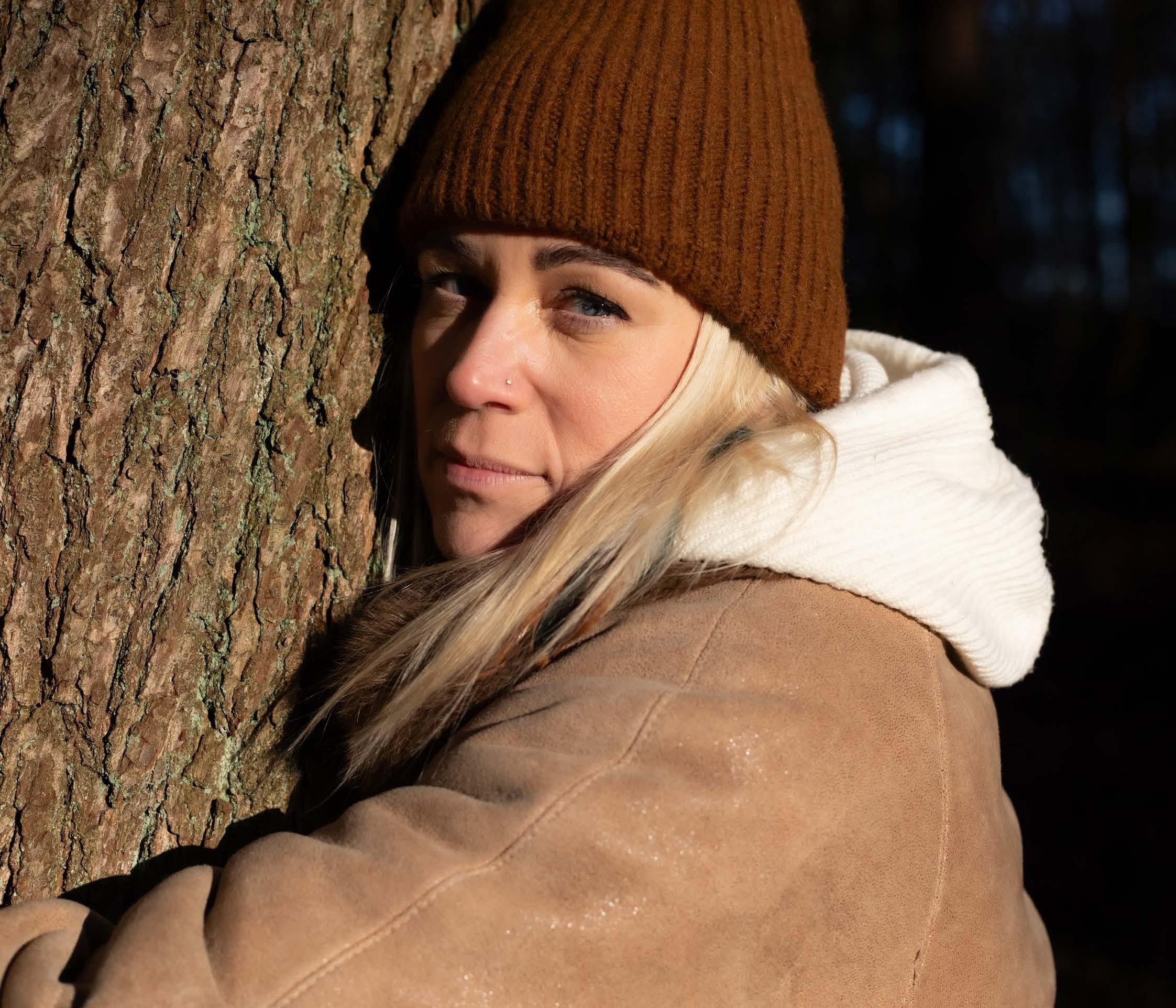
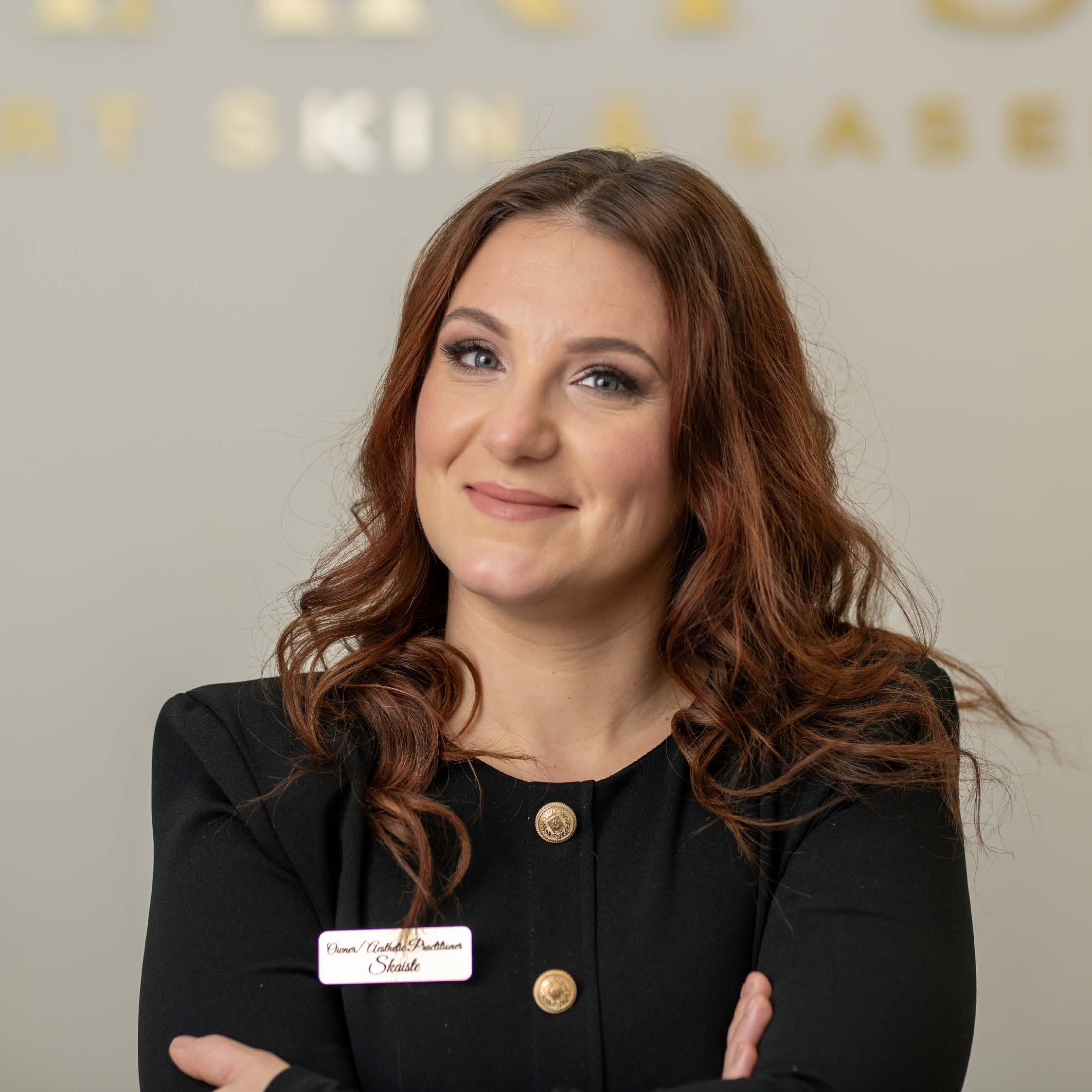
An indepth Q&A with local business owner Skaiste, owner of Smart Skin Expert, where we asked her a few questions about herself and her businesss.
What inspired you to become an Aesthetic medicine Practitioner?
I have been passionate about skincare since my teenage years when I struggled with breakouts and sensitive skin. This experience taught me the emotional impact that skin concerns can have on self-esteem. However, it wasn’t until my mid-20s that I considered turning it into a career. I realised how challenging it is for people to care for their skin and how crucial it is, especially with the rise of social media and its influence on our perceptions of what is considered good or bad, right, or wrong. This has inspired me to become an aesthetic medicine practitioner, with the goal of helping people achieve their skin goals without altering their appearances! This industry is constantly growing and changing it combines science with creativity which has always fascinated me.
Why did you decide to move from Lithuania to the UK?
I did not have much of a choice. My family resided in the UK for a while and coming to the end of my secondary education in Lithuania, it became clear that the UK has more opportunities for education as well as it was a chance to be reunited with my closest family.
I have lived in a few places within the UK, and since moving to Thetford, I noticed a huge gap in

my services especially for laser hair removal and throughout skin analysis and individualised skin treatment plans were non-existent past “Luxury “ Facials so it made sense to set up a business here.
How did you start your beauty business in the UK? I began my beauty business in the UK like many others do, starting with a small setup at home, working as a mobile beauty therapist, and renting a room in a salon. However, as my client base grew as well as I continued my professional development, I realised that traditional beauty treatments were not the right path for me. I knew deeply how passionate I was about skin, and that reflected how I was with my customers once the opportunity came, I seized it. I have been for over eleven years now; however, this is my third year as Smart Skin Clinic owner.
What challenges did you face when establishing your business?
When establishing my business, I faced several challenges. One of the biggest was building a strong client base and gaining their trust in a highly competitive industry. Additionally, managing the financial aspects of starting a business, such as investing in quality equipment and training, was a significant hurdle I found there is not much help for starting a business, I did not qualify for start-

up grants, and start-up loans wanted proof of trading for minimum 6 months, so I had to use my personal investment and take out personal loans. Navigating regulations and ensuring compliance with industry standards also needed a steep learning curve. Balancing my passion for the work with the demands of running a business, including marketing and administration, is still challenging, especially while studying for my BA (Hons) degree and having a family. However, these experiences taught me resilience and the importance of perseverance, which have been and still are crucial to my success.
How does your cultural background influence your beauty practices?
My cultural background plays a significant role in shaping my approach to my practices. Growing up, I was exposed to traditional remedies and holistic approaches to skincare and wellness, which emphasised the importance of my selection of ingredients and treatments that I provide as well as maintaining balance. This has influenced my belief in promoting healthy, radiant skin from within rather than relying solely on superficial enhancements. Additionally, my cultural perspective has helped me understand and appreciate the diverse needs and beauty ideals of clients from various backgrounds, allowing me to tailor my treatments to celebrate and enhance their unique features.
Have you faced any cultural barriers in your business operations?
Yes and no. Coming from a different country with distinct beauty ideals, I initially had a different perception of beauty. However, living in the UK and experiencing its cultural diversity has broadened my perspective and helped me realise that I am highly accepting of all beauty standards. This inclusivity is reflected in my work, where I embrace and cater to clients of various cultures, ethnicities, and genders. In our business, we often encounter different scenarios,
but one thing remains constant: our clients always feel listened to, understood, and welcomed by our approach.
In my opinion, Lithuanian beauty practices prioritise natural, holistic approaches with a focus on prevention and discreet enhancements, reflecting deep-rooted traditions and cultural values. In contrast, the UK’s beauty industry is more trenddriven, experimental, and influenced by global beauty standards, with a stronger emphasis on bold looks and visible results. These differences highlight the unique ways beauty is perceived and practised in each culture. For instance, Beauty is often seen as an integral part of self-care and personal presentation. Lithuanian culture emphasises natural beauty, with many women focusing on skincare and a youthful, fresh appearance. In the UK While skincare is important, there’s a stronger emphasis on makeup and cosmetic enhancements.
Trends often align with social media influencers and celebrities, with a focus on bold looks like contoured makeup, big lips and dramatic lashes. In recent years, there’s been growing interest in wellness and natural beauty, but it’s less ingrained than in Lithuania. In Lithuania, Natural, organic, and plant-based skincare products are widely used, often made with locally sourced ingredients like honey, amber, and herbal extracts. Saunas and cold therapy are integral to Lithuanian beauty routines as part of maintaining skin health and detoxification, while The UK market is saturated with a mix of luxury and high-street skincare products. Consumers are more likely to experiment with multiple products, influenced by social media and beauty bloggers.
Do you incorporate any traditional Lithuanian beauty treatments into your services?
We don’t incorporate traditional beauty treatments, but we do take more holistic approach looking at collagen induction, biorevitalisation rather than artificial enchantments, not that there is anything
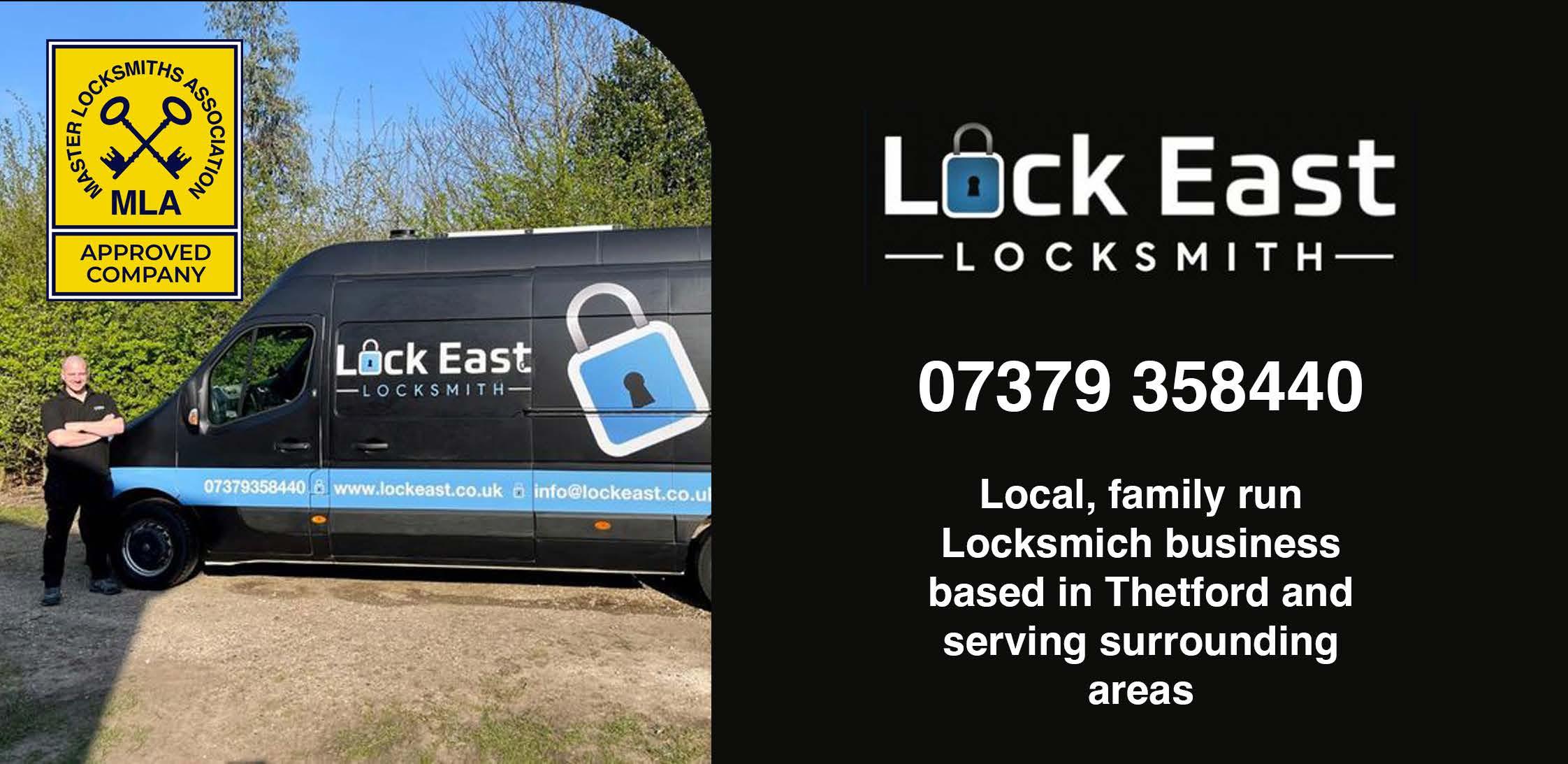
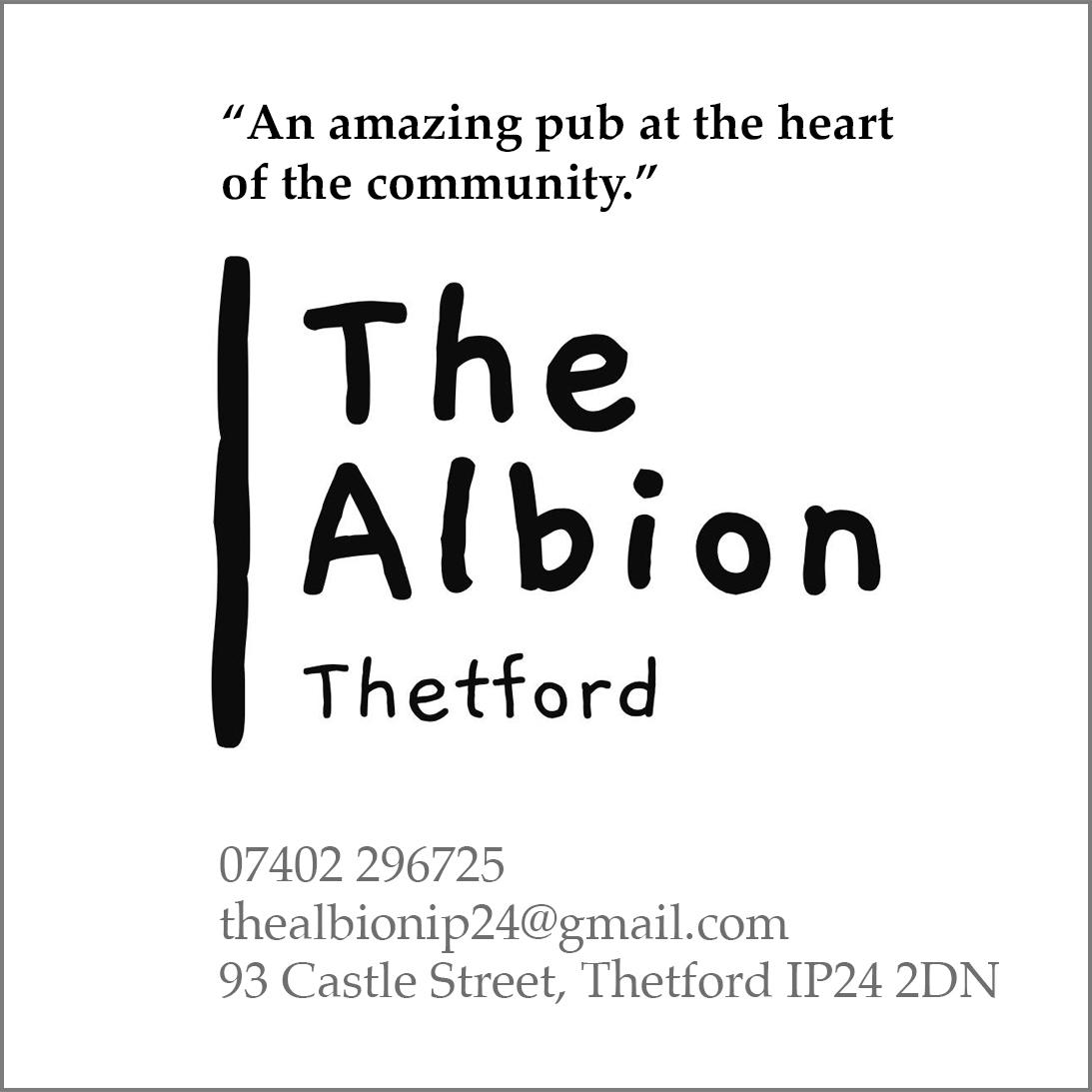
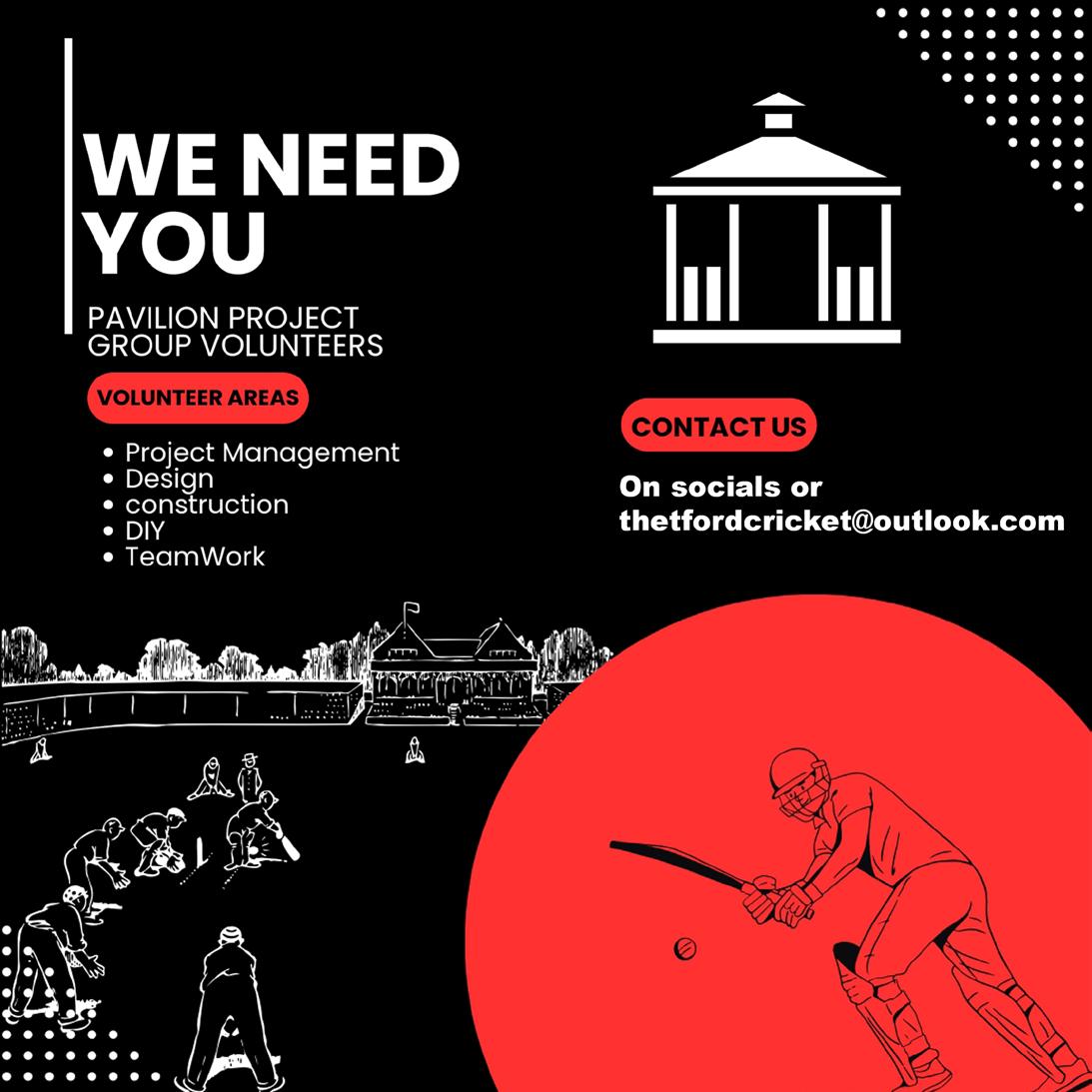
wrong with that, but I am more about reawakening those doormat cells and enhancing collagen productions when fillers and anti-wrinkle injections. As regenerative medicine is in the fulls wing I think we will see more growth in this approach in the future with polynucleotides, exosomes and biostimulants like Profhilo.
Did you have any prior experience in the beauty industry before starting your own business?
Yes, before opening Smart Skin Clinic, I had a sole trade business with another person. We rented premises together, and I was providing beauty services such as nail enhancements, facials, lash extensions, etc. and she did hairdressing, however, as my skin-related services expanded as well as bringing in my first laser for hair removal, lack of space within premises and the location highlighted the need to finally take the step up and open my own company in a better location and start bringing my vision of what I always wanted to life.
What types of aesthetic services do you offer?
Aesthetics is often misunderstood as being solely about injectable treatments like anti-wrinkle injections and fillers. However, our approach focuses on individualised skin analysis and consultations using the OBSERV 520x skin analysis machine. This advanced technology provides detailed visuals of a client’s skin condition, enabling us to develop tailored treatment plans and track progress over time, demonstrating how professional treatments or a prescribed skincare routine can transform the skin. I Specialise in non-invasive skin treatments, having extensive Physiology and Anatomy, Science of skin and skincare, Advances in technologies, as well as Health and Safety and how to deal with adverse reactions knowledge, which means I specialise in all the Skin related treatments we offer with a goal to address both aesthetic concerns and overall skin
health ensuring measurable and long-lasting results for our clients.
Our services include professional chemical peels, micro needling, radio frequency micro needling, mesotherapy, skin boosters, laser skin resurfacing and rejuvenation, laser hair reduction, tattoo removal, and skin tag removal. Additionally, our clinic hosts a self-employed practitioner offering antiwrinkle injections and fillers for clients seeking these enhancements, as well as a self-employed beautician specialising in brow treatments.
How do you keep up with the latest beauty trends and techniques?
I Continue my education, currently finishing my BA Degree in Aesthetics at University College Birmingham, which is accredited by Warwick University. Meanwhile, I attend external training and workshops provided by brands I work with as well as independent continuous development. Attending national and international industry trade shows such as CCR expo, Professional Beauty, ACE Aesthetics Conferences and Exhibitions among others. I subscribe to professional associations and have been a member of the Guild of Beauty and BABTAC British Association of Beauty Therapy and Cosmetology. I am currently due for a renewal and am still deciding which to join this year. I also do a lot of research and read scientific journals, published clinical trials, etc, especially now for my degree, and network with industry experts and colleagues within the UK and Abroad.
What do you consider your unique selling point?
We combine advancements in technology, personalised care and proven expertise to deliver result-driven treatments that are tailored to unique client needs. The client is not just a number in our clinic. We care for our customers personally, listen to their needs and always follow up.
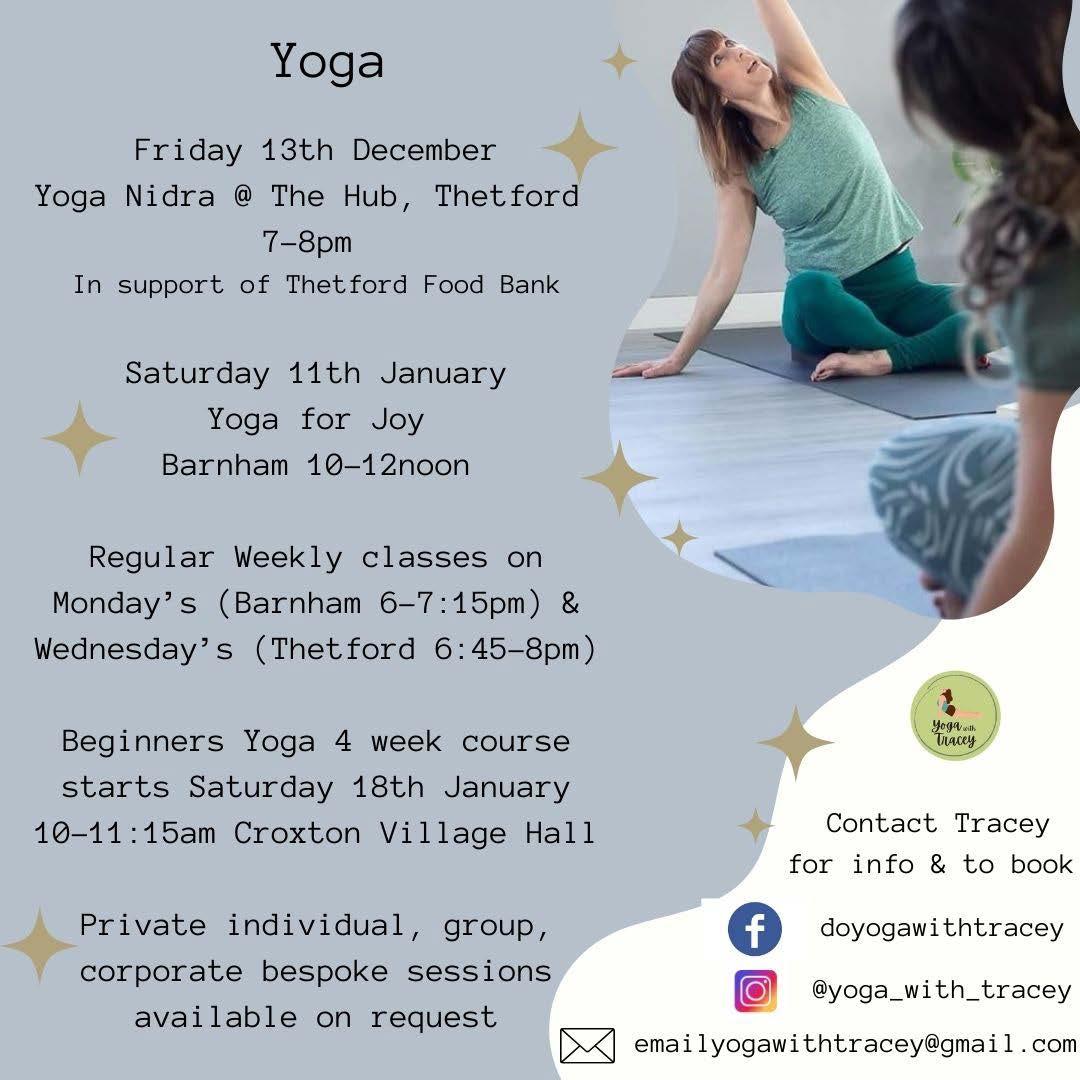
What strategies do you use for marketing your business? It varies and does a lot of social media advertising, local magazines, and goggles. However, the best way is through customer reviews and recommendations, which is where my main client base comes from. Social media plays a pivotal role in the growth of any modern business. It serves as a powerful tool to reach, engage, and convert potential clients while also keeping relationships with existing ones. Social media is not just a promotional tool; it’s a platform for building relationships, educating clients, and showcasing expertise. It significantly boosts the clinic’s visibility and credibility, making it an indispensable part of growth, but it is hard to keep on top of it. It’s like a separate business requiring additional training to do it properly. I do what I can, try being authentic and but I am sure I need more improvement in this area.
How do you engage with your customers to ensure their satisfaction?
Feedback, reviews, and honest conversations, we encourage clients to tell us what they are happy with and not by providing a safe space.
What is your approach to product sourcing for your beauty treatments?
Like with services we provide I do a lot of research. The products we use are backed by science and proven clinical efficacy with CE marks and appropriate registrations where necessary. We use brands such as Dermalogica and Mesoestetics, which align with our values and goals.
Have you collaborated with any other businesses or professionals?
I am always up for supporting local businesses and growth, donating raffle prizes, and so on. This year, I am collaborating with Caitlin from Garden Shed. She has allowed me to attend one of her wreath-making workshops while offering skin scanning and analysis
at the event. I have also a wonderful rep from Dermalogica we always collaborate and do fun open days at the clinic as well as educational workshops.
What are the biggest challenges you face as an aesthetic business owner?
This industry is constantly changing and growing, considering that it is still very new; unrealistic expectations are influenced by the growth of social media, so I feel very passionate about educating Clients about misinformation and expectations that are not always achievable.
Regulations- as still an unregulated industry we face a lot of issues, such as practitioners popping up left right and centre without thorough education or administering treatments outside of their scope of practice not only misleading clients and providing unsafe practices but also putting clients in danger and giving us a bad name as a business owner it is hard to navigate this.
What do you consider your greatest achievement in your business so far?
Being recognised for hard work by consistently great review by my clients allowing my growth and by being recognised for it by Dermalogica Partner program and receiving a recognition award was one of my greatest achievements as a business owner, indicating the company’s growth and achievement so far. The growth has put me in the position to offer employment to the right candidates in the future. As a small business, I have always wanted to contribute to the town’s well-being and create job opportunities, which makes me feel very proud to be able to do that.
How do you handle customer complaints or difficult situations?
We do not get many complaints. Most of my clients get clear instructions in regard to aftercare and what to expect post-treatment, and we always get informed consent prior to any procedure as
well as access to my personal contact details or constantly monitored email address, allowing me to be responsive and deal with any concerns, however, if the situation arises, we deal with it in a calm and professional manner. The hardest part of the job is to say no; I am a very strict practitioner and will say no if I feel the treatment requested is not suitable for the clients or if it is dangerous to go ahead due to medical conditions, medications or other reasons that come up during consultation or skin analysis which can lead to uncomfortable situations and clients dissatisfaction of not receiving treatment, but normally by explaining the reasons why we say no when we do clients understanding that it is for their own benefit and safety. These situations defuse. In business, I learned that there are always going to be people who hear what they want to hear, they do not commit fully to treatments, change their minds a lot and are keen to skip corners as well as highly likely to skip aftercare and will never be happy with the result. With experience, we know how to see signs of these types of clients and usually do not treat them at all.
What has been the most significant learning experience in your journey?
The last three years have been incredible, I have learned a lot from a business perspective, personally and professionally. I get asked a lot about how I do everything that I do and find time for everything else, and I had to sit down and think about it because, at first, I did not know the answer. But I think learning how to balance and time manage myself between business, academic pursuits and parenthood has allowed me to stay positive and come on top of any situation. With the unpredictable nature of business and economics with living crisis `I have learned to adapt and remain resilient by understanding that lower parts do not last forever. It is always highs and lows in life or business, and I build strong relationships with my clients that allow me to feel supported throughout.
What qualities do you think your clients value most in your services?
As far as I am told and judging by the feedback I receive, clients value the consistently high-quality service they receive, I really care about my clients and am authentic and I think it reflects in my work and social media presence.
How do you educate your clients about proper skin care and treatments?
Educating clients about skincare and treatment is an essential part of what I do and specialise in; providing understandable explanations of how everything works within the skin, what impact the treatment creates at the cellular level, as well as how ingredients interact and help our skin, meanwhile setting realistic expectations and providing informed consent is an important step of consultation for any service. Our consultations last minimum an hour and we use a Skin analysis device to visually demonstrate concerns such as dehydration, sun damage, rhytids or clogged pores. Seeing skin’s condition in detail motivates clients to take proactive steps in their skincare routine or keep up with treatment plans. Further enhanced by comparing the changes within the skin and tracking the progress. As well as educating clients on the connection between lifestyle habits, medical history, and skin health, such as hydration, nutrition, sleep, and stress management. We found that Clients achieve better results when they address their skin concerns holistically and understand why and how everything works.
Have you attended any beauty conferences or workshops in the UK?
Yes, I attend annual trade shows, seminars, and conferences, as well as to maintain my Dermalogica Skin Expert Status, I must attend a certain number of classes with Dermalogica a year, too and I subscribe to industry journals and memberships such as BABTAC (British association of beauty therapy and
What are your long-term professional goals?
I am continuing my education, and I have a master’s degree on my horizon. In the future, I want to use some of my time educating the next-generation practitioners either as a brand educator or pursuing an academic approach and becoming a university lecturer.
What are your plans for expanding your business in the future?
To develop a team that shares my vision and values while delivering exceptional client care, remaining authentic and expanding to multiple locations.
Are there any new services you are considering adding? Yes, there are a couple I am looking to add. However, I do want to keep it under wraps for now, but I can say no one does it within the area. I can share, though, that we have just added one of the pioneering treatments for pigmentation within our offering, and it has been a game changer for clients, especially those suffering from hormonal pigmentations like melasma. The cosmelan® method is a topical treatment course of 6 months that combines a single salon session with the at-home treatment necessary to obtain optimum results.
Creators of the method that combines the therapeutic synergy of a professional protocol and a home protocol, together with an innovative formula with highly effective ingredients, resulting in a ‘unique and dual action: corrective and regulatory’. It eliminates the visible blemish but also acts on the source of the problem, regulating the overproduction of pigment to prevent its reappearance.
How do you envision the future of the aesthetic industry?
The industry segment is predicted to grow by 15.40% globally by 20230 with non-invasive treatments
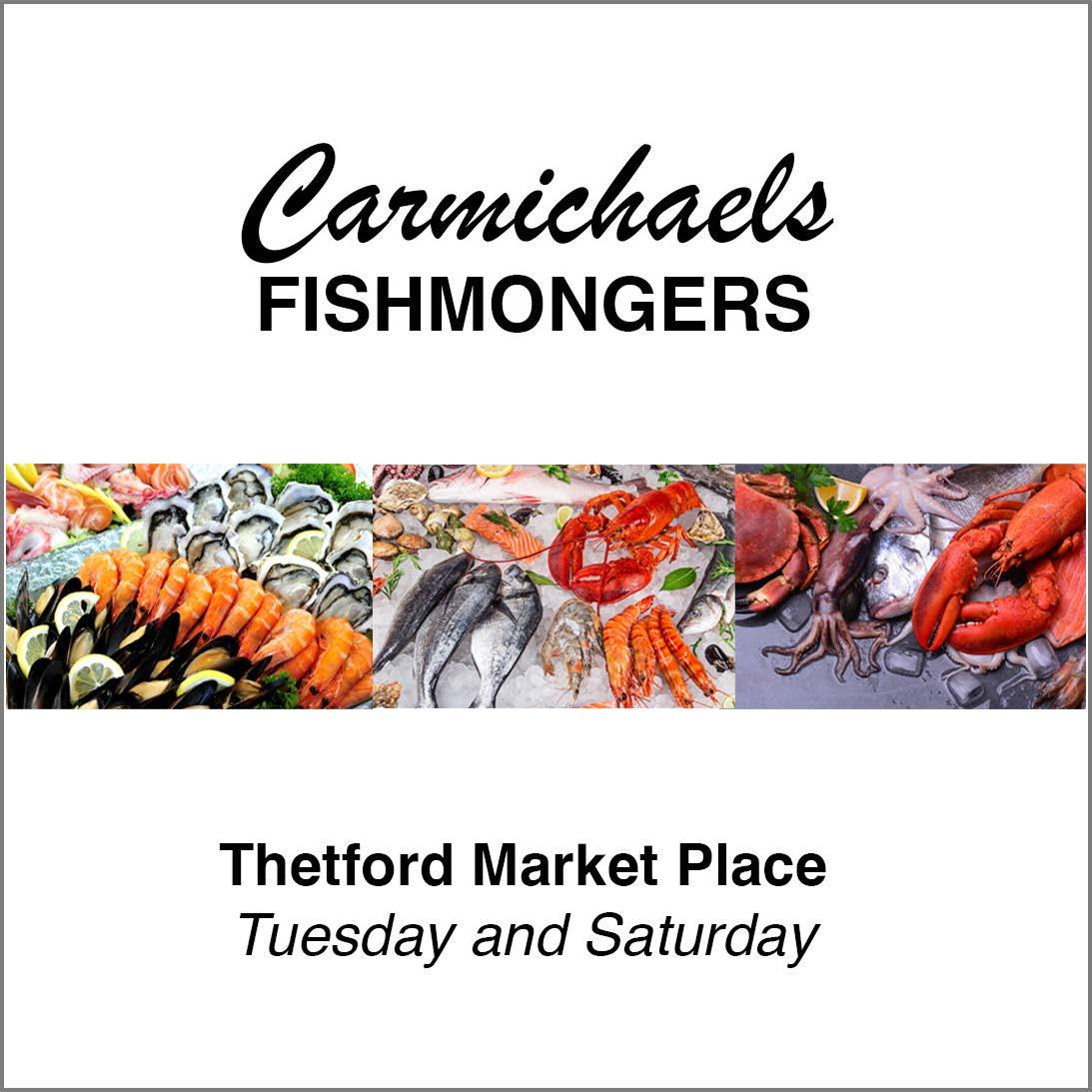

at the front. I think the future is full of innovation, growth and transforming from what we see currently. Advancements in technology and shifting consumer preferences for a more holistic and natural approach will make my offering more attractive. Things such as skin scanners and AI will integrate a greater personalisation for highly tailored treatments as well as a combination of treatments rather than sticking to one that will be proven most beneficial. Clients will become more subtle in enhancement and look at regenerative treatments such as skin boosters and exosome therapy, which will gain in popularity and the industry will continue increasing its catering for wider ranges and genders.
What impact do you hope to have on your local community through your business?
I want to change as many people’s perception of their skin, and its need and, by doing so, give as many people as I can the healthiest skin that they are proud to show to the world.
What do you enjoy most about being an aesthetic practitioner?
Seeing my clients become more confident and happier in their appearance. I guess I can say changing lives. We see females with excessive hair growth who have low self-esteem and are hugely impacted or lose all hope of changing, and delivering treatments such as laser hair reduction and giving them confidence back makes me so happy. Acne sufferers or pigmentation can hugely impact clients’ mental health, so by making a change and giving the clients treatments and educating them so results are long-lasting, we give them their confidence back and it is the best part of my job.
How do you balance work and personal life?
With being so busy with work, studies, and home life, I have had to implement some boundaries such as not replying to messages unless it’s an emergency past
a certain time, but I can honestly say I don’t keep up with them. However, I have started to take some more time off as many of my clients know I work very long hours, so currently, I do not work weekends at all. I think it’s just finding what works and it changes constantly.
What do you do to relax and unwind after a busy workday?
Read I love reading. That’s my way to escape and have peace, nature walks with family and spending quiet evenings at home.
What advice would you give to someone thinking about starting an aesthetic business?
Do it. I am here to support you. Having great business owners around me with their support and advice I know how important it is to support others. I am always up for a chat and help. Even though the industry is very saturated, there is always space for someone who is educated and keen to do things correctly and safely. My advice is to sift through the information and determine what is true and what is not in this industry. By doing your own research, reading clinical trials, and medical research, you will find answers and if you do that, you will be successful.
How do you define success for yourself and your business?
For me success is client retention and continues loyalty and support and I am incredibly grateful they choose me for their treatments. Spreading awareness and being part of our town’s community.
“And for my self remaining authentic and honest !”
https://www.smartskinexpert.com
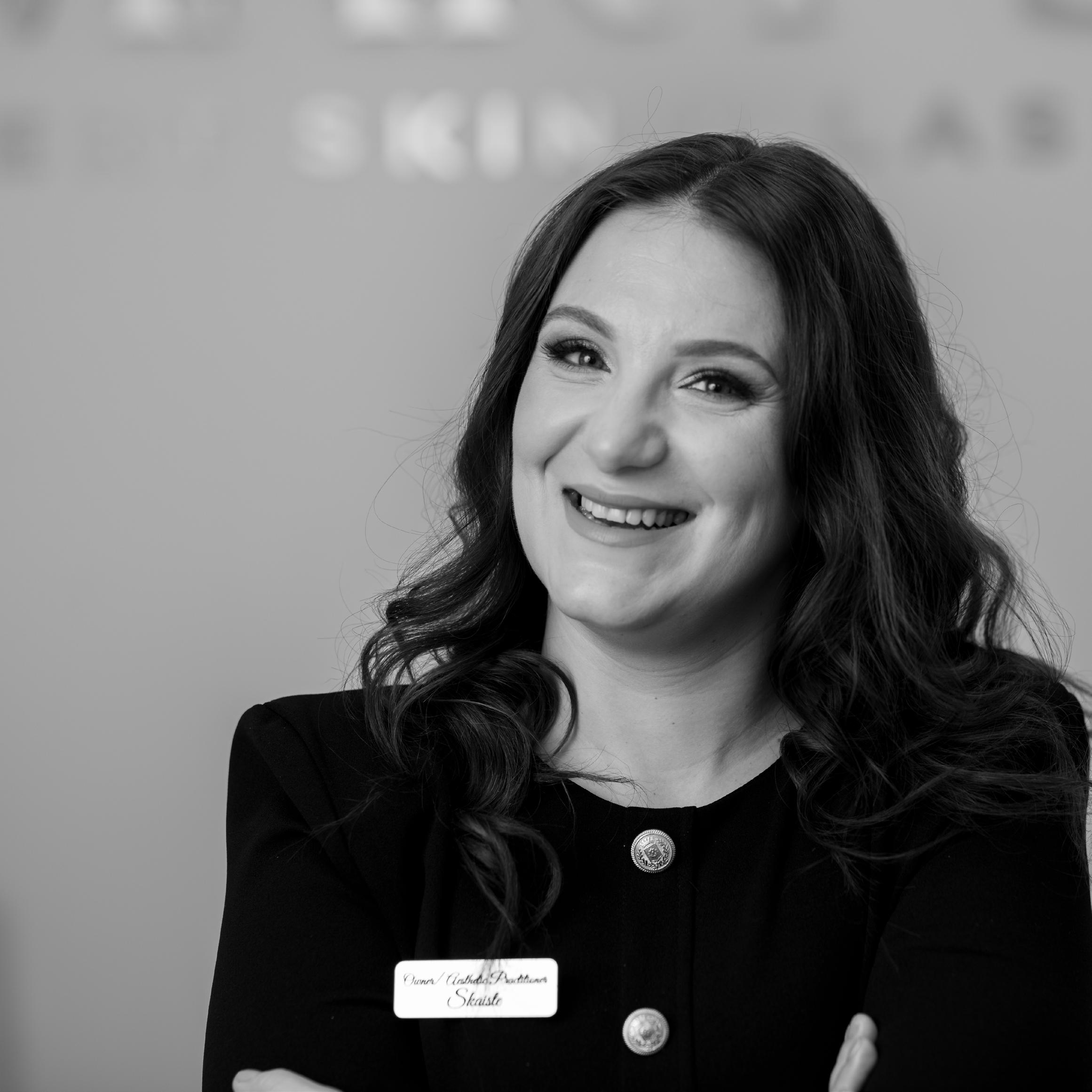

thanks to AiArtista

Written by Dave Griffiths
It’s the 21st of December, 2 BC and a family of Scandinavian farmers sit in their hut around a glowing and spitting fire with a Yule log sitting atop. The log represents hope for the year ahead on this the darkest and coldest of days. The birth of a new year. Every spark that spits off of the log represents a calf or a lamb to be born in the coming season. Scandinavians believe that the sun stands still for 12 days at the winter solstice, and during this time a log is kept burning to provide light, ward of evil spirits and raise hope for the better days to come.
At the same time a group of Druids roam through an ancient British wood, frosted chestnut kernels, acorns and leaves crunching under foot. They stop at a large oak, the largest in the wood, a tree they hold in great reverence. The tree is stripped of leaves but has 3 or 4 large outcrops of mistletoe; signs of life where all

else lies dormant. The villagers collect some sprigs and head back to their homes to present them to friends and family, a blessing and a sign of hope that the worst of winter is over, a Spring full of hope is ahead.
In Rome preparations for the festival of Saturnalia (the god of agriculture) are well under way in a prosperous household. The house is being decorated with greenery, presents are being prepared by slaves and masters alike. In the afternoon a huge banquet is held where masters serve at table for their slaves and much revelry is had. A way of both celebrating and honouring Saturn, in the hope the next year’s harvest will be blessed and bountiful.
Over the past 2,000 years new traditions have been added. In the 3rd century St Nicholas used all his
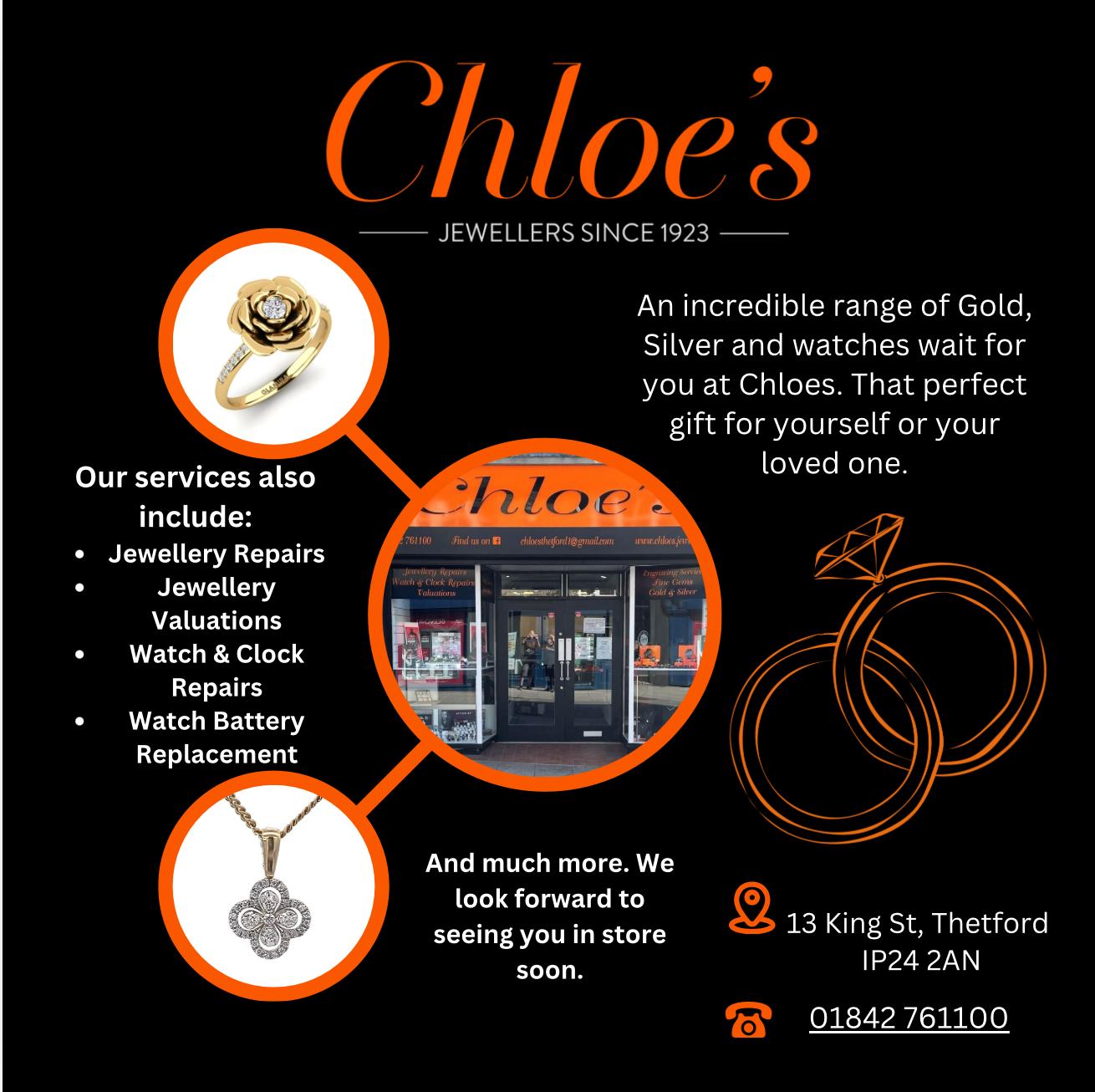
large inheritance to help the sick, the suffering and children. He is the character on whom Santa Claus is based. In the 4th Century Pope Julius declared the 25th December as the birth date of Jesus and Saturnalia was changed to the Feast of the Nativity. By the Middle Ages the festival had become rather a raucous affair, church in the morning followed by revelry in the streets more akin to Mardi Gras than the Christmas of today. In the 17th and 18th centuries the Puritans rather frowned on this frivolity and the festivities were banned, even outlawed in some places. Christmas became more reverent and less fun.
The upswell of wealth in Victorian times saw Christmas of old emerge again but now as a much more family centric celebration. Charles Dickens Christmas Carol and its message of charity and family and celebration was a major inspiration to people, as were the German traditions that Prince Albert introduced, like the decorated Christmas tree. Families watched and copied how the Royal Family spent the holiday. This is when our modern-day Christmas was really born.
So, every Christmas when you put up the Christmas tree, arrange holly on the mantlepiece, take a sly kiss under the mistletoe or munch a slice of chocolate Yule log, you are celebrating ways folks have for 1,000s of years. Celebrations full of history and meaning.
As you might have guessed I’m a bit of a Christmas enthusiast and so when I was asked to spend the morning with folks at the Methodist Church Hall in Thetford and collect stories for this piece, to record some more recent Christmas history to add to this historic context, I jumped at the chance. It was certainly a trip down memory lane for me as well as taking me into the war and post war years that were
slightly before my time. I couldn’t possibly write down all the stories I heard; I’d fill the whole edition. So, what I try to do here is retell a few with the images they conjured up for me. Hopefully it will stir a few memories for you as well.
“Losing my father around Easter 1939 meant that my mother was unable to keep up our house and so we moved in with my grandmother in Norwich. Christmas for the next few years was not an indulgent affair; luxuries of any sort were very hard to come by. But I remember vividly that we always went to the Theatre Royal for a play or panto, although if I’m honest the roasted chestnuts were my most vivid memories of these trips! The expectation of receiving a small newspaper flute of chestnuts, steaming in the perishing cold, wrapping your hands round it for warmth then hesitantly fishing one out, blowing on it then delicately nibbling; heaven! Presents were limited, our stocking would have an orange and a threepenny bit, and a plain doll adorned with clothes that my mum knitted. Christmas was always very ‘homemade’. I’d always get a book at Christmas and one year my mum came home with a bag and scuttled upstairs. I crept behind here secretly and saw her put something on top of the wardrobe. When she’d gone, I climbed up and found my Christmas book, ‘Merrily Makes Things Move’. I read it and put it back before mum noticed. I never admitted it, she’d have killed me! I looked surprised and delighted on Christmas Day and was happy to read the book many more times! I went on and on about wanting a bike, but you just couldn’t get them in the war. Then one Christmas my uncle surprised me with one. Well imagine the unbridled excitement. It wasn’t a make I recognised though, rather a roughly printed ‘ASP’ on the framwe. A very special make he said. Years later I discovered it stood for ‘All Spare Parts!’. My uncle
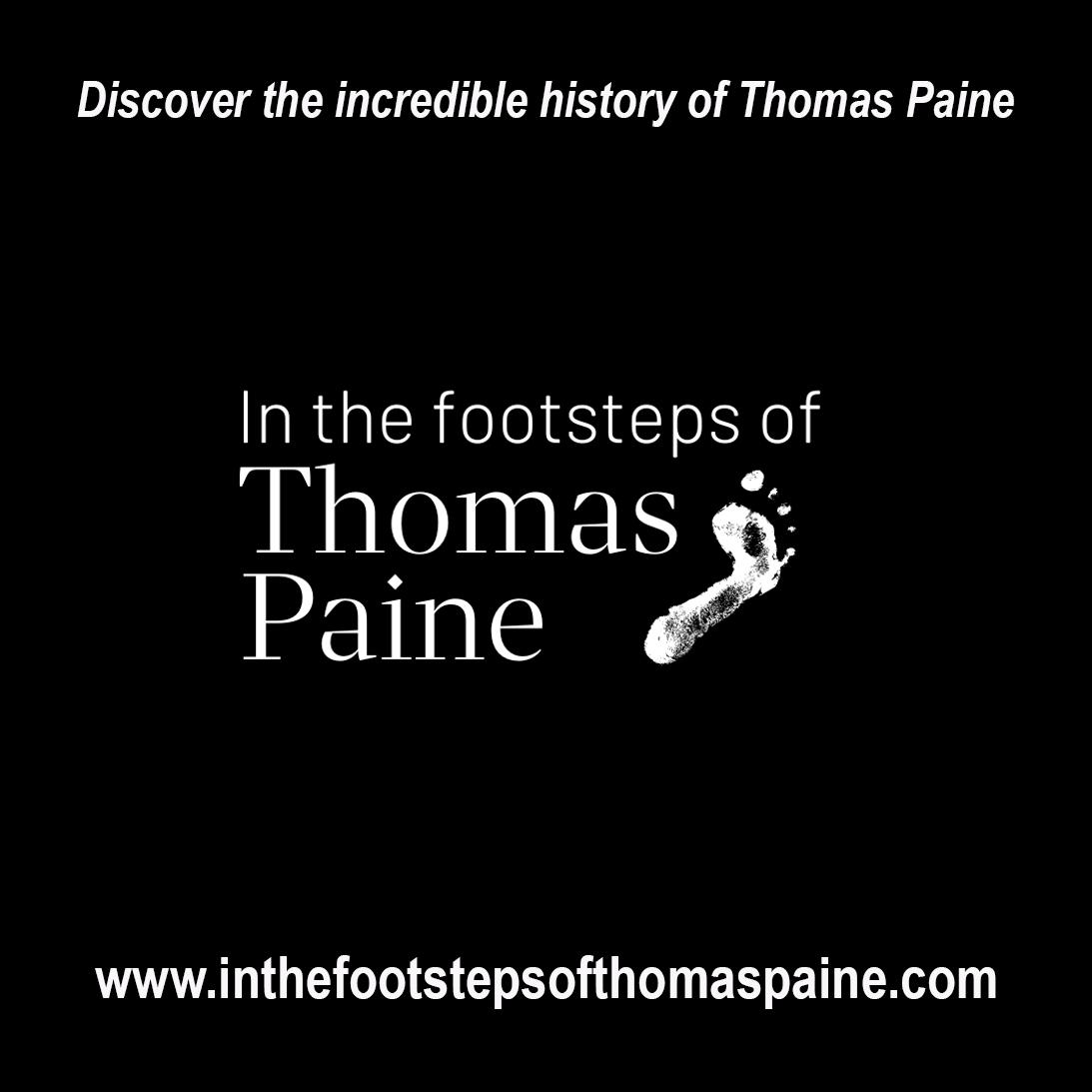

had scavenged for bits and lashed it together, but I didn’t mind, just another bit of Christmas magic. The later years of the war dealt a heavy blow to us at Christmas though. Mum and I had moved out to our own place and one Sunday in late November, on the way back to grandma’s from church, we stopped and sat on our front wall to listen of the whine of doodle bugs passing over head. Then the whine stopped, their fuel had run out. We dashed to the kitchen and hid under the table and heard a loud dull thud nearby. Slightly shaken we completed our journey to find the bomb had landed in my grandmother’s back garden. Her and her sister had been killed. Had we not stopped off, we would have been there to. That Christmas was more sombre but somehow made the memories of happier ones at granny’s so much more vivid and special”
“I grew up in Glasgow after the war and my father left my mum with 6 children when I was 5. We had very little money and some Christmas celebrations were basic. We always had a tangerine and a banana in or stockings; fruit from abroad was so difficult to come by back then it had to be a Christmas treat. And of course, there was the threepenny bit and some sweets. We didn’t have any big presents or a big dinner, but we spent the day happily with mum and friends at a local club. I remember loving to make colourful paper chains at school and hanging them back at home. For a special treat mum used to make us clootie dumpling (a suet like pudding) with a sixpence hidden in it. Such excitement when we found the coin. Simple days without a lot of money or presents, but such happy memories.”
“In our house nothing much really happened until
Christmas Eve. This was always pay day so Dad would buy the beer and sherry and a tree from the market that we’d decorate it that evening. He’d always sweep the chimney ready for Santa and we’d decorate the room with colourful paper chains and lanterns made from toilet rolls. There were no electric lights on the tree, rather we’d clip on candles that only Dad was allowed to light on Christmas morning. The lead up to Christmas was magical in town with shop windows decorated and beautiful. I particularly remember the window on Droran’s corner full of toys; I was like Tiny Tim gazing in and wishing they were mine. Ben Culey would dress up as Santa and ride around the town. There was often a doll involved in the presents for me; I also remember vividly a maroon dolls pram. Happy, simple days”
“Stockings always included an orange, threepenny bit, nuts and sweets, treats that never failed to excite. I’d often have a Dinky toy car to add to my collection. For us boys our main present was often Meccano or new bits for out OO gauge Hornby railway; a carriage, a tunnel some more track. We’d spend hours building new things with Meccano or new layouts for the railway, taking stuff round to friends to build bigger and better. We had a tree with clip on candles and decorated the room with paper chains held up with drawing pins that would leave marks to see all year round. Money was tight and presents limited, but I don’t feel we ever missed out on anything. It was still a special time of year”.
Joy Osborne
“On Christmas Eve we’d put a pillowcase at the bottom of our bed for Santa and one of my brother’s socks would go on the fireplace and be filled with nuts, a hanky with nursery rhyme on, an orange,
Portraits by Martin AngusWendy Greenwood & Sylvia Saunders (above),

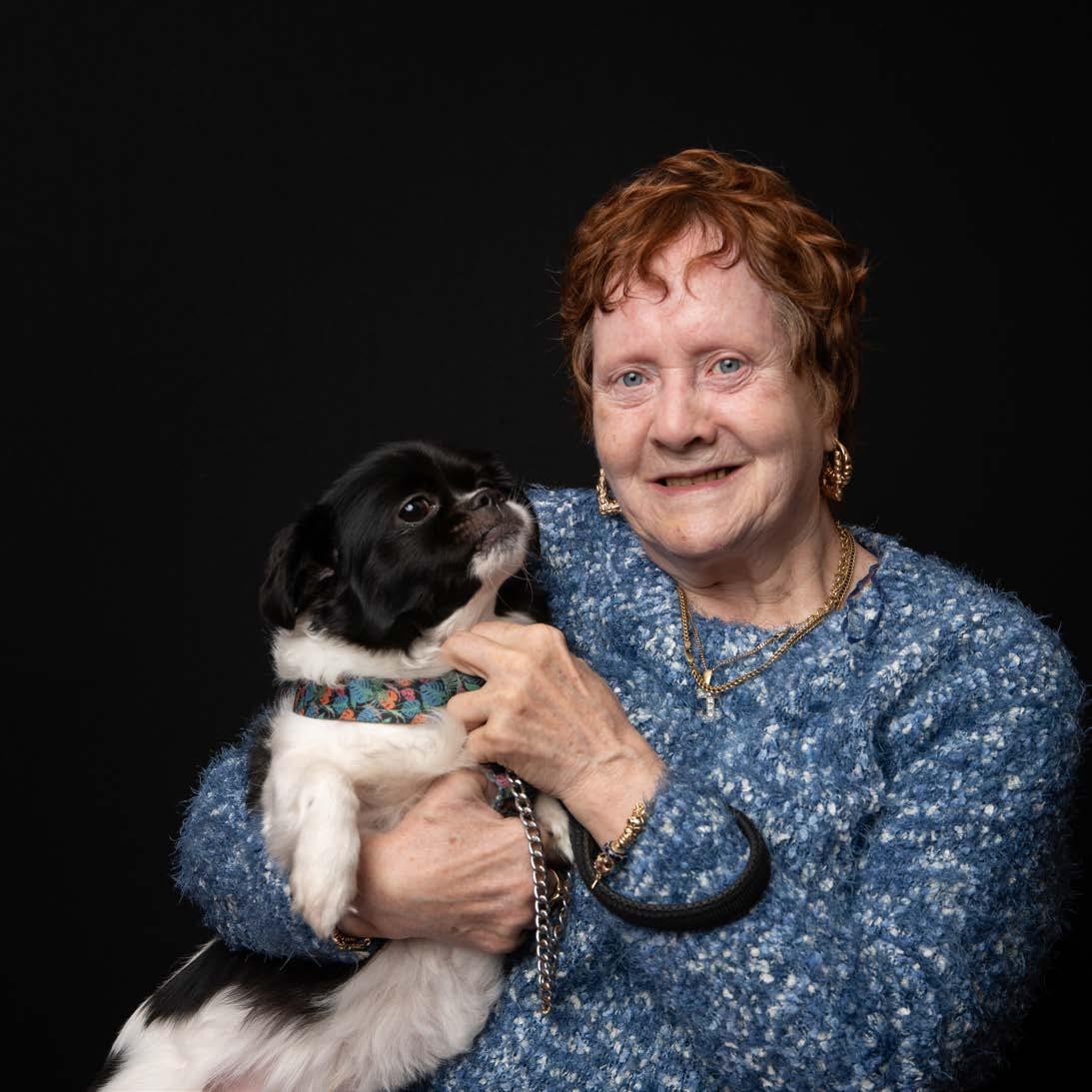




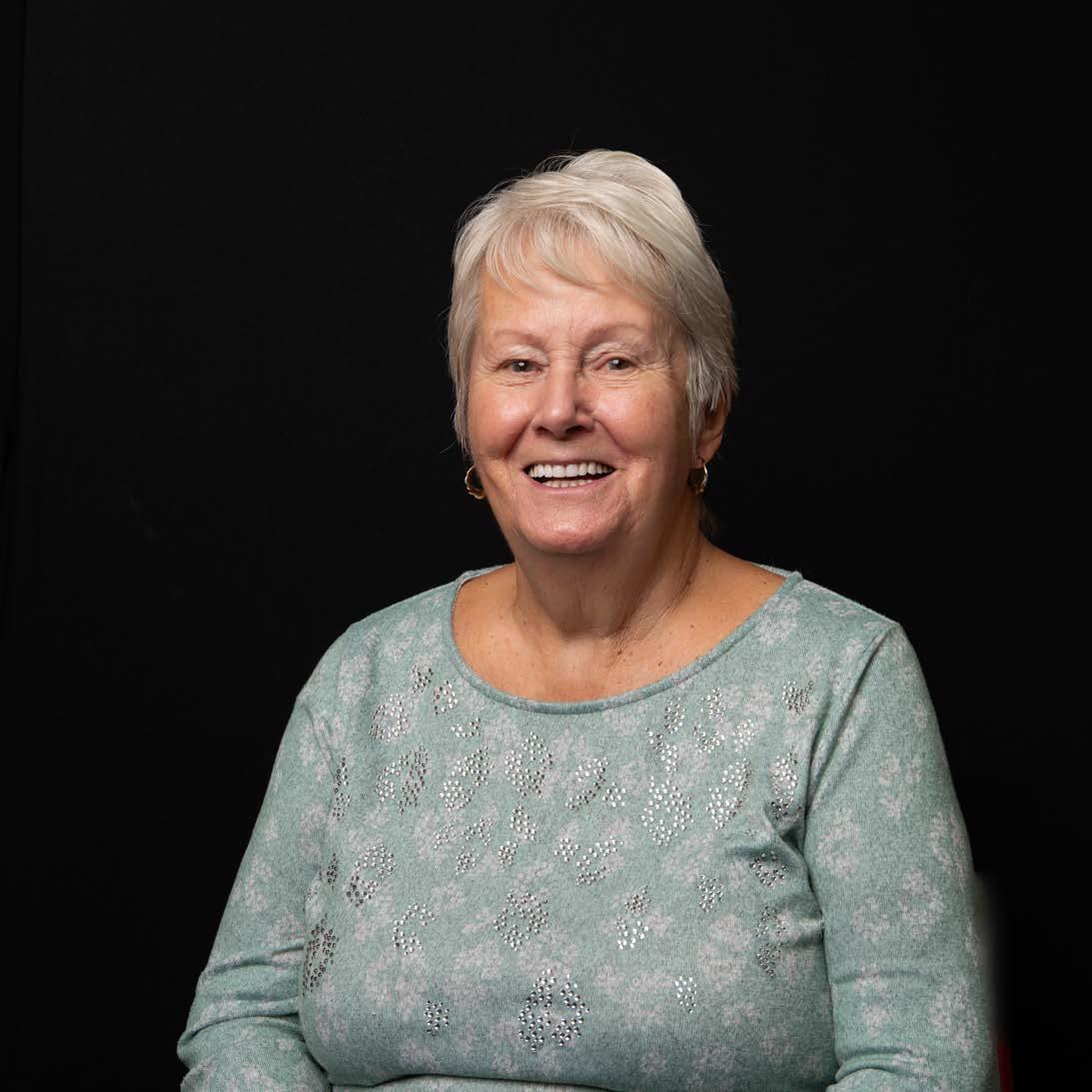
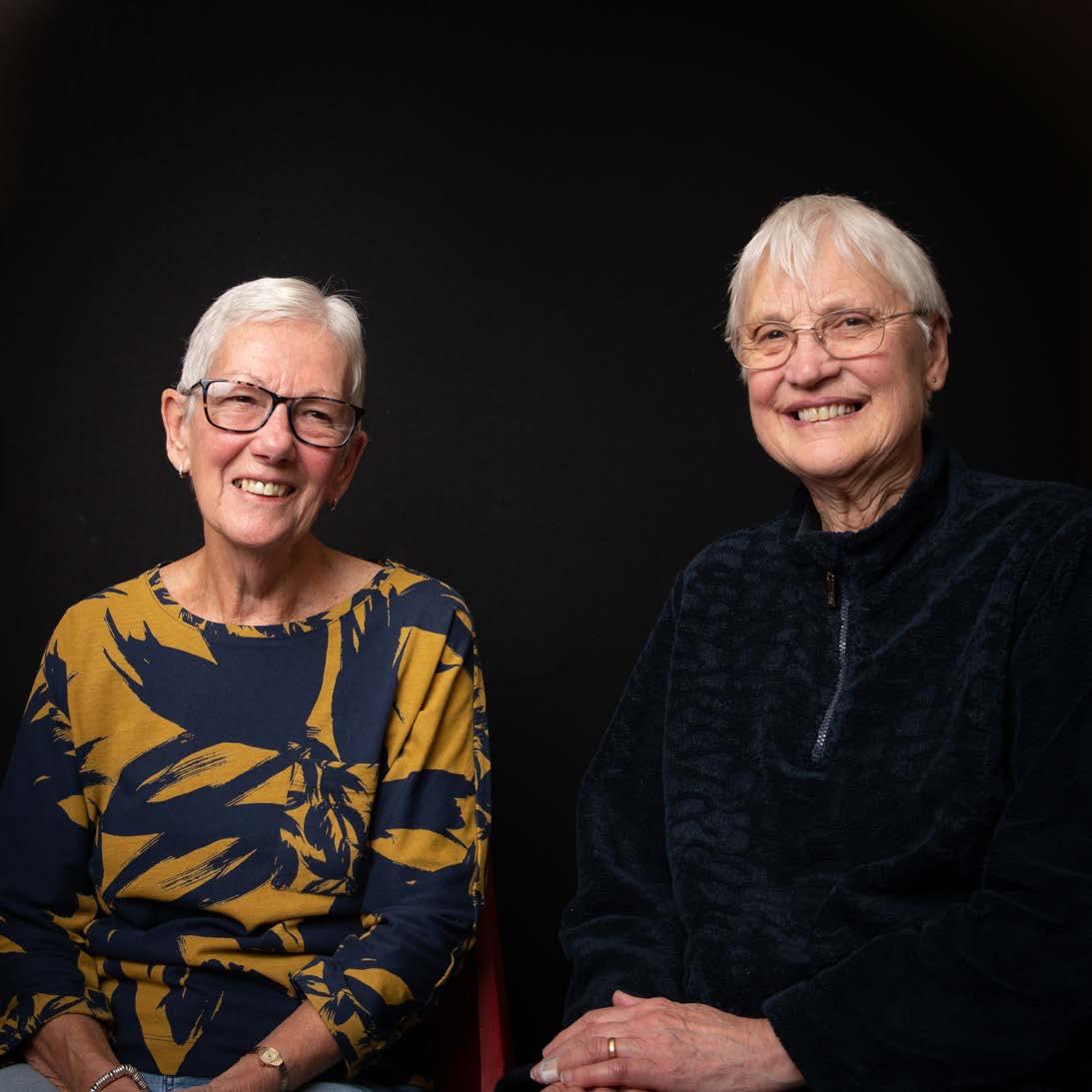


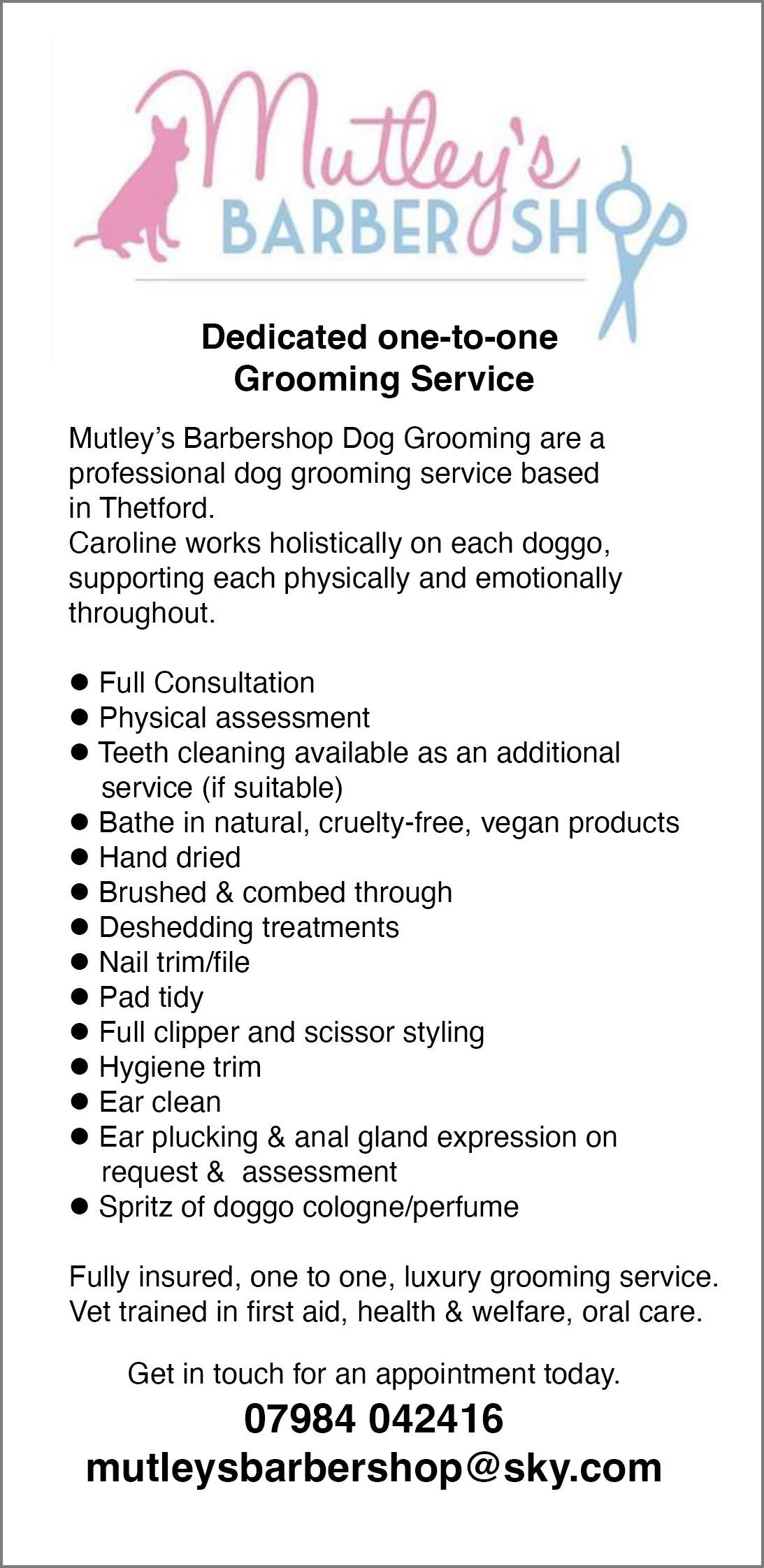
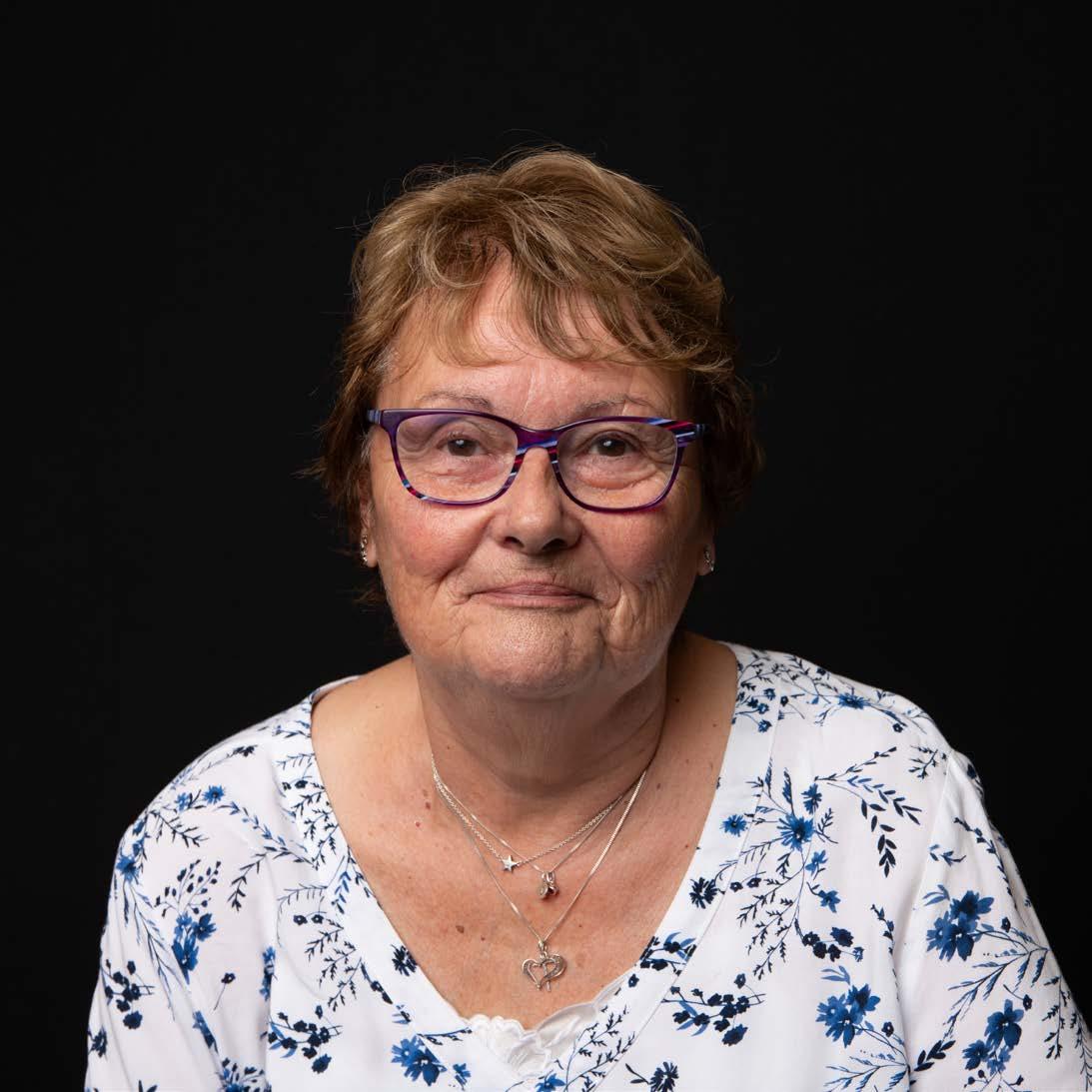
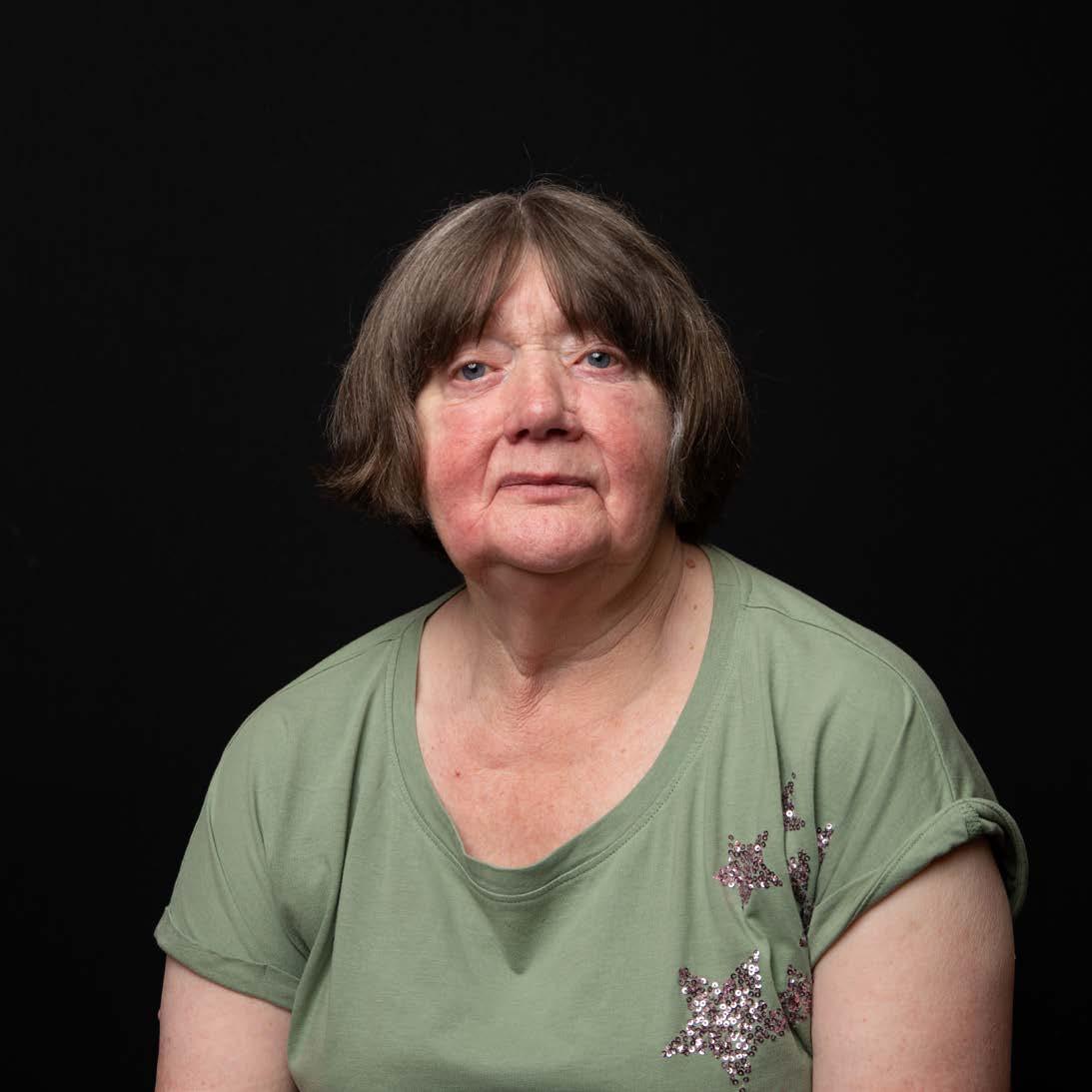
chocolate and a threepenny bit. We only had one main present. I can remember a doll, a nurse outfit and shoes in different years. We always had a real tree decorated with sugar mice, baubles, chocolate decoration and tinsel. The room was decorated with paper chains, crepe paper decorations ad balloons. We were washed and in bed early on Christmas Eve and Christmas Day was mayhem. There was always a annual for the boys and girls, I remember my brothers getting Meccano and a magic set. After a sandwich and Christmas cake tea, we’d spend the evening playing games. We always went to the pantomime at Norwich and there were often parties, I remember one in the upstairs room of the Green Dragon. I got a large straw filled doll one year that I called Heatherbelladingdong! I played with her constantly but when she started shedding straw in the house that autumn, Dad decided she’d have to go atop the fire on bonfire night. Tears flowed. Simple, happy times and great memories”
Wilkinson
“My memories of Christmas are fading now but one thing I remember vividly setting up and running a youngsters brass band. I’d played in bands for years but decided one year to set up a youth band myself. Christmas was high season for us playing at old people homes, at events and in the town. I’ve always associated brass bands with Christmas, the Salvation Army playing on street corners and collecting money for the needy. It was much more about community back then than it feels today”.
So, some lovely memories of Christmas past which just leaves me to wish everyone, young and old, rich and poor, religious and non-religious, a fabulous Christmas season full of family, community, warmth and full bellies that recharges you for the rest of winter and the hope of spring ahead, Skol !!
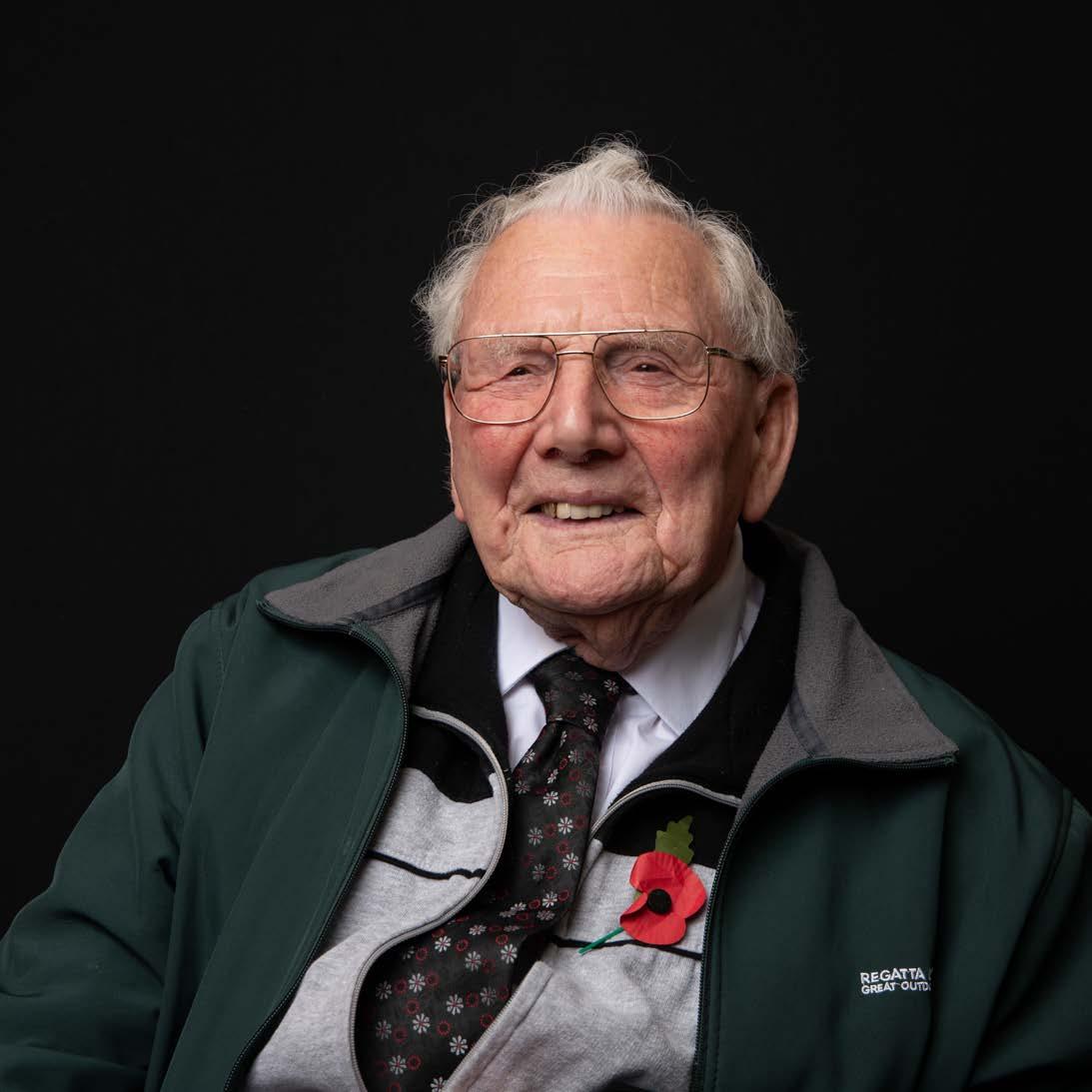



Written by Andy Eden
It sometimes seems a lifetime away, the Covid pandemic and the days when we were all isolating. With everyone confined to our homes apart from a daily walk or going to get food shopping, it was a very difficult and unique time. While it was trying for everyone and very frightening for many, we should not forget that it had a real and in some cases, lasting, effect on people’s health. But beyond the medical ramifications, it affected businesses and none more so that the hospitality industry. Pubs and clubs were closed for a time and then, when we were allowed out, many people preferred not to be in a confined space with lots of others.
Given the extremely hard time that the pandemic caused our pubs and clubs, I was very interested

to find our how one such place, here in Thetford, not only survived, but has since grown to well beyond its pre-pandemic membership. The Conservative Club sits in Magdalen Street, just off the town centre and has been a place for people to meet and get together for many, many years. It was here that I met Tom Walker and Karen Darton from the club committee to find out more.
As we settle in the pool room of the Conservative Club, Tom tells me that club membership was not doing so well before Covid stuck. At least during the pandemic they were able to apply for financial help from the government. It was after the restrictions of lock down were lifted that the problems were laid bare. People were simply not going out as they had been before. Socialising
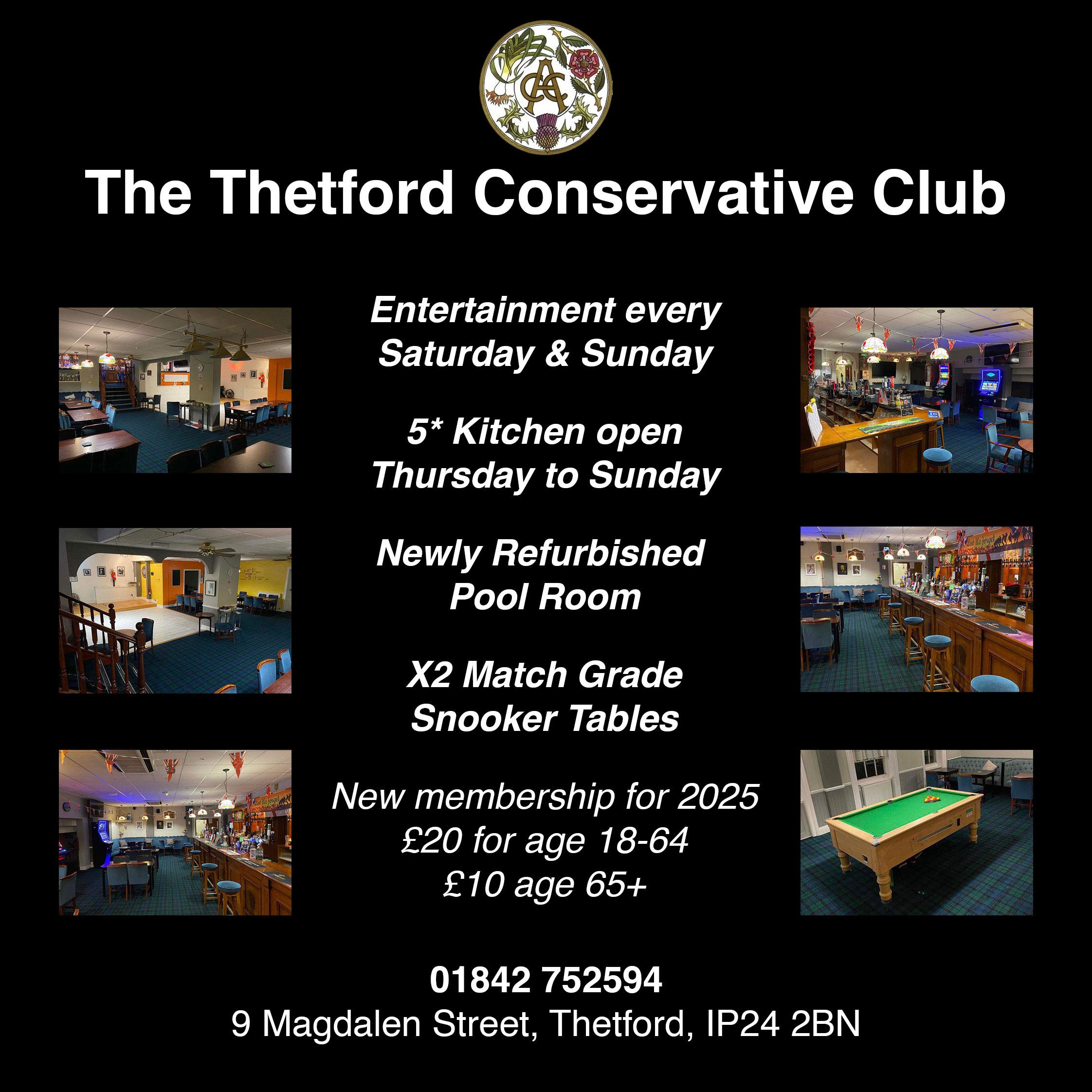
habits had been broken, to be replaced by the new normal of staying in.
In September 2022 a crisis meeting was held to explore new ways forward. At this time the club’s membership was down to 320 with regular attendance of about 60. This was a far cry from the 928 members on the books at its height in 1995. Entertainment, usually in the form of music acts, was provided approximately once every two weeks. It seemed that only a core of hardened members were attending and many of these were in their 60’s and 70’s.
In the May of 2023 a new committee was elected to try and breath fresh life into the club. Tom became the club secretary and Karen the treasurer. The first problem they had was that the bank account had not been passed over at the same time. It would be 4 months before the committee could use the account which meant they had almost no funds. They could not take card payments or the money simply went into the inaccessible bank account so everything was done in cash. To keep the club afloat, the committee bank rolled it until Karen could use the bank account and pay them back.
To revitalise the club, It was clear that it was no good simply doing the same things. Something new had to be tried. With a cost of living crisis to contend with as well, many people were not going out for a drink any more. A few cans from the supermarket and a film on TV were replacing an evening in the bar. The committee decided to take a chance that entertainment would bring people out. They booked more acts from tribute groups, to ska nights, bands and local singers.
Obviously this came at a cost but it started to work. Attendance went from the half a dozen or
so who would have previously been there to watch the performers, to about a hundred with the place buzzing. This was the start of the turn around the club needed.
With a lot of hard work and investment, the kitchen was reopened in August 2023. Andy Byrne, who had worked in several other venues locally, became the chef. Now the club serves food every Thursday, Friday, Saturday and Sunday. With the club offering a place to be entertained, have a drink and get food, things were changing for the better and it was reflected in the growth of the clubs membership, by the end of 2023 it had risen to nearly 800.
While this was good news, there was still more to be done. With the increase in membership and regular attendances, some of the money concerns began to ease so the committee could turn its attention to catching up on the maintenance of the building. It is an old property and, as with any such buildings, there is always a list of repairs and improvements to be done. The internal space was rearranged and reconfigured to make the most of the rooms that were available. The pool table was moved to the room at the front and away from the kitchen. After all, an uncontrolled pool cue could easily upturn someone’s meal.
During 2024 the club has started to have either a disco or karaoke on occasional Friday evenings and introduced entertainment on Sunday afternoons as well as on the Saturday evenings. So that people can see what is planed, the Conservative Club has a Facebook presence as well as being on The Bubbly Hub web site and publish a list of the acts that will perform over the next 3 months. There are now men and women’s pool teams, both of whom are involved in the
Parker league and every Thursday members get together to play in the Redtooth poker league. Most of all though, the club is a place for people to meet up and enjoy themselves. It has become more family orientated with the average age of members dropping to the forties and fifties rather than seventies. Many of the old, outdated club rules have been changed or removed altogether to reflect today’s society. The club now encourages a feeling of community. Many members stepped up to help out with the maintenance work, particularly those with a trade that was needed.
It may sound as though the club’s worries are over and it is certainly true that it is in a much better place than it was. However, the cost of living crisis and increased expenses affect clubs just as they affect home finances. The sums involved are eye

watering. Utility bills alone are in the region of £2,500 every month and when other costs are included, £13,000 goes out every month before the doors even open. If you then add in the cost of the entertainment and filling the drinks cellar, that figure almost doubles. Then of course there are the costs improvements and renovations to be considered. The building had a new heating system in 2023 which had a price tag of around £15,000.
Fortunately the increased membership, now standing at around 1,000, and much improved regular attendance make these costs manageable, but only just. The margins are not particularly high but the club is not just surviving, it is thriving. It is no mean feat to move from a failing venture to one that is growing its membership and providing more entertainment and better facilities in just two years. The committee and club as a whole have worked a small miracle and now benefit from those changes.
Perhaps now would be a good time to point out that, despite the name, this is not just a meeting place for Tory voters. Whatever the colour of your political flag, if indeed you have one, you would be welcomed here. The only affiliation you will have, is to the club. Rather than politics, think social club and there you have it.
If you think this could be the place for you, the membership is charged as an annual joining fee of £20 but for over 65’s it is only £10. If you remain a member, the second and subsequent fee is £15 or £7.50 respectively.



Written by Joanne Lock
When I met Billy Brown of East Anglian Kickboxing Academy, there were two weeks to go until the Next Gen Fight Night and Billy had been busy with final arrangements and trying to arrange a good match for a fighter whose opponent had to withdraw from the night’s line up due to injury.
Last year East Anglian Kickboxing Academy held their first ever home show on a Sunday evening at a nightclub in Newmarket to a sell out crowd of 300. It was a welcoming atmosphere for everybody and that evening the venue was an alcohol free one to allow under 18’s to compete.
This year it felt right to bring Next Gen Fight Night to East Anglian Kickboxing Academy’s hometown of Thetford and did you know that Thetford has some of the best kickboxers in the country like Alfie Lynch, Matty Wiseman, Luke Goodge and Jack Carter, this is not an exhaustive list and includes many others. Thetford fighters are up and coming and the ones to

watch and so is the sport of kickboxing.
In Japan the K1 rules broadened the scope of shots that can be used in competition, the result was more fast paced bouts. The K1 rules were introduced in Japan to cater specifically for TV audiences enabling kickboxing to become a spectator sport and experience.
Usually in the UK it is only during the Olympics and Paralympics that provide us with an opportunity to watch televised martial arts, but in December 2023 One Championship, the world’s largest martial arts organisation who are among the top five sports organisations for viewers and engagement announced a partnership with Sky Sports, where One Championship would bring their full range of martial arts events in the UK and Ireland to be broadcast live.
With all these aspects coming into play, kickboxing is becoming more than a hobby to develop fitness and other life skills, for some it is a career path.
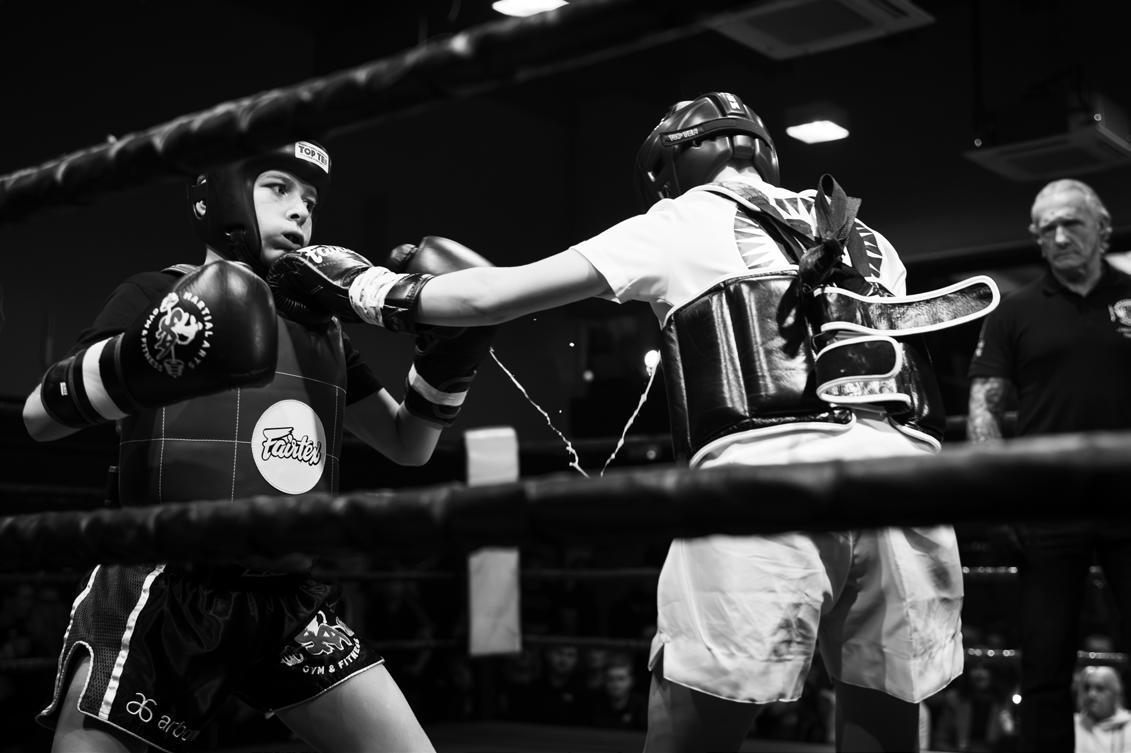
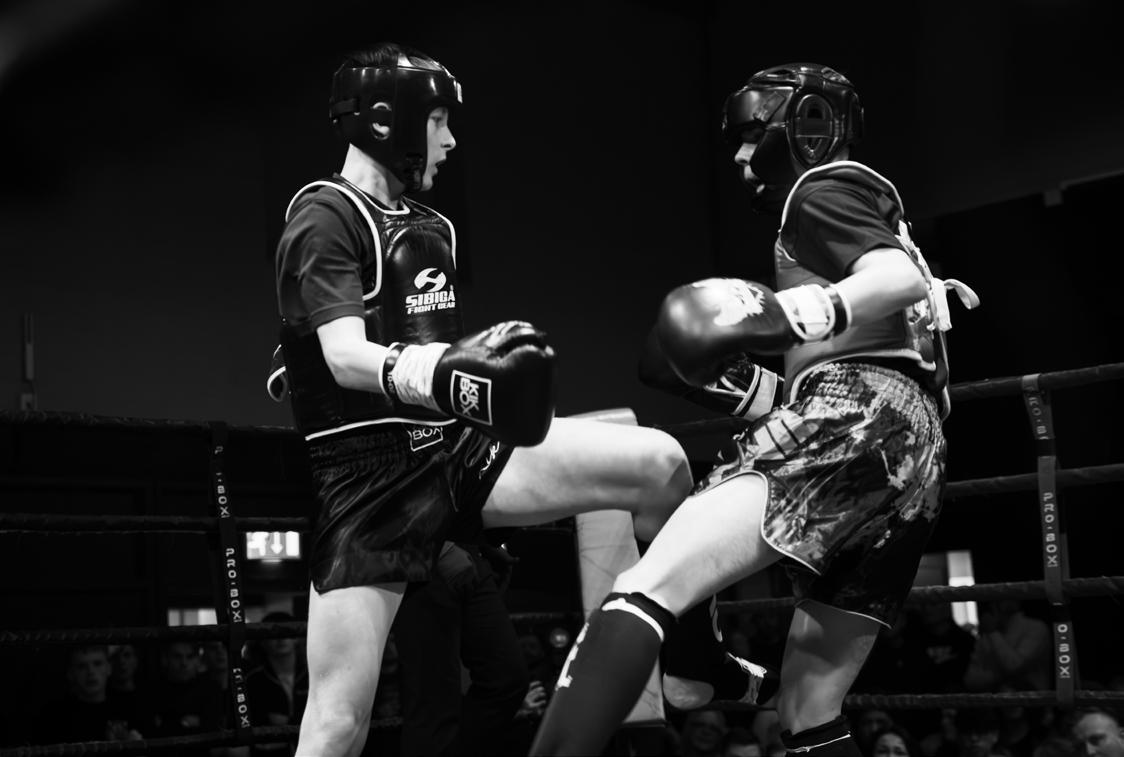
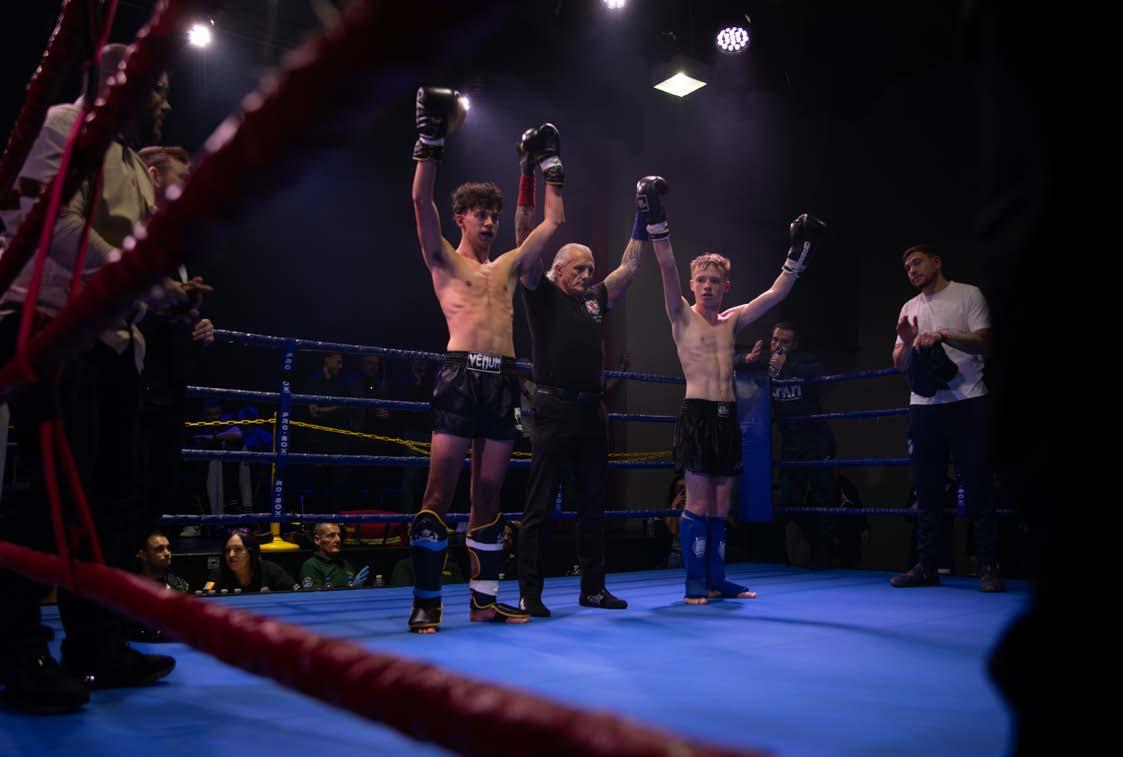
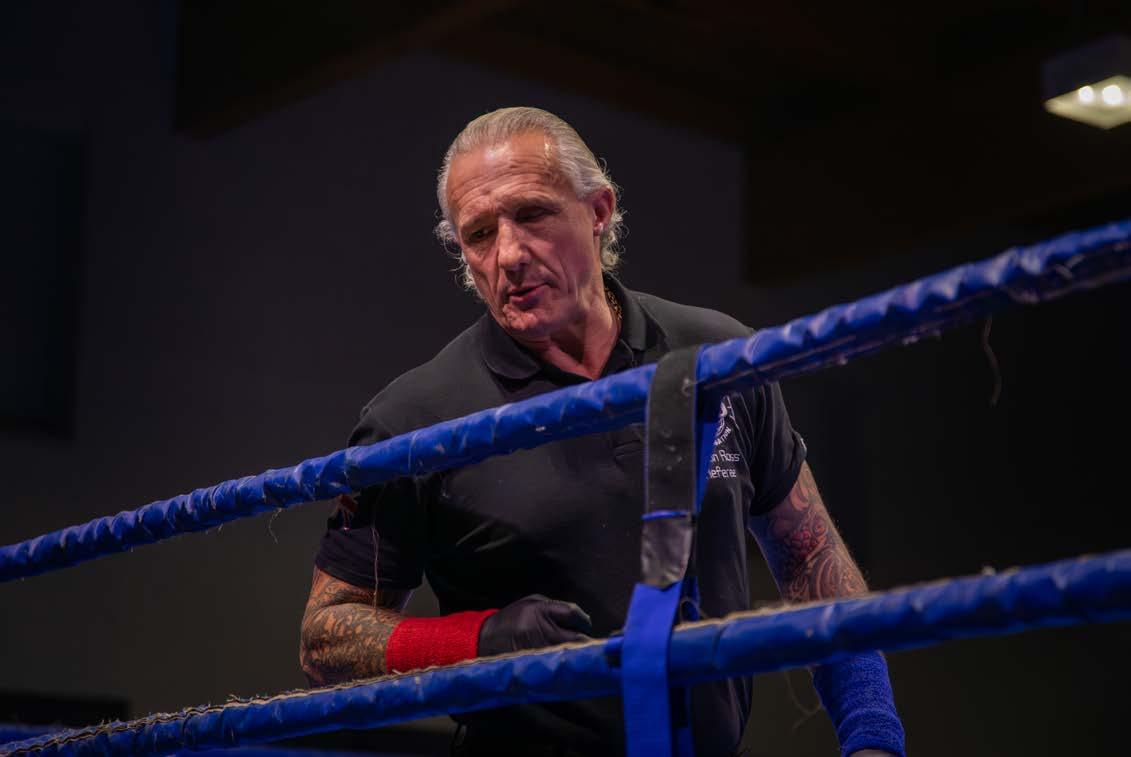
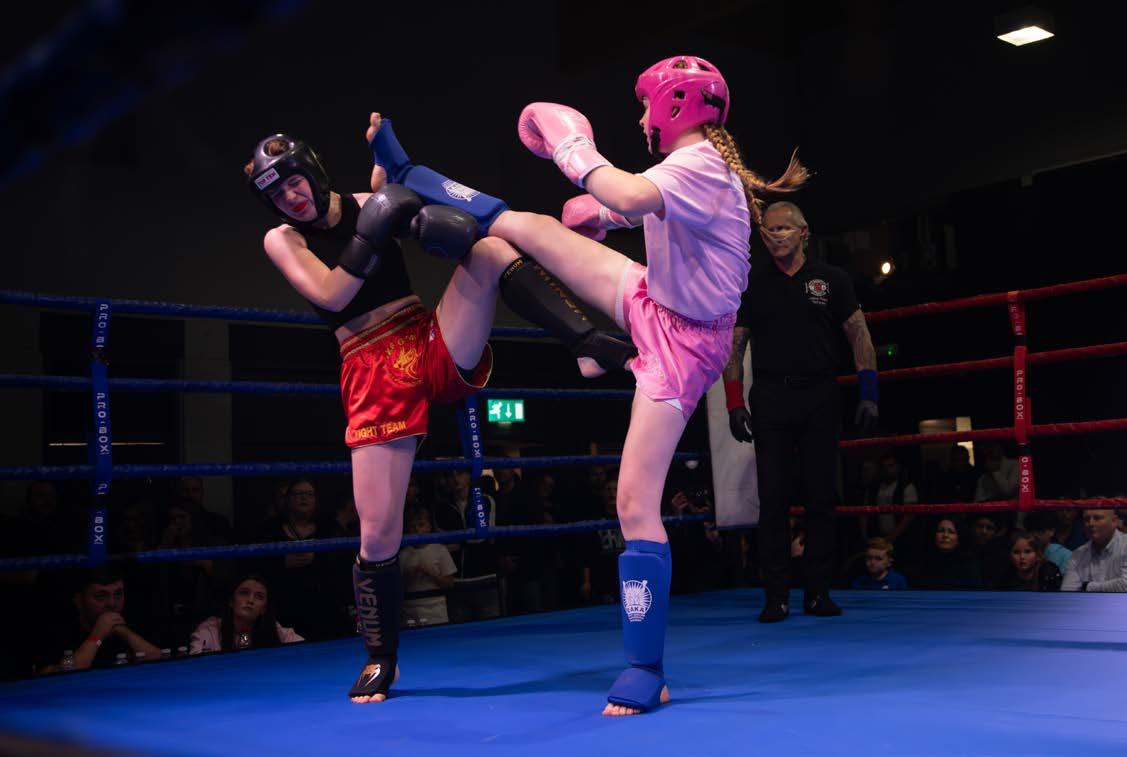

Billy Brown founder and owner of East Anglian Kickboxing Academy is someone who has made kickboxing a career. Billy discovered kickboxing when he was 13, after realising that he wasn’t cut out for team sports, mainly because he had a strong sense of not wanting to let anyone down. Kickboxing and boxing suited Billy as it was just himself and opponents he had to compete against and success or failure was his and his alone to deal with.
At school Billy knew he wanted a career in sports and his ambitions lay in coaching.
After becoming a father, Billy couldn’t justify sacrificing family time for a hobby and it was vital that he turn his passion for kickboxing into something he could make a living from. It paid off and Billy makes a livelihood from kickboxing and also gets to spend time with his son who trains with East Anglian Kickboxing Academy. Billy watches on with pride while his son trains with the other instructors at the club.
Billy’s first step in turning a hobby into a business was with the opening of his own club Billy Brown’s School of Kickboxing at the age of 21. Lessons were held at Cloverfield Church Hall and other small halls in the area. It’s now evolved into East Anglian Kickboxing Academy, based in Ashley House on Stephenson Way offering a wide range of classes 6 days a week.
As well as running the club and coaching Billy works as a promoter, working on the UK and European circuit he has built up an excellent reputation and is known for the emphasis he places on making good and fair matches without bias. Billy is committed to supporting and nurturing talented fighters and in December as a promoter he will be going to Tokyo to support a Portuguese fighter.
The ethos behind these new home show additions to the UK circuit is a move away from the glitz, glamour and
showboating fighters often seen in some of the mixed martial arts shows and to offer good quality events with fair and entertaining matchups, going back to grassroots that includes teenagers, adults both amateur and professional and show kickboxing in a pure way that provides the foundation for up and coming fighters to build on and progress their careers where the prize pots in professional bouts can be substantial.
On the evening of Saturday 2nd November East Anglian Kickboxing Academy’s - Next Gen Fight Night came to the Carnegie in Thetford with fighters coming from Kent, Essex, The Midlands and Great Yarmouth to compete.
Thetford’s own Alfie Lynch went up against Benjamin Murrell in the headline bout and Matty Wiseman’s bout was the co main where Matty competed for an Amateur World Kickboxing Organisation area title.
Malcolm Martin of FightNightLive-TV provided ringside commentary.
One of the many highlights of the evening was when Luke Monks of East Anglian Kickboxing Academy vs Jake Williams of Cambridge Kickboxing was named “fight of the night” after their incredible all out back and forth war, Luke was given the unanimous points win at the end of the bout.
The climax of the evening was when local hero Alfie Lynch walked into the ring wearing gold to Gala’s Freed from Desire and as the words to the song go you could see he had his strong belief to win and both fighters gave the packed, excited crowd more and more.
During the first round of 3 consisting of 3 minutes, Alfie landed the first kick and both fighters got stuck in from the start working hard by answering each other’s shots as they worked out and weighed each other up. Even though this was Benjamin Murrell’s first bout after being away for 3 years, you couldn’t tell as he was composed, fit and
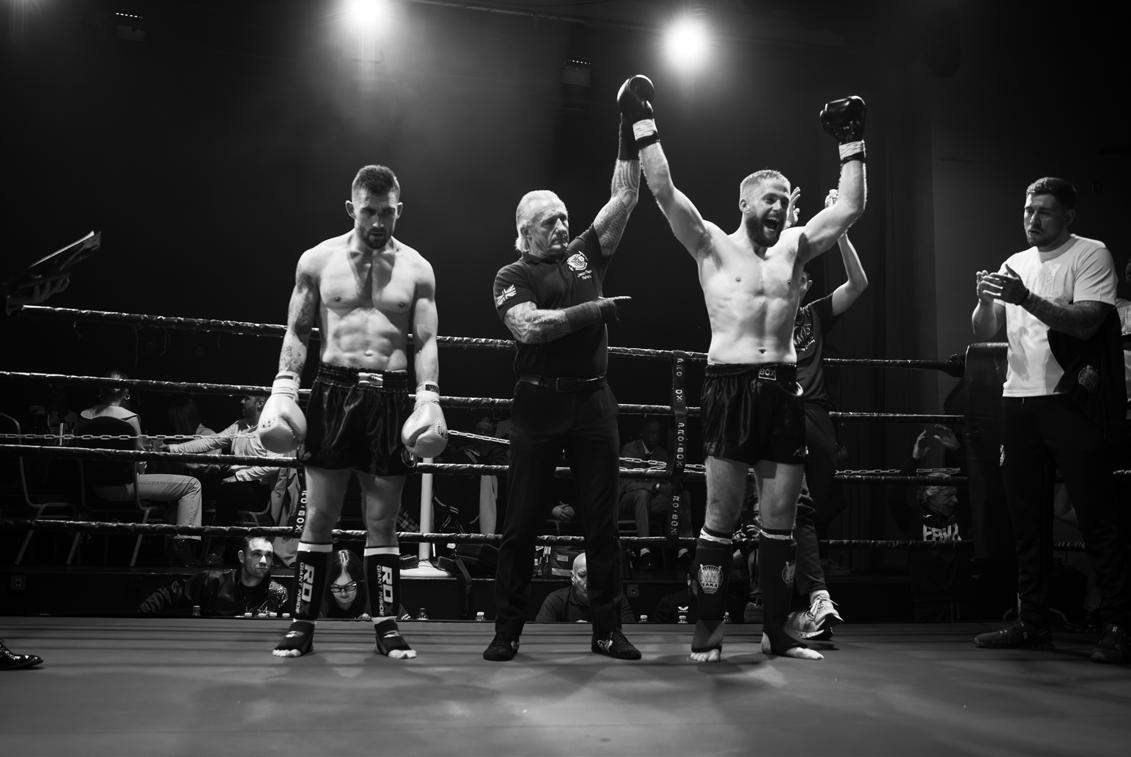

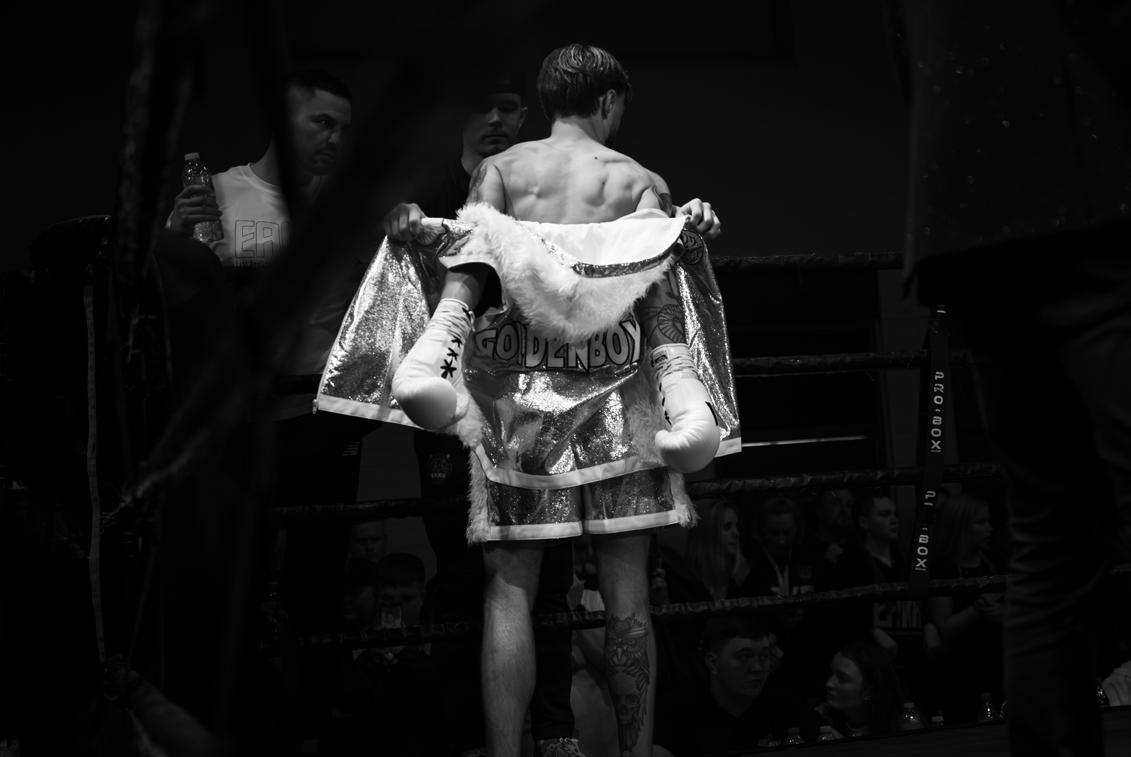




confident both fighters were well matched.
Both started well in the 2nd round, Benjamin remaining centred while Alfie worked hard to do everything he could to disrupt Benjamin’s balance and focus. This happened in the 2nd minute of the round, the crowd were on their feet and roared as Alfie unleashed everything he had and used all his moves on Benjamin and took control of most of round 2. Benjamin did not go down and recovered well.
At the start of round 3, Alfie slipped during a scissor kick and Benjamin came back stronger to reassert himself while Alfie kept a tight guard before responding with some big moves. Both were looking tired but with true warrior spirit dug deep and continued toe to toe as they had throughout the other two rounds and delighted and thrilled the crowd with quality kickboxing.
It was an extremely close fight that concluded in a split decision in favour of Thetford’s Alfie Lynch.
If you missed the event or would like to revisit all the action, all of the fights from the evening are free to watch back on the East Anglian Kickboxing Academy YouTube channel.
This amazing adrenaline fuelled evening wouldn’t have been possible without the fighters who work extremely hard to build up a following on social media enabling them to sell tickets for the event and it was because of their efforts that The Carnegie was a sell out crowd of family, friends, followers and non kickboxers who just wanted an entertaining and exciting Saturday night out.
Billy would like to thank Thetford Town Council who arranged a space to be available for the weigh in, in the morning and other areas of the building to be made available for the medicals to take place. They couldn’t have been more helpful.
Generous sponsorship from Hot Comps, Azzotech, Shelby Staffing and T&S Security Services made this event
possible by funding the cost of the medical team, on-site ambulance and venue hire. Also a big thank you to Ice Nightclub for their support of the event and for hosting the afterparty for anyone who wished to attend.
A social media comment that said ‘Congratulations Eaka Billy you nailed it last night. Great venue, amazing fights’ says it all and a great summary of the evening.
So, now that we know we have some of the best kickboxers in the country, here are some ways we can support them to ensure that their careers blossom. You can follow them on social media and go to watch them at the home shows. This is how promoters like Billy spot those who are up and coming and those fighters who are spotted get booked onto more shows around the circuit which offers career progression, allowing fighters to move up through the ranks and through hard work eventually get booked for high profile bouts.

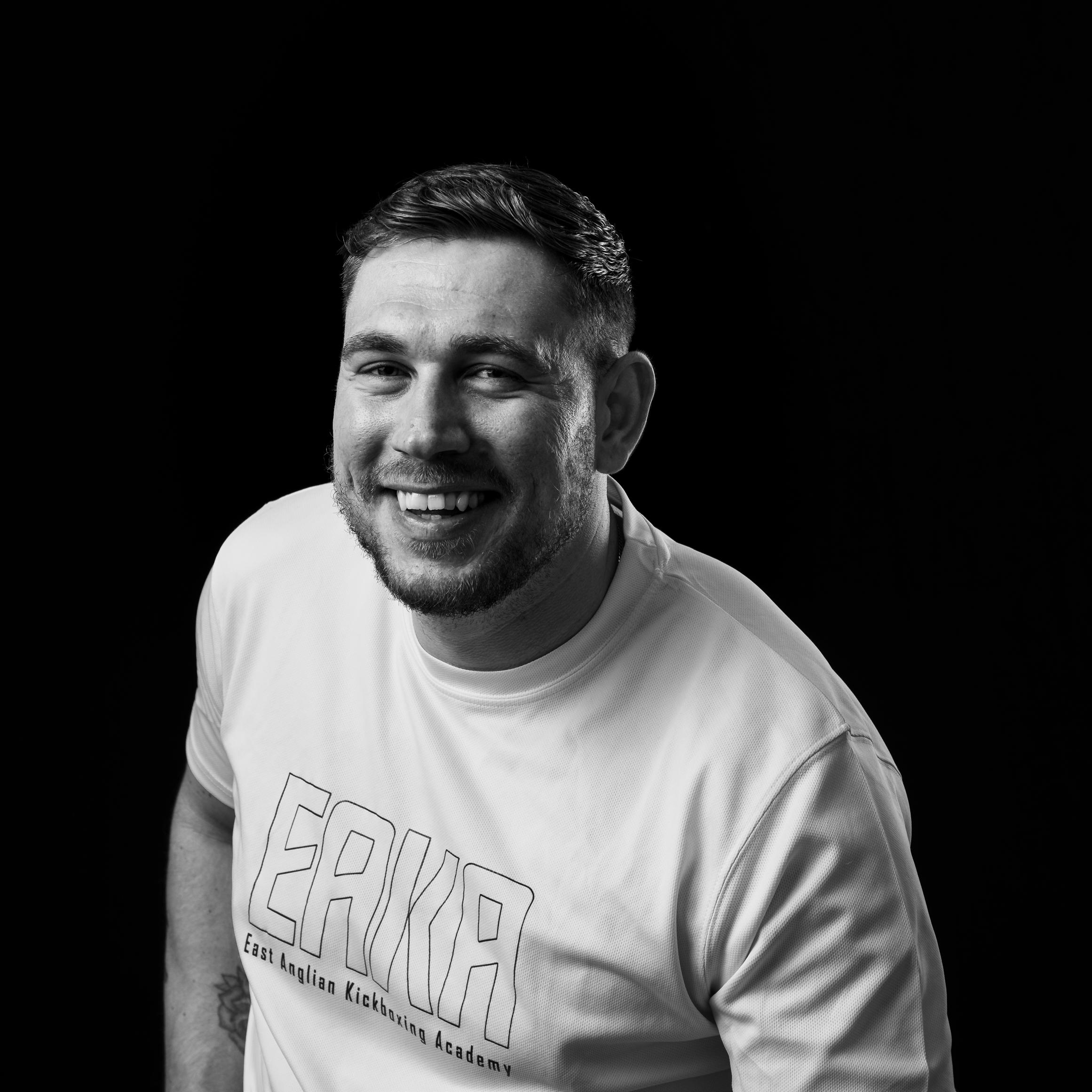

By popular request, we are publishing a a few of the letters and correspondence we have received from some of our avid local readers. This is a test feature, if we get positive feedback we can expand this in future editions, please let us know what you think.
Dear Editor,
Along with many pensioners in town, I am very unhappy about the recent changes to the Winter Fuel Payments, and the stiff criteria that has now been imposed by our current government. To help alleviate my frustration I have written a poem and I am asking whether you will publish it, so others in Thetford may read it and empathise with our situation and know that they are not alone.
Thank you, Carol H.
‘Winter Fuel Allowance - 2024 Diddled!!!
We’ve worked hard all our lives & paid our taxes Now’s the time for us OAPs’ for warm by fire relaxes
Been through Wars, rationed food, living on my own
They tell me its healthy when I make soup from a bone
Who would have thought we would have to suffer when we’re ill
No Doctors to see, long NHS waiting lists, just
take another pill!
Now no fuel allowance, Senior Citizens, No! Labour say
Frailty, 90 years, living alone, it’ll only take a day
Fill another form in, its only 50 pages
Its enough to make your blood boil and anger rages!
Arthritis in my fingers, cataracts in my eyes, how the hell can I do that Its just taking the bloomin rise!
Turn the TV on to let your mind relax
No, its just an advert reminding you to pay your Tax!
Adverts for Charities are coming thick and fast Shut your eyes, the Cremation ones, will not forever last
They ask me for my email or go online they say If only they could take me back to a 1960’s day
The baker and the butcher came round houses door to door
No matter if you’re rich or even mostly poor
The rent man came to your unlocked house, to take money from the table
No matter if you were fit as a fiddle or a bit unstable
Still, there are good folk plenty, there is not many at a loss
They smile, say Good Morning, stop their cars to let you cross But just remember Keir Starmer, your time will come
When you become an OAP just like me….. A 50-page form will make YOUR brain go numb!!’
Thank you Carol, we can fully sympathise with your frustration, and we are very happy to publish your poem.
We have been in touch with Age Concern, and they have a petition that they are recommending people sign. They have supplied us an advertisement which we have included below.

Dear Editor,
I was inspired by your last edition, having read some lovely poetry in your magazine, to have a go myself. I hope it can be published but I would like to remain anonymous please. Many thanks, A.Non
‘Spirit of Christmas Christmas time is here at last Drag out the baubles from the past
Sprouts to peel, tinsel on tree Crackers to pull, everything Christmassy
Puds and cakes, make or buy Pickle onions, try not to cry Party invites, spare a kind thought
For those alone who have none brought Presents, turkey, reminisce of the past And make their ready meal to sadly last
So, if you know of somebody near Who has no-one with which to share Christmas cheer
Give them a call, a wave or a smile
Or even visit for a chat awhile
Take them a cake or even a pud
To let them know that Christmas is good!’
Anon
Our pleasure, perfect timing for our Winter edition, we hope this builds your confidence to write using your name in future.
Dear Editor,
Please can you include this open letter iof thanks in your next edition?
We write to you today with hearts full and with great appreciation for the support Chapter15 has received over the past three years. We are a very small charity based in the centre of the town at the Riversdale House in Tanner Street. Our small facility offers free access to showers to those without accommodation. Opening our doors three times a week we welcome people to just sit safely in the warm, charge their phones, have something to eat and drink and get support and advice in their current situation. We aim to be that listening ear.
Reflecting on the past year, I am overwhelmed and have been constantly taken back by the love and kindness shown; everyday people just doing what they can, where they can, when they can to help us. This kindness and support have resulted in us being able to open and support the community week after week.
Firstly, a big thank you to our volunteers, who give up their time freely to enable the facility to be open. They serve effortlessly, with a smile, and are always happy to do anything that is asked of them. Working as a team they show dedication, kindness and love just believing in the mission statement and values of the charity. Also, a little shout out to Carla, one of our lovely volunteers, for taking it upon herself to take on the challenge of The Great North Run and raising over £400 for the charity.
One of our biggest standout moments was being chosen as School Lane Doctors Surgery’s ‘Charity of the year.’ They have been a listening ear, given us words of encouragement and advice, raised vital funds through bake sales, offered advisory support and reassurances directly to our guests when they go
to the surgery and also given us a donation drop off point for the much-needed provisions. Many thanks go to Marc and the whole team and all the patients who have supported us over the last 10 months.
As our facility grows, the need for new equipment is recognised. We would like to take this opportunity to say thank you to two groups who have made an amazing impact of our charity this year!
Firstly, thank you to the Thetford and District Pool Club, who made an incredible gesture after reaching out to us. They chatted to us about the service, the needs of the guests and the barriers we were facing as a small charity. They were focused on trying to help what we are doing and purchased us a muchneeded additional washing machine and tumble dryer. Once installed this increase our washing and drying capacity, something that we have been hoping to do for a while. We are incredibly grateful for their generosity and belief in what we are doing. It will make a real difference.
Secondly our thanks go to Chris and the Thetford team at Warburtons. They are dedicated to supporting the local community and focused on reducing waste by supporting community initiatives across the town. The have been an amazing support in enabling us to keep our running costs low. At £7 a session in bread alone to feed our guests, “I’ll let you work it out” but over three sessions a week we are able to save over a £1k a year! In addition to the bread, they also supply freely a variety of items for our guests to enjoy, such as fruit loaves, crumpets and pancakes.
Lastly, we would like to thank the public, from your messages and prayers through to your donations, both monetary and in provisions. We honestly couldn’t do what we do without the community behind us. No donation is too small: they make a
difference, and we love you popping in to say hello. As we go into winter thankfully our current clothes stocks are good, and we go not need anything more. However, there are a few items that we require to get through the next few wet and cold months, November to February. They are quite specific, but we appreciate anyone who can donate the following items:
• Male trainers, good condition - size 8-13 only
• Male underpants, good condition – small and medium only
• Male winter coats, medium to xl
• Dark coloured gloves and winter hats
• Male jeans, specially 30 - 34inch waist - regular to longer lengths
• Sleeping bags, blanks. No duvets please.
• I will always be proud of Thetford and how it pulls together for the needs of others. We have a great community. I am so grateful for the partnerships Chapter15 has across the town. Thank you to Keystone Development Trust, The Salvation Army, Sharon’s Meet ‘n’ Eat, The Thetford Foodbank, Doves Nest Ministries, Tesco, Thetford Library, Hughes, Cre8tive Hair, Fun2play, Mama Ds, Thetford Bubbly Hub, The Methodist Church, Little Pirates Child Care and Drake Primary School and the Breckland Rough Sleeper Team. Thank you for the open lines of communication, the emails, the support and for simply making this town a better place. For everyone.
Nadine
Chapter15 Charity Lead Charity no. 1188310
Ournpleasure to include your letter and support you in any way we can, it is amazing work you and your team are doing.
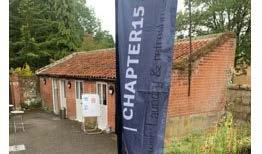
We are a small Thetford chapter which is run by unpaid volunteers, we are so grateful to have the opportunity to support those who need access to such facilities as these in our community.
We offer:
• Free shower facilities for those without accommodation
• Free laundry facilities for those without accommodation
• Light refreshments and food.
• Access to Wi-Fi and phone charging facilities.
• Clothing available for those who need them.
• Recommendations and guidance on other community help available.
• A safe space with friendly conversation.
Monday 6:00pm – 8:00pm (last shower slot 7:30pm)
Wednesday 9:00am – 11:45am (last shower slot 11:15am)
Saturday 9:00am – 11:45am (last shower slot 11:15am)

Riversdale Annexe, Tanner Street Thetford, Norfolk IP24 2BQ
For more information, please email nadine@chapter15.co.uk Registered charity no. 1188310


